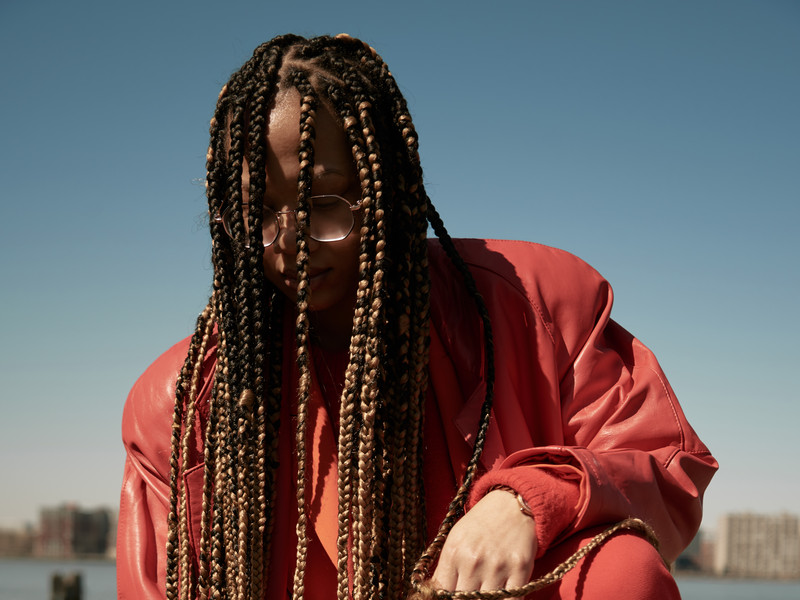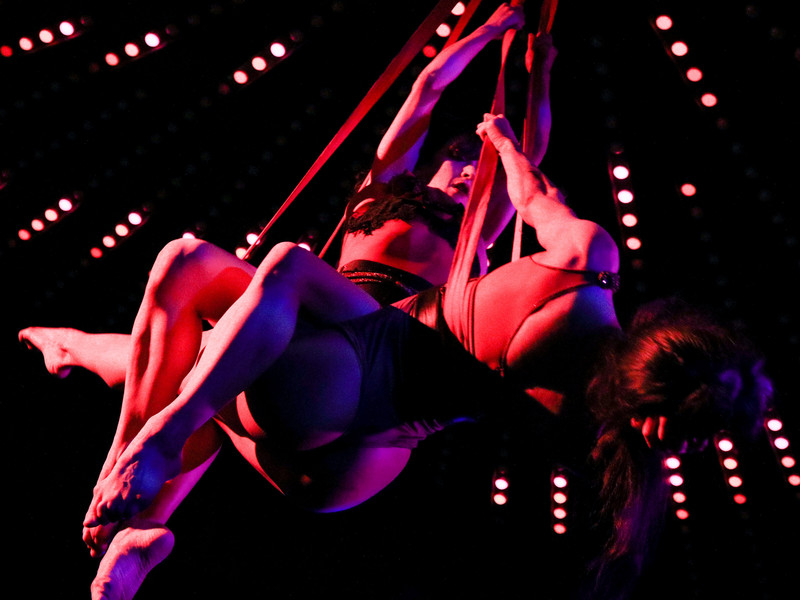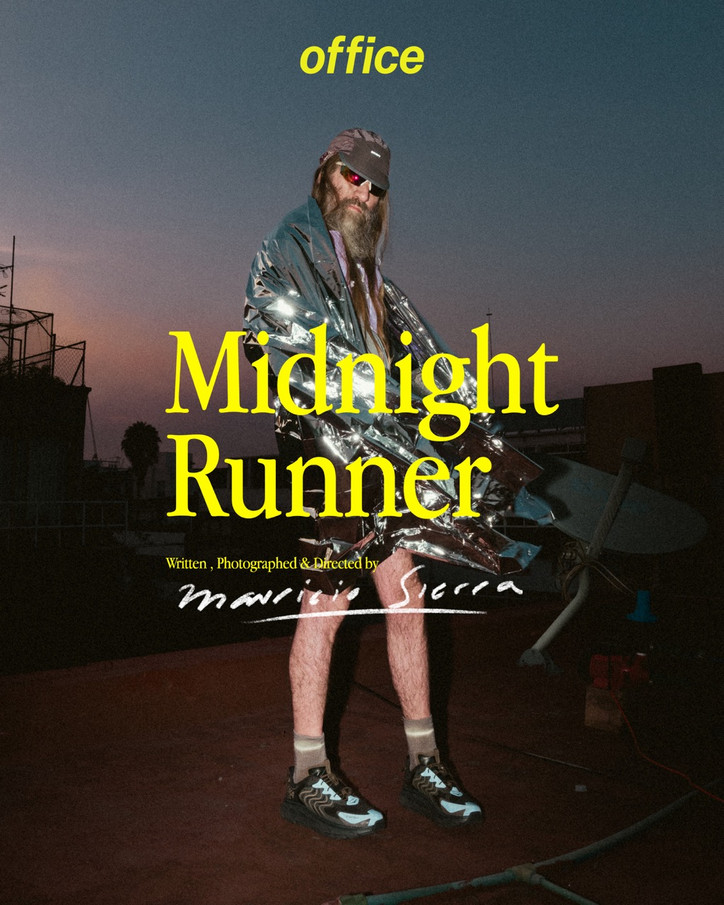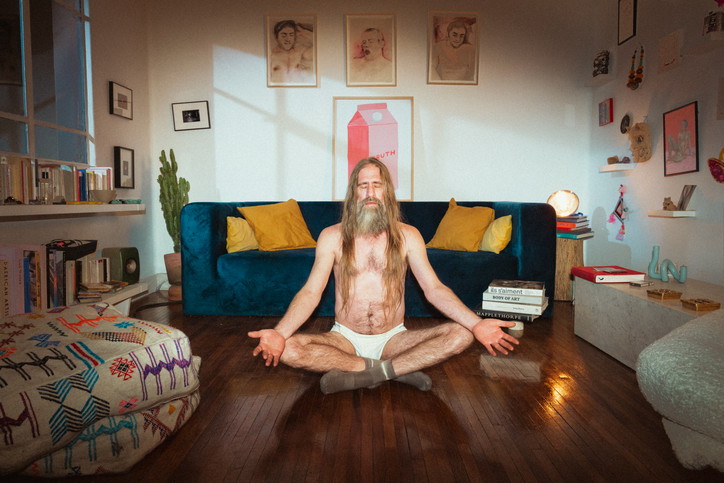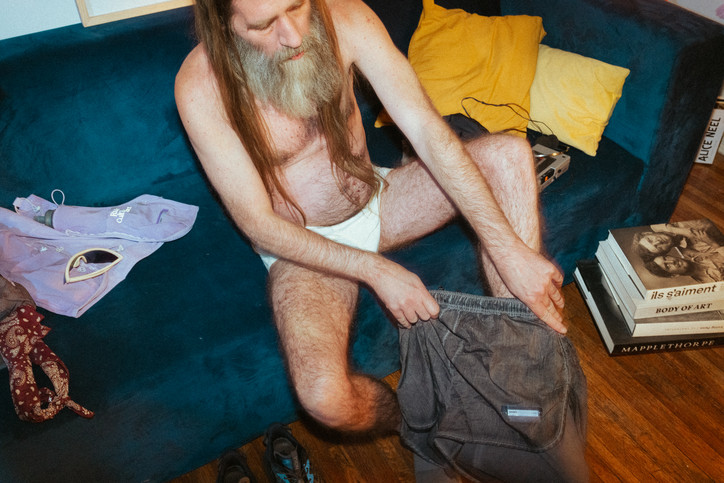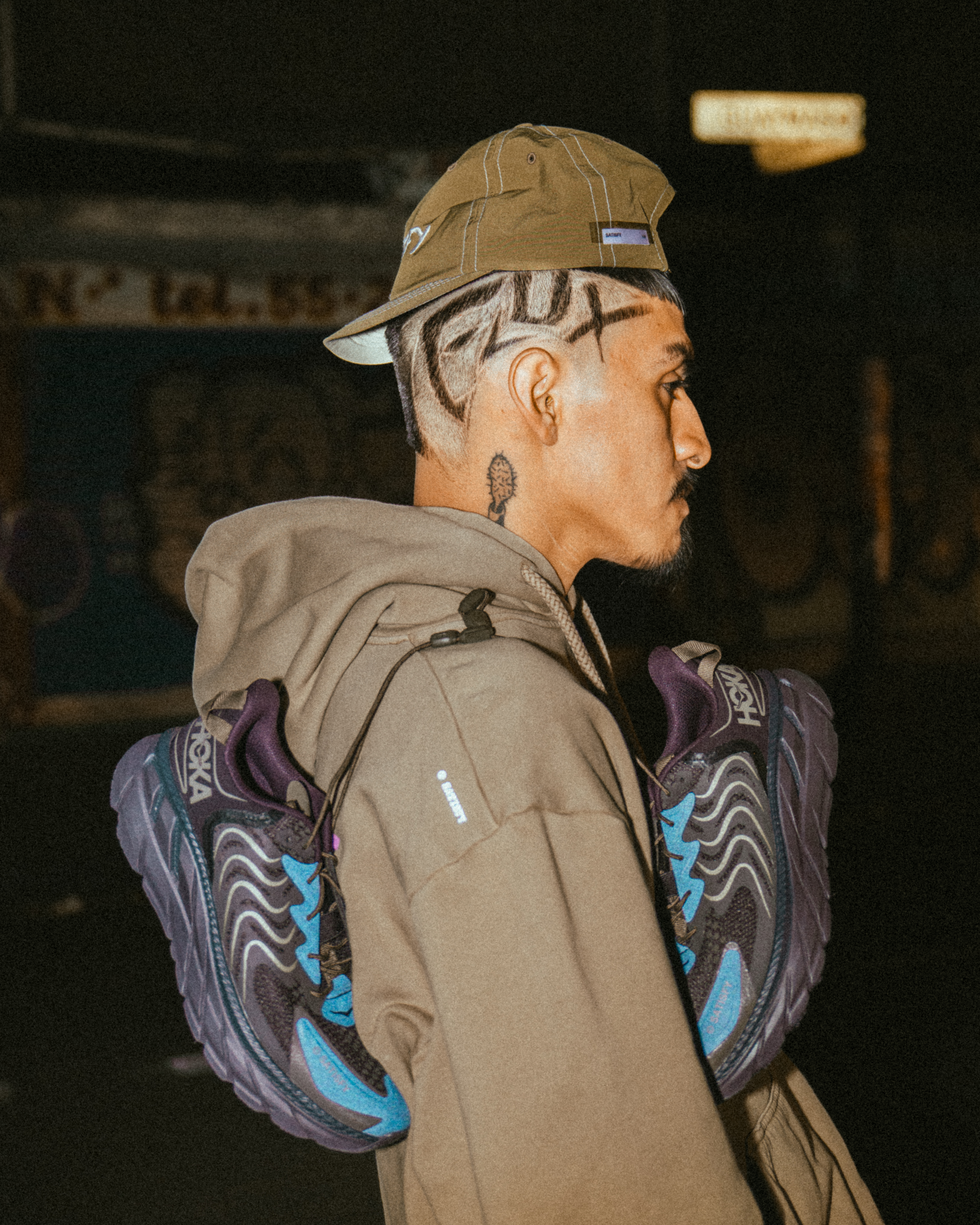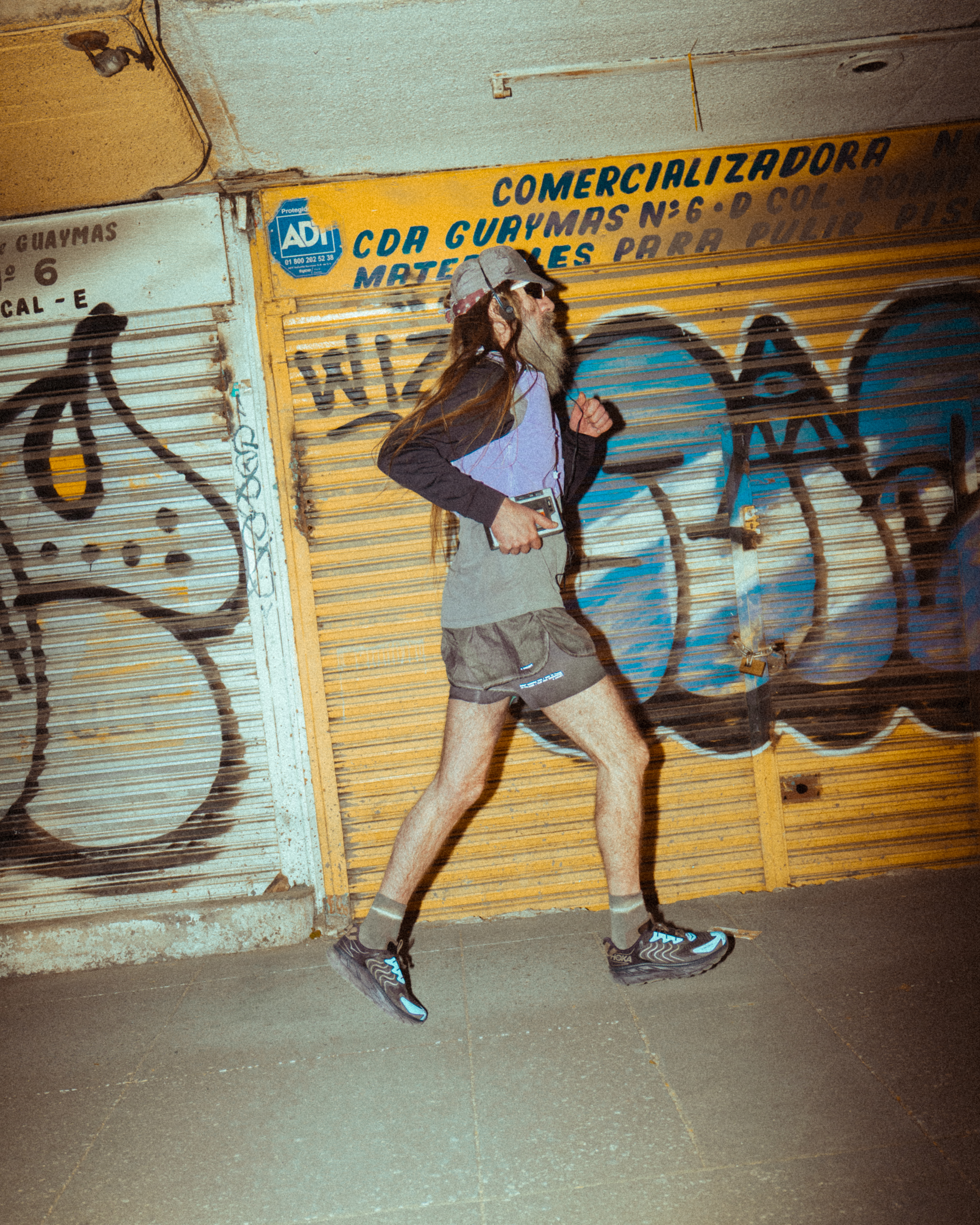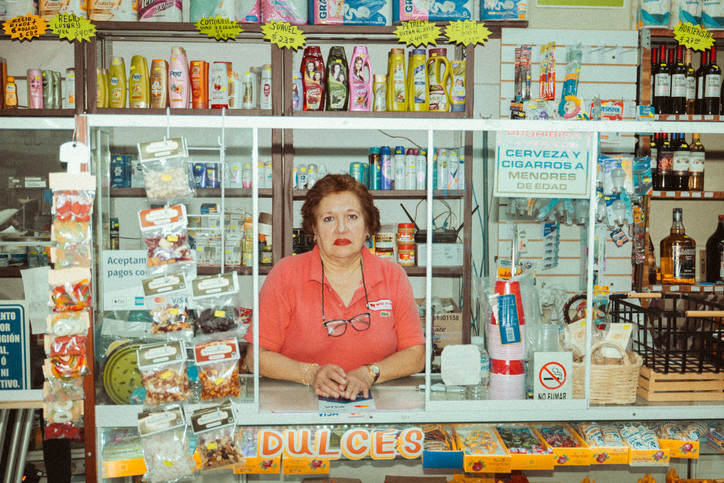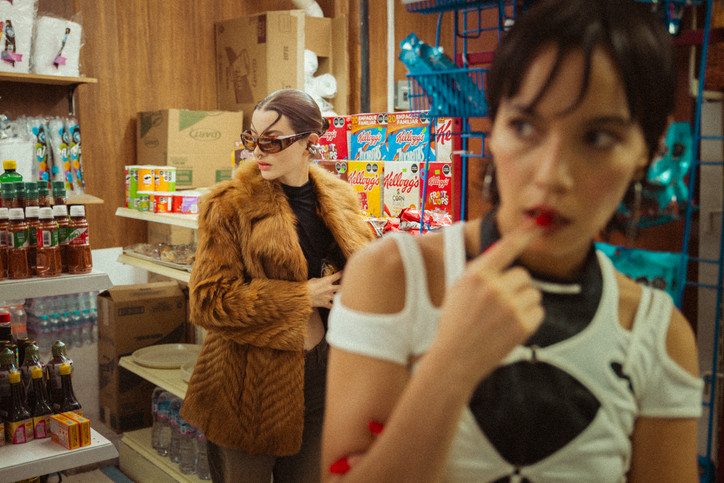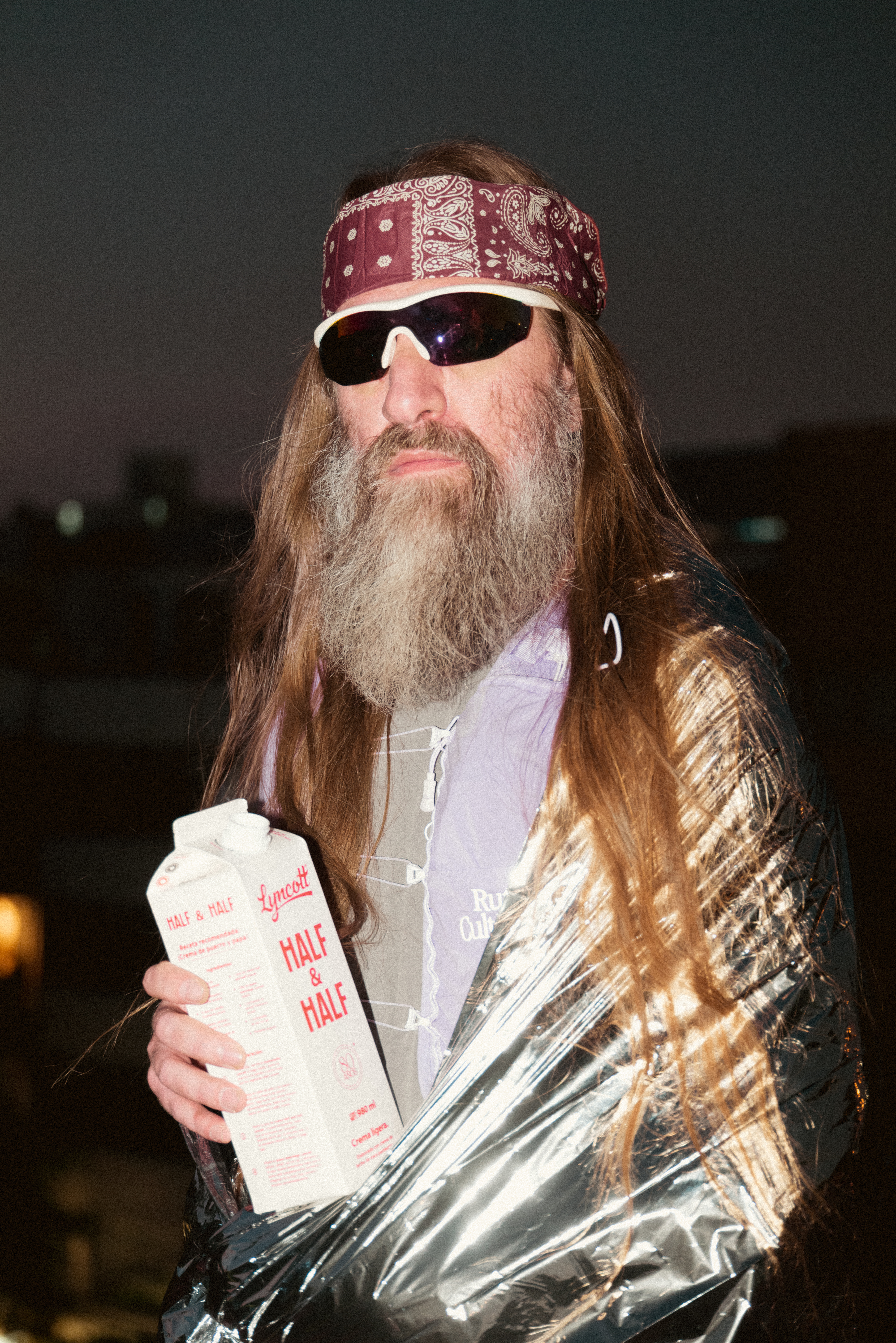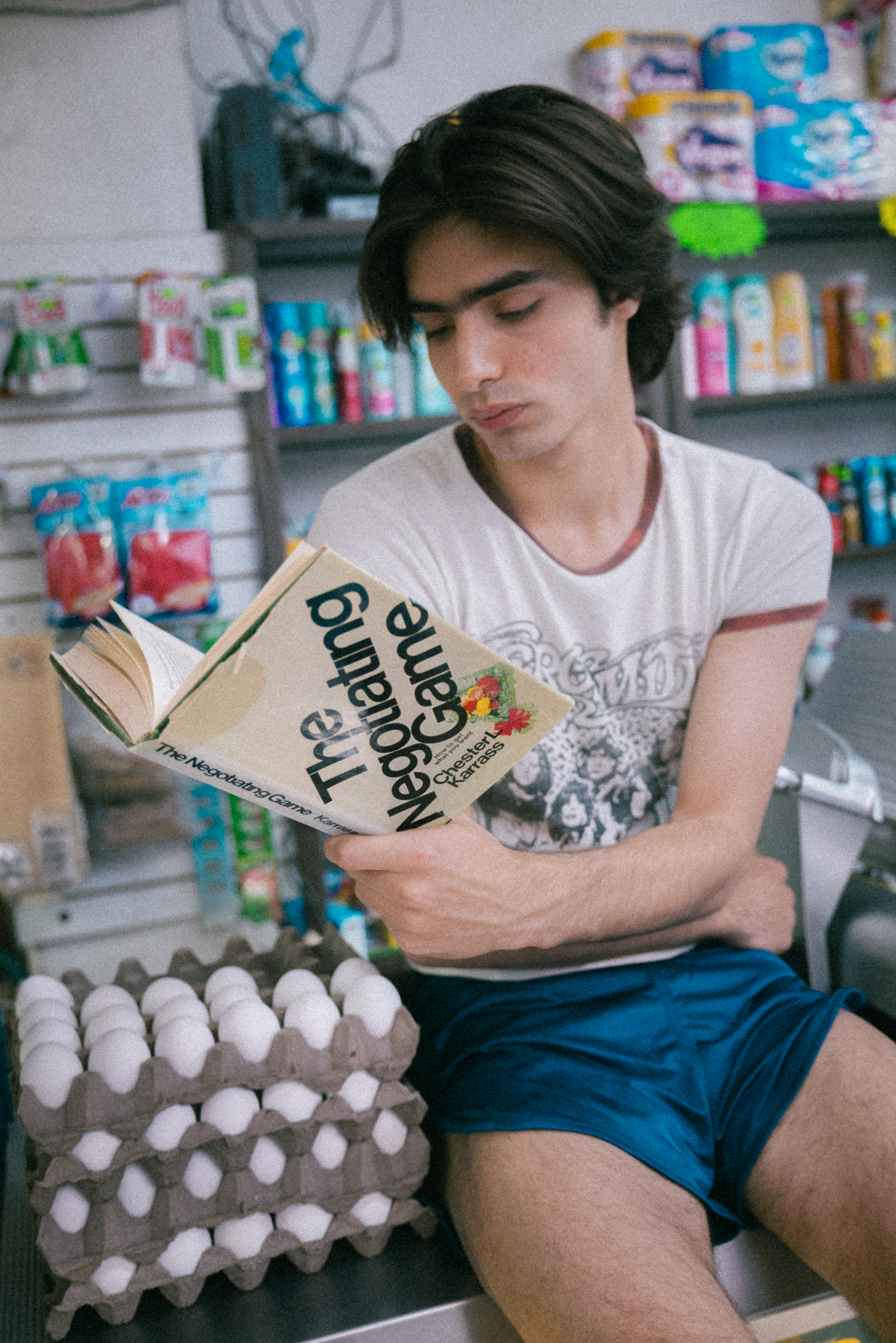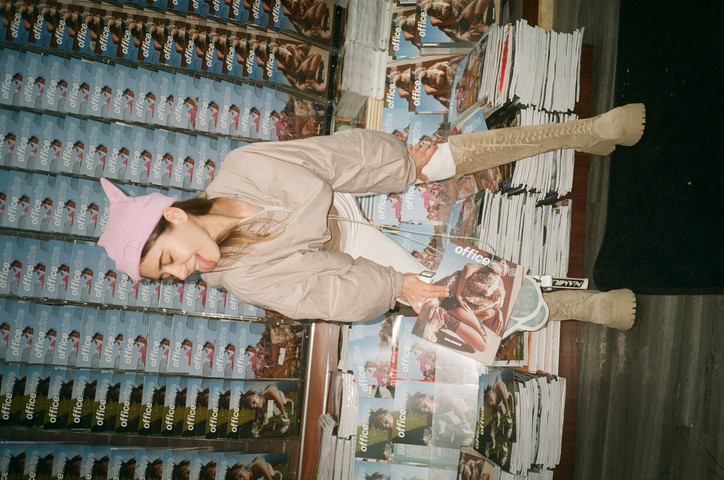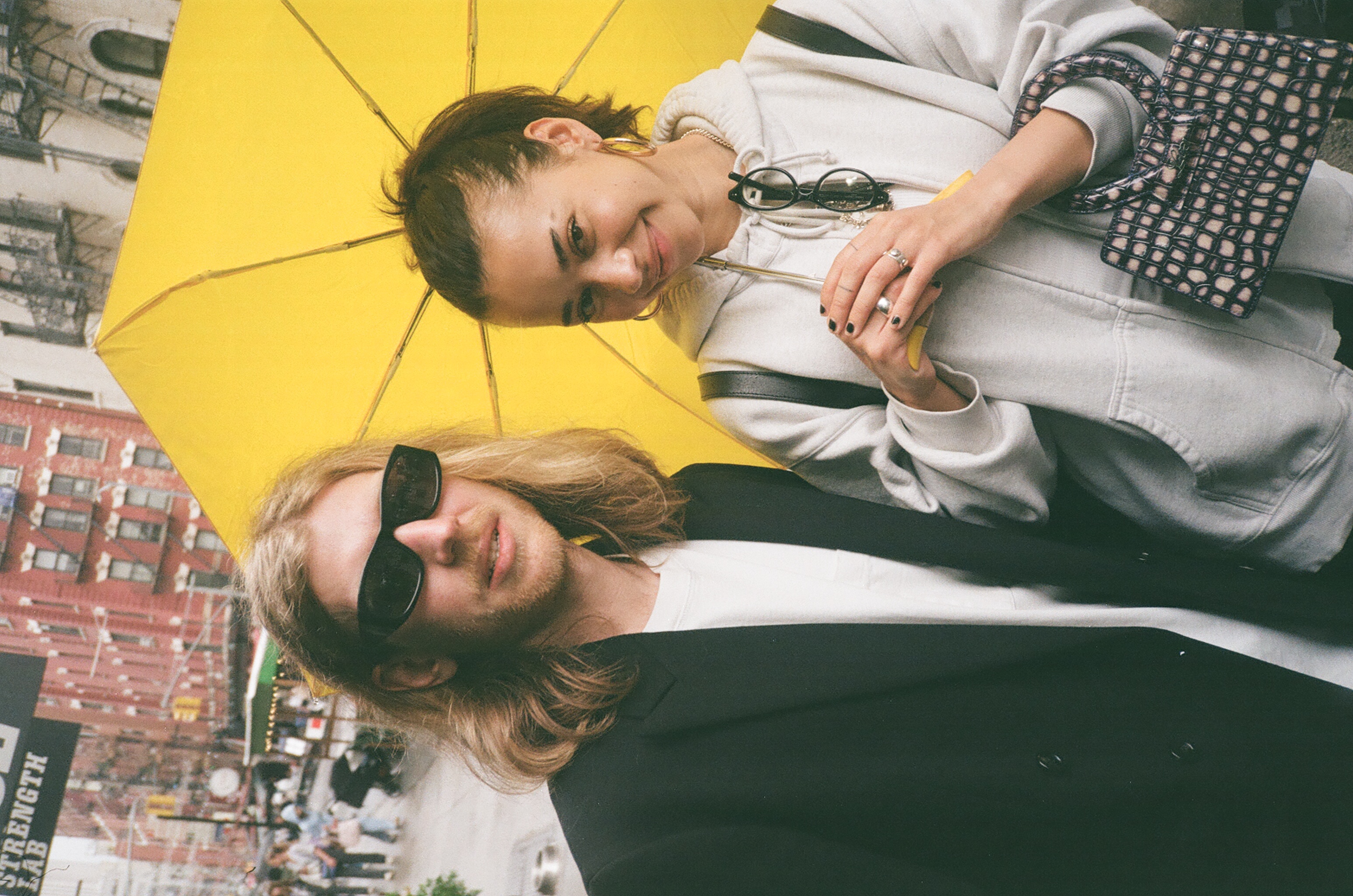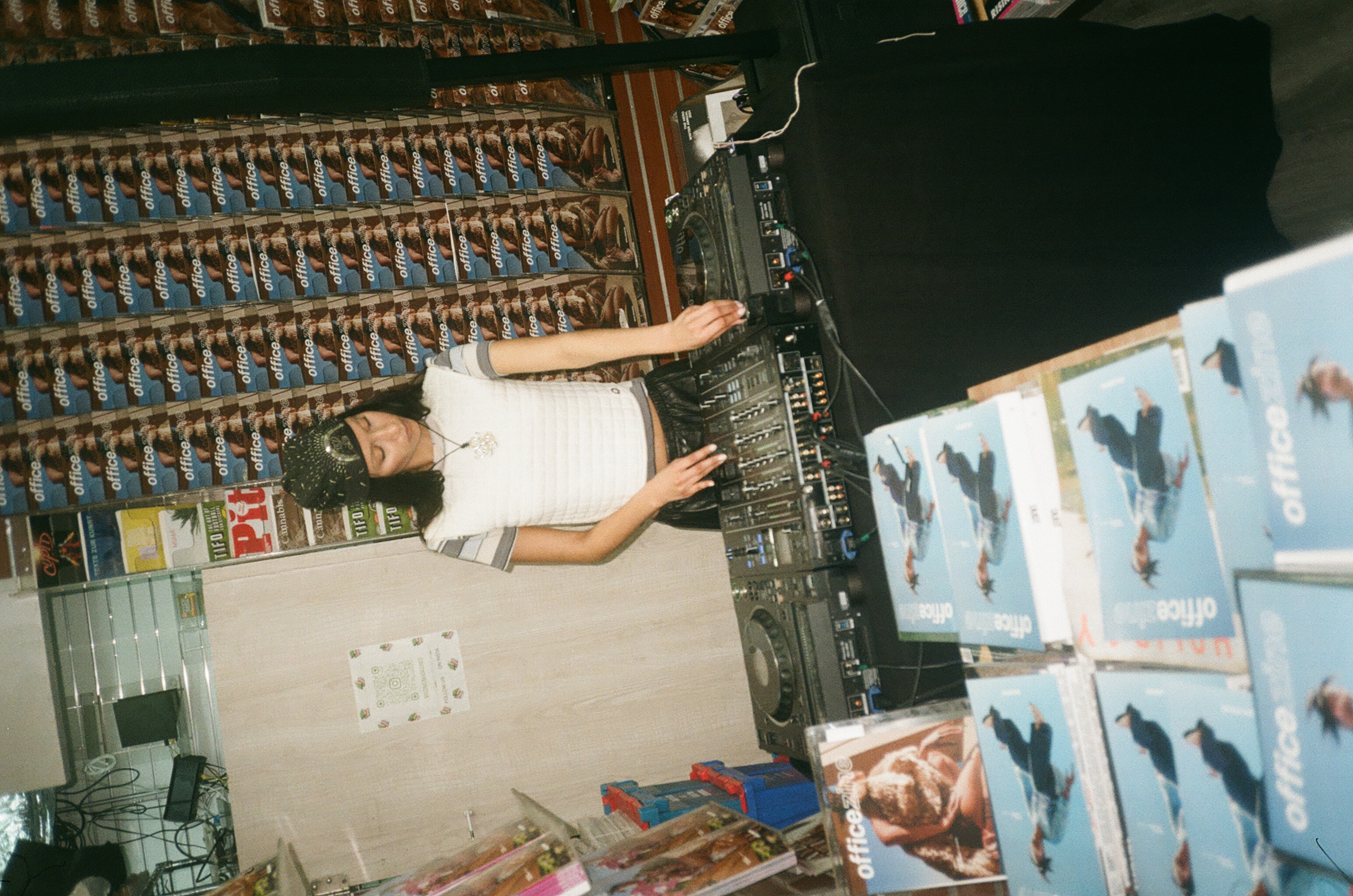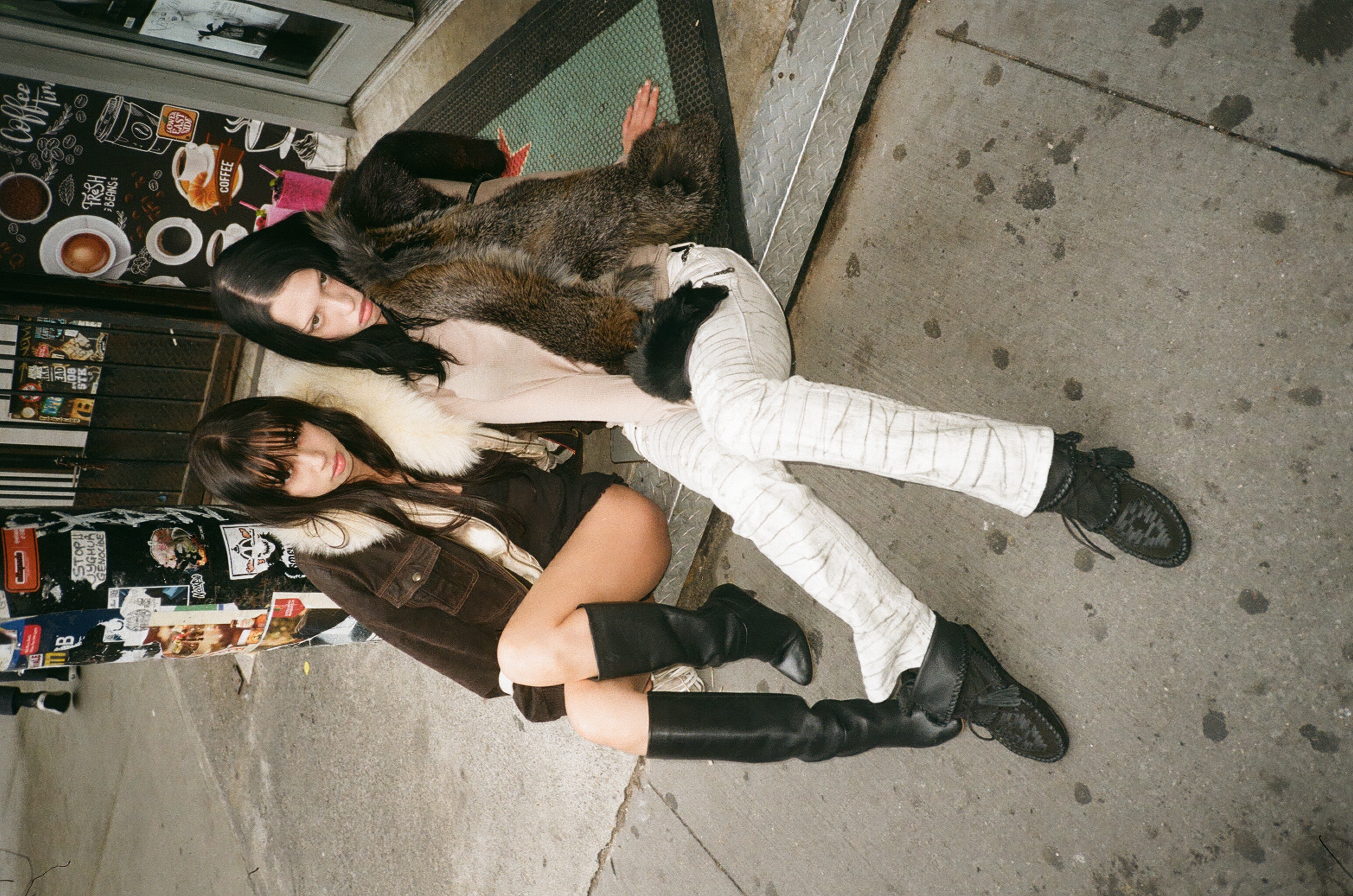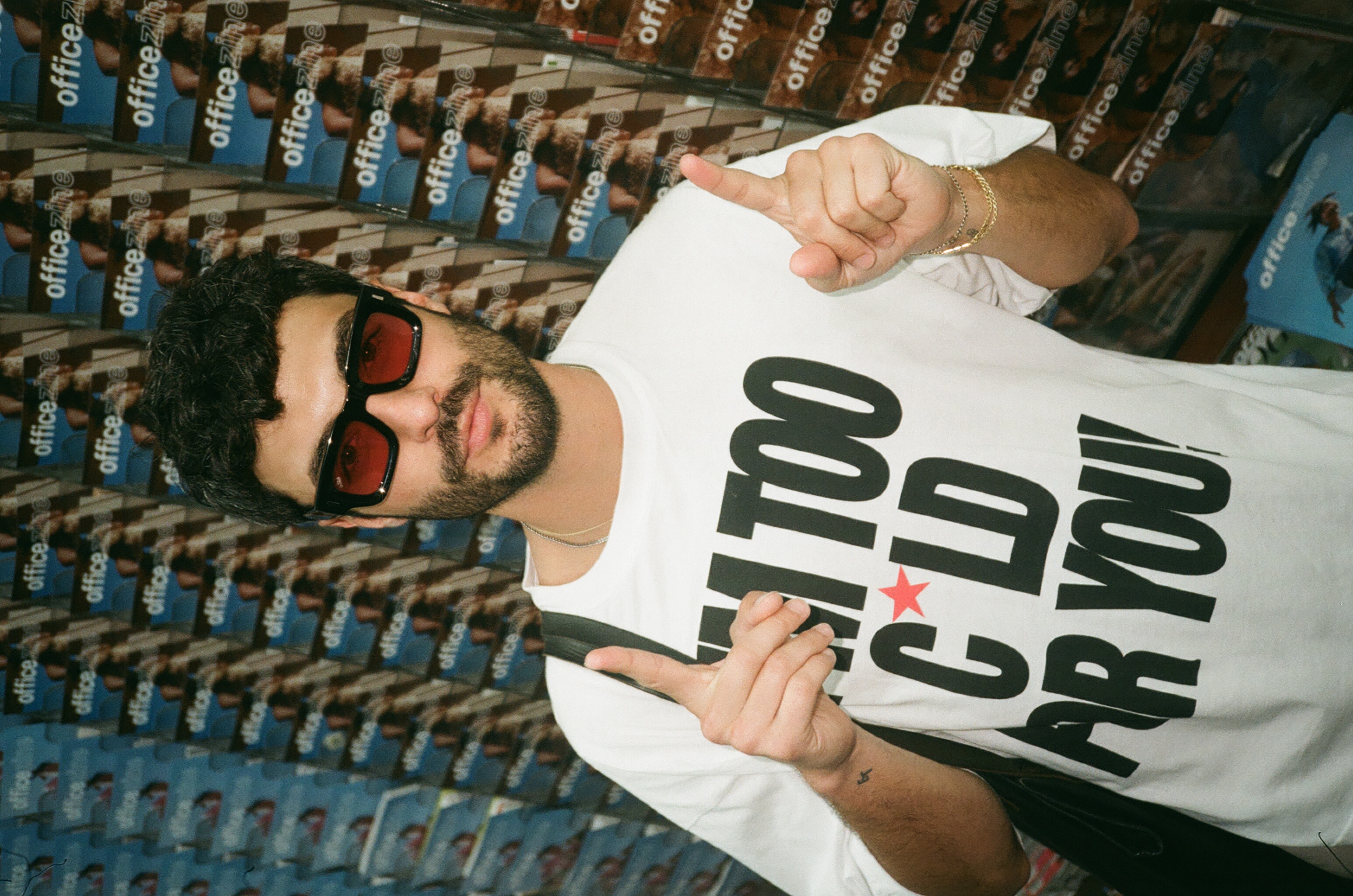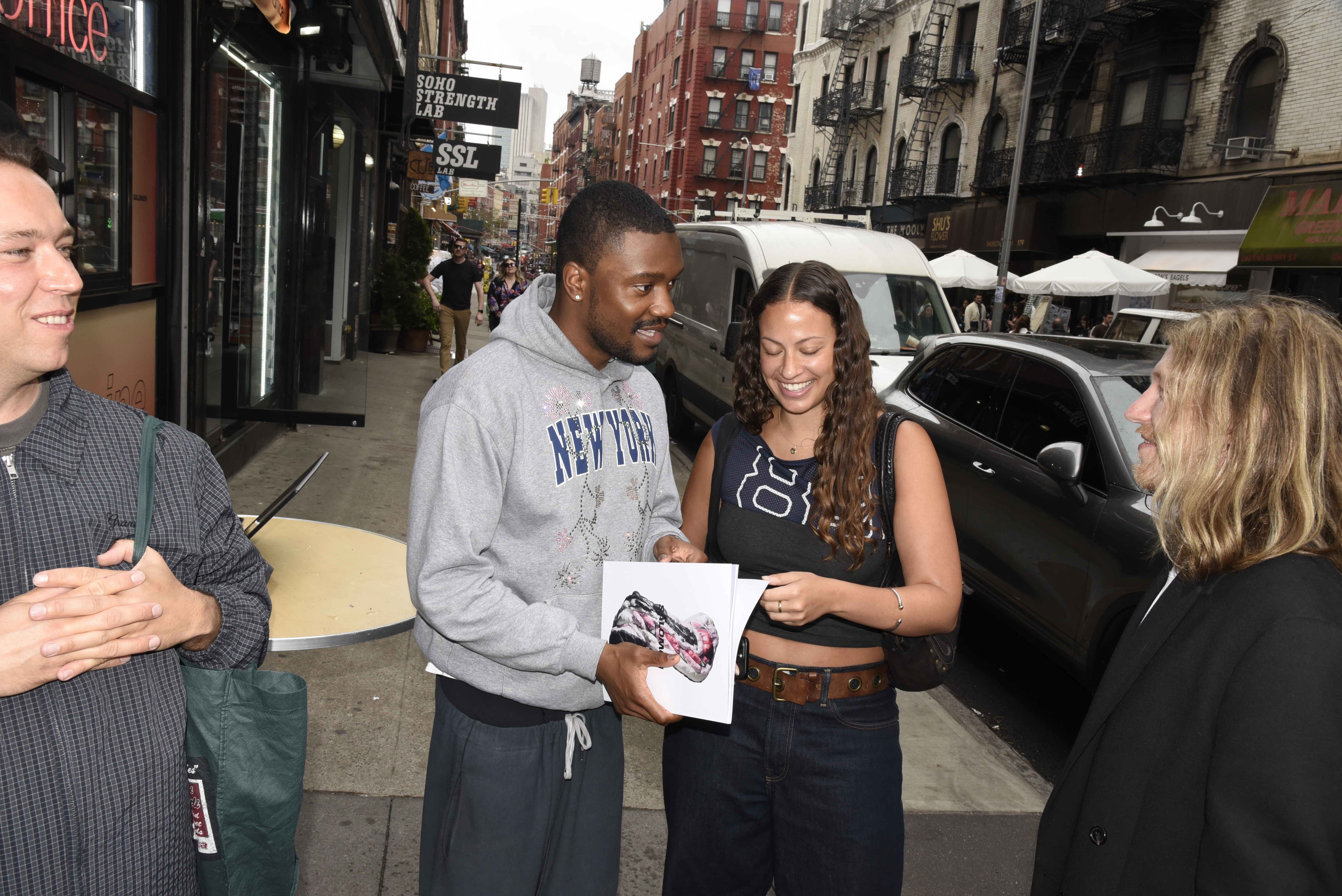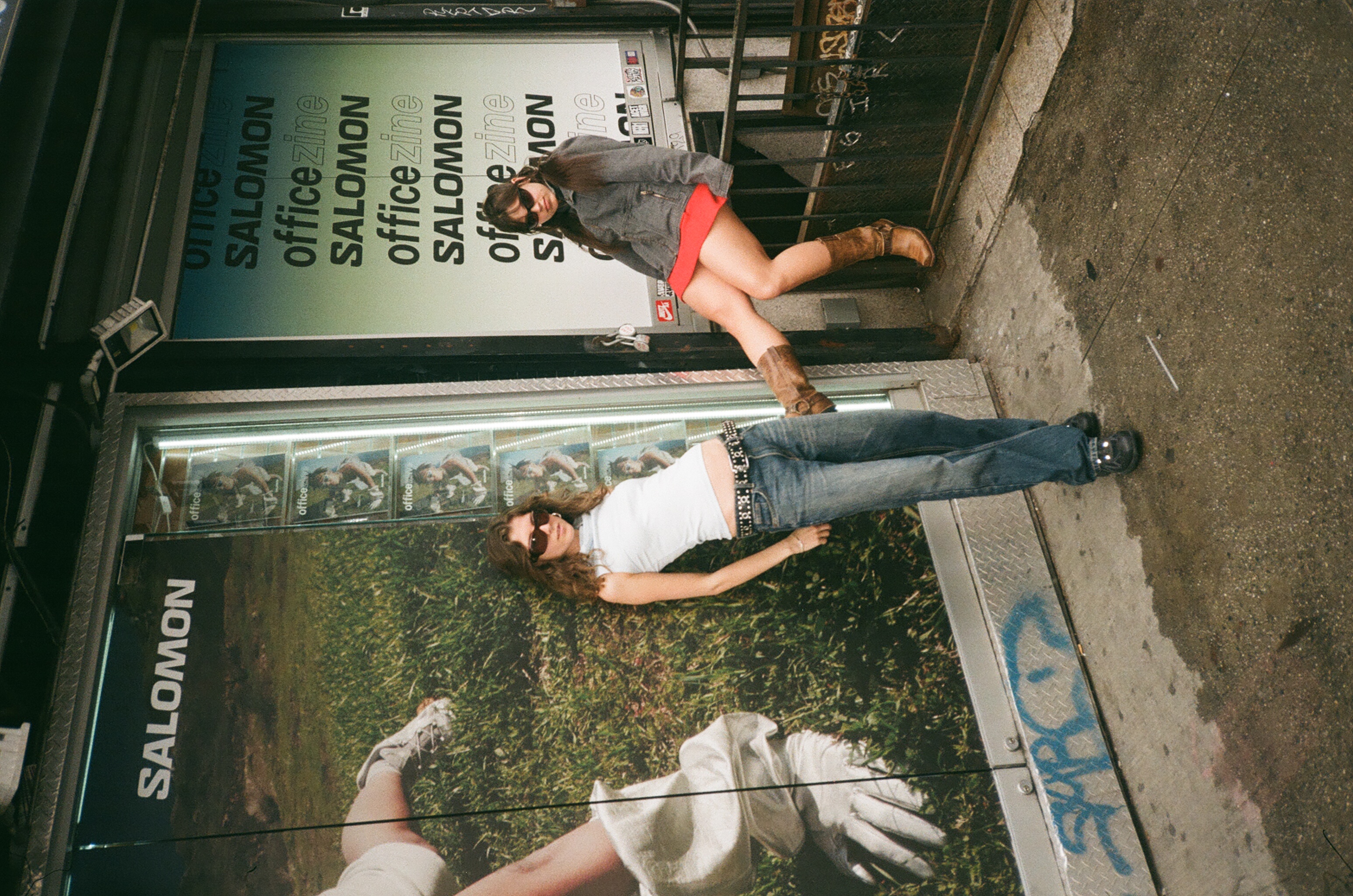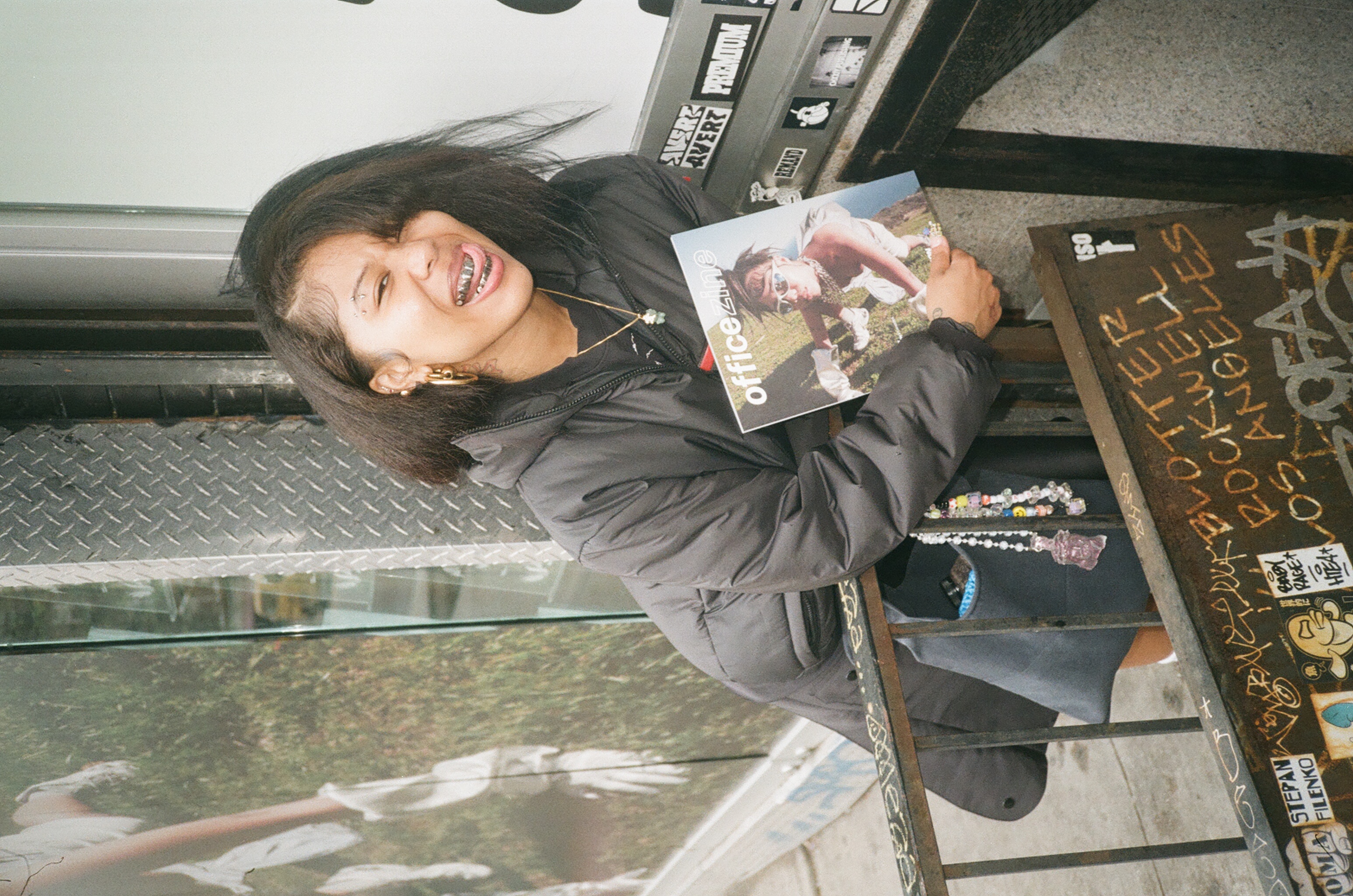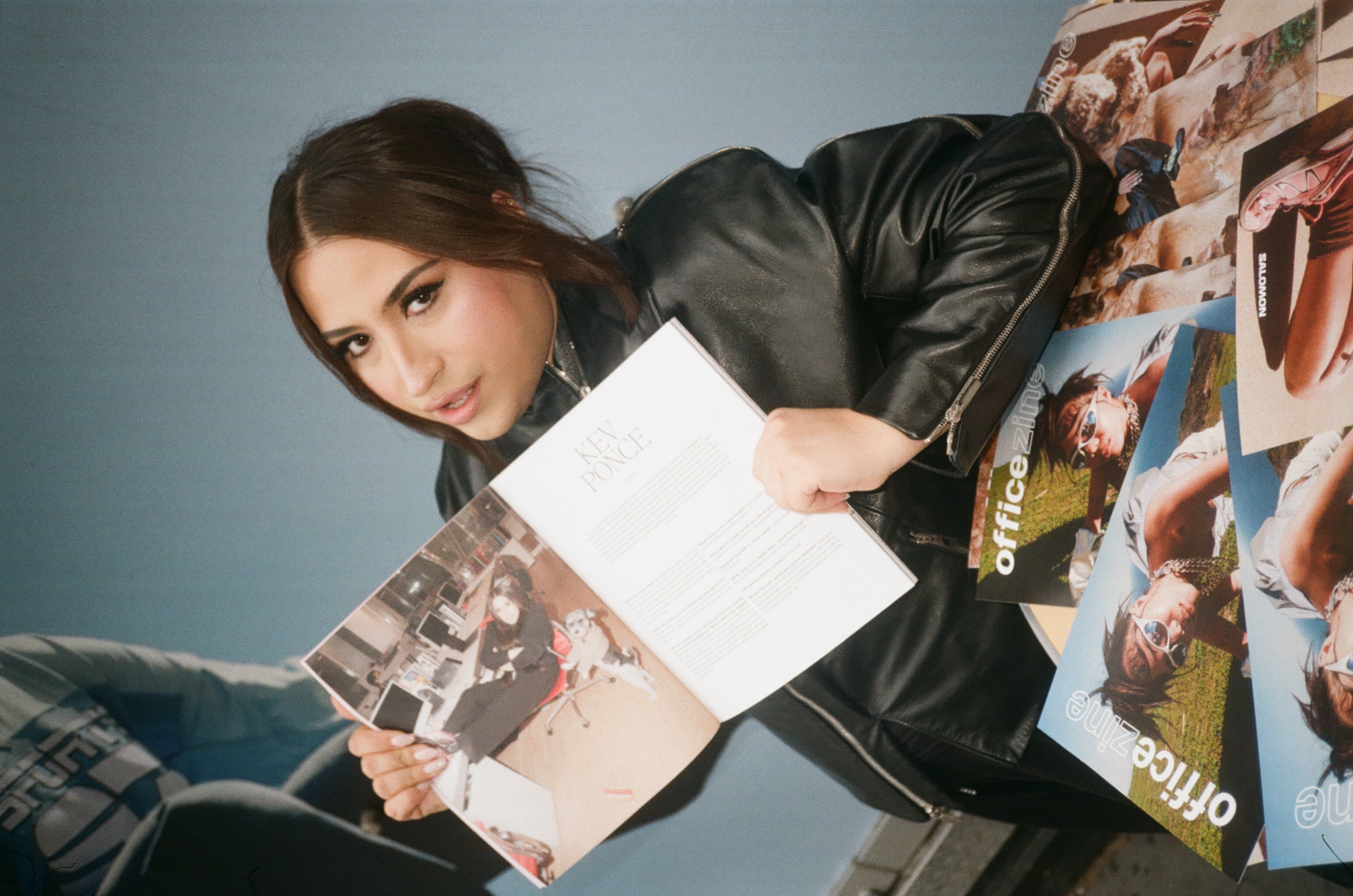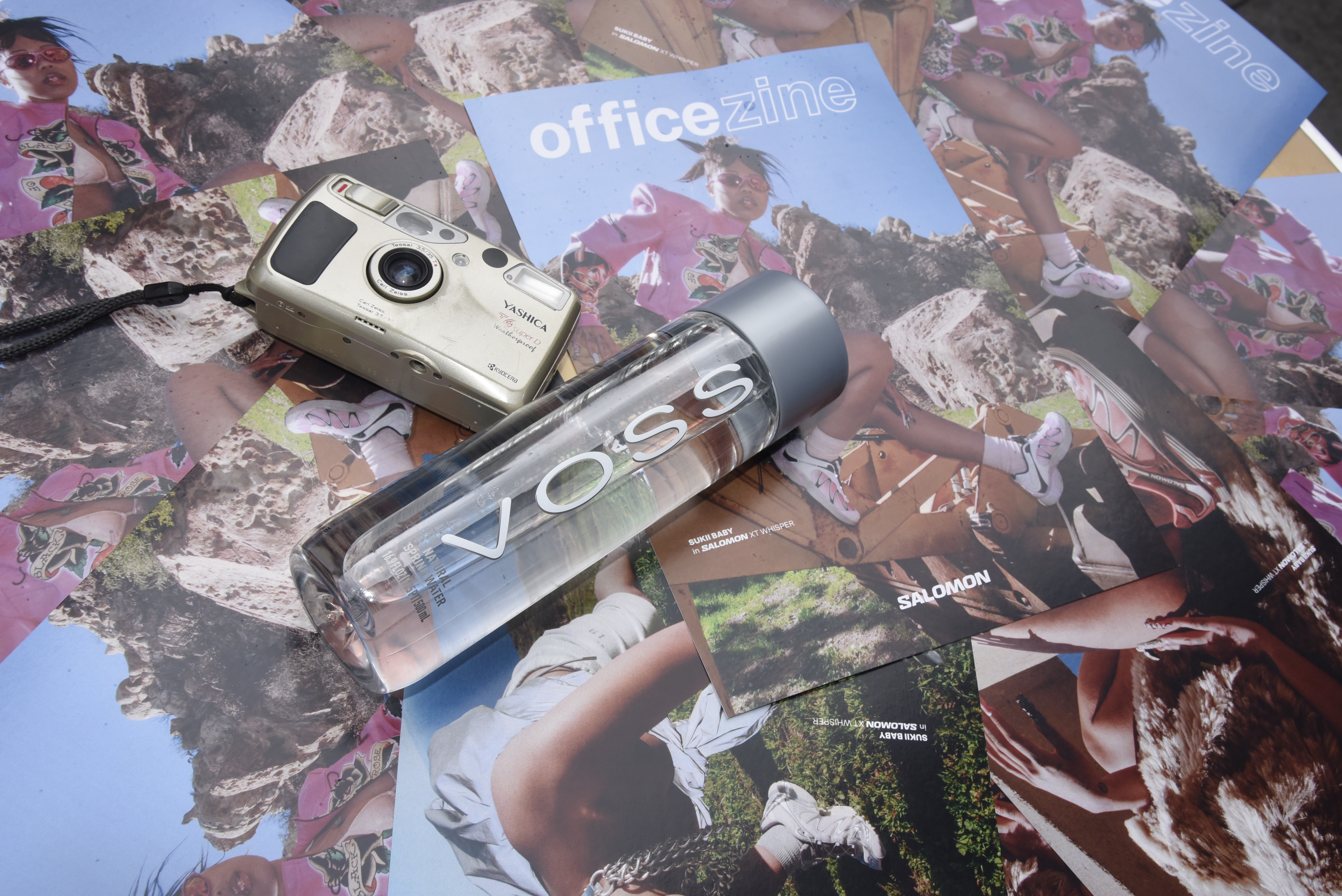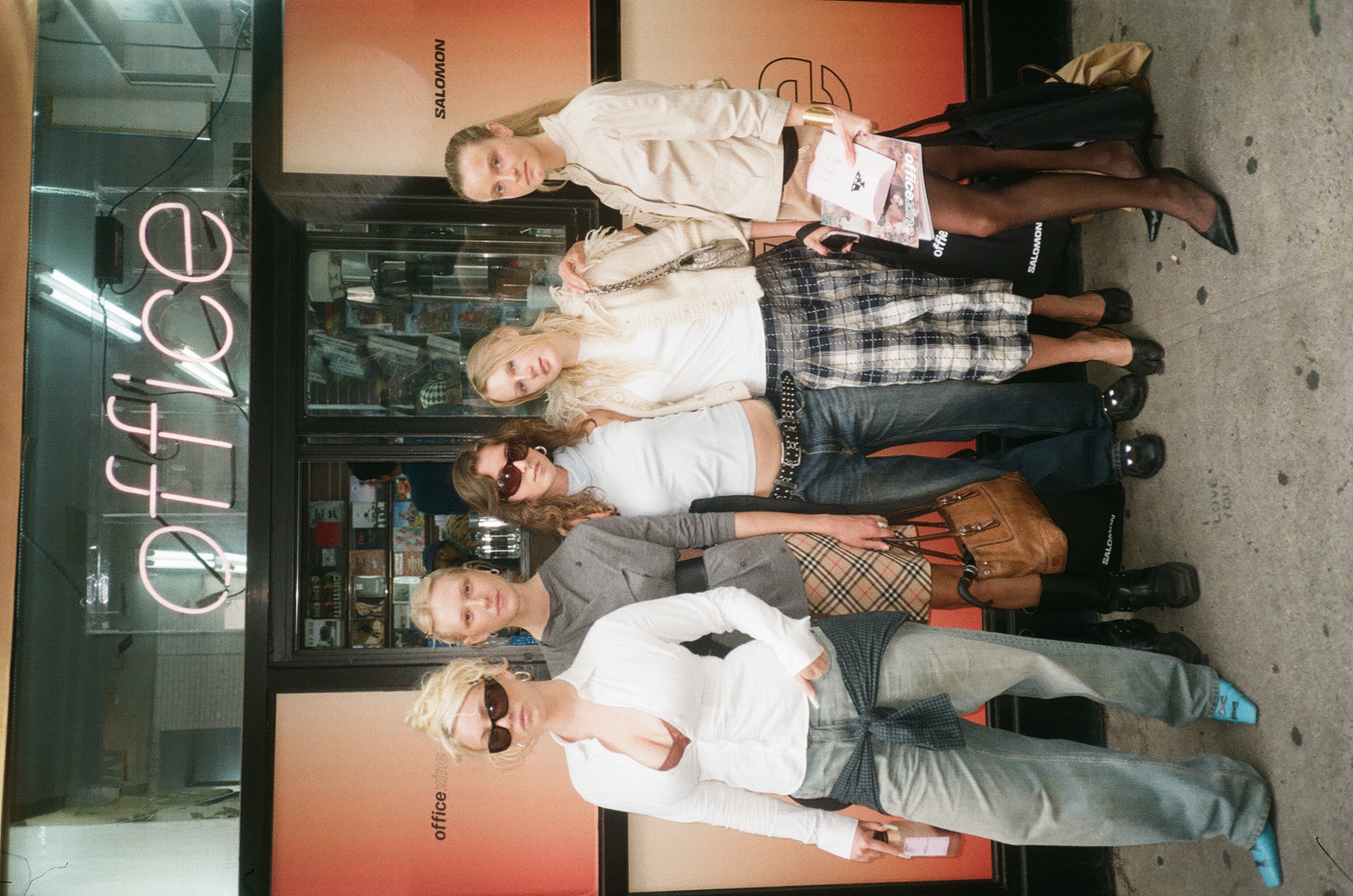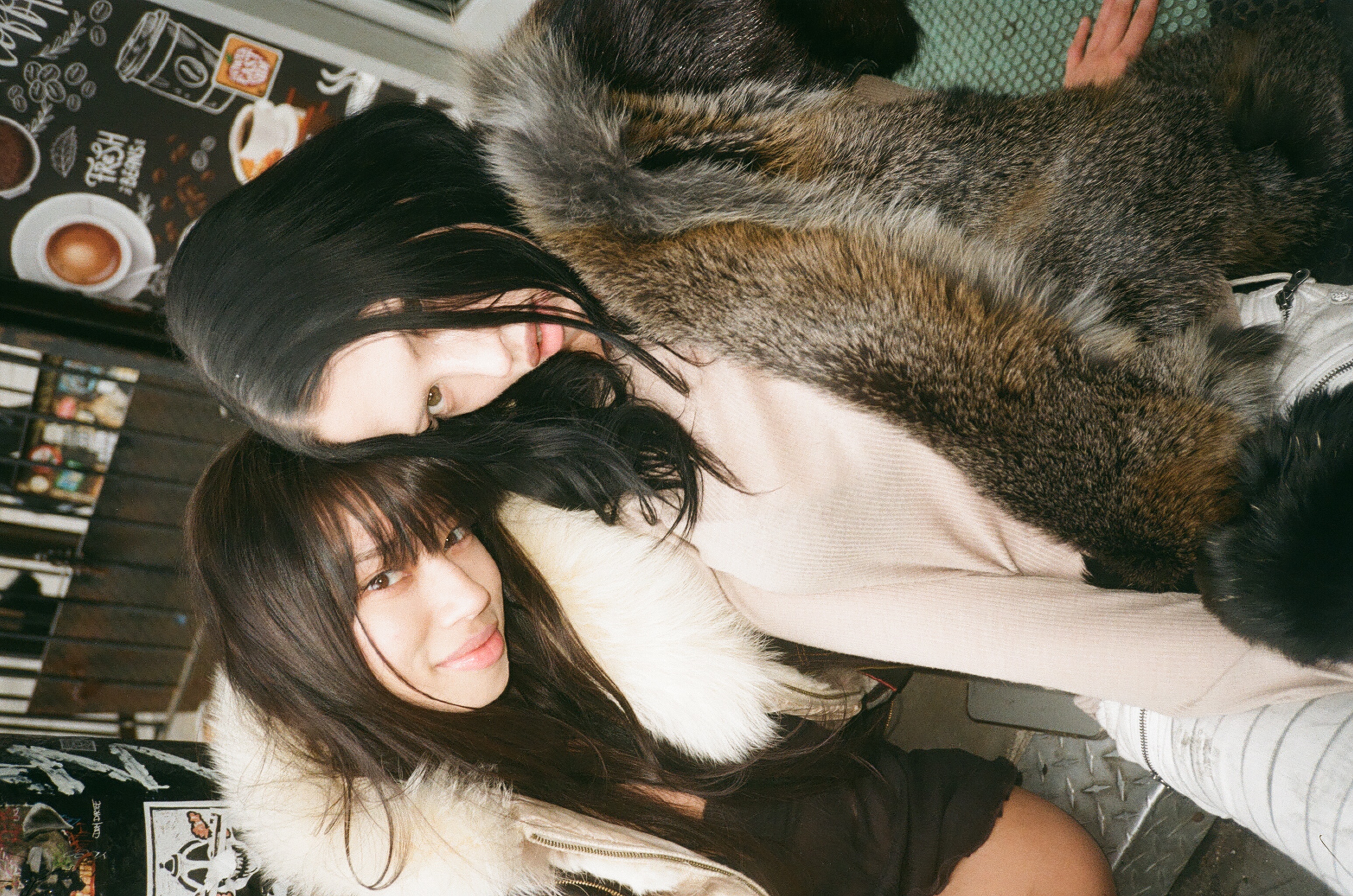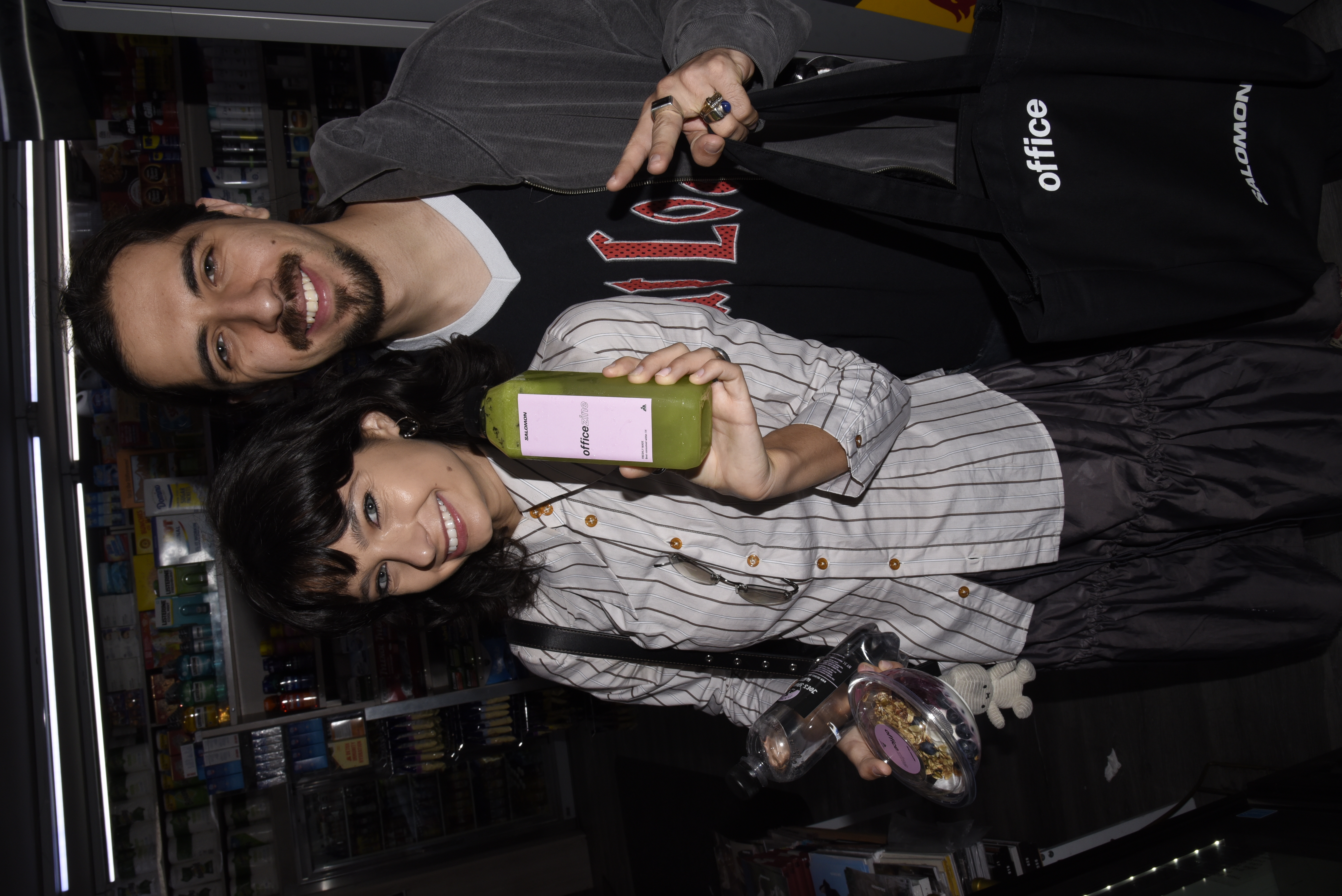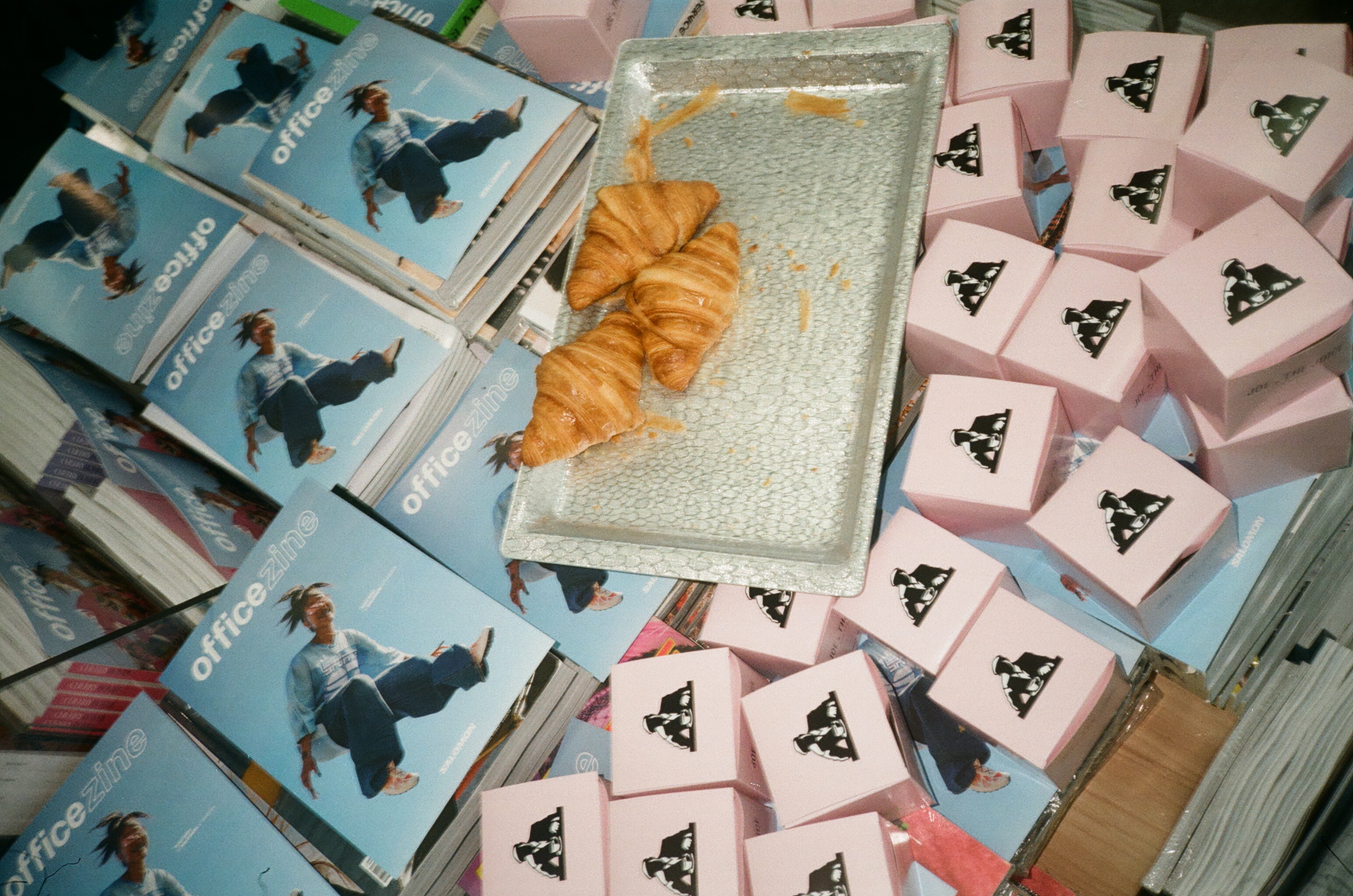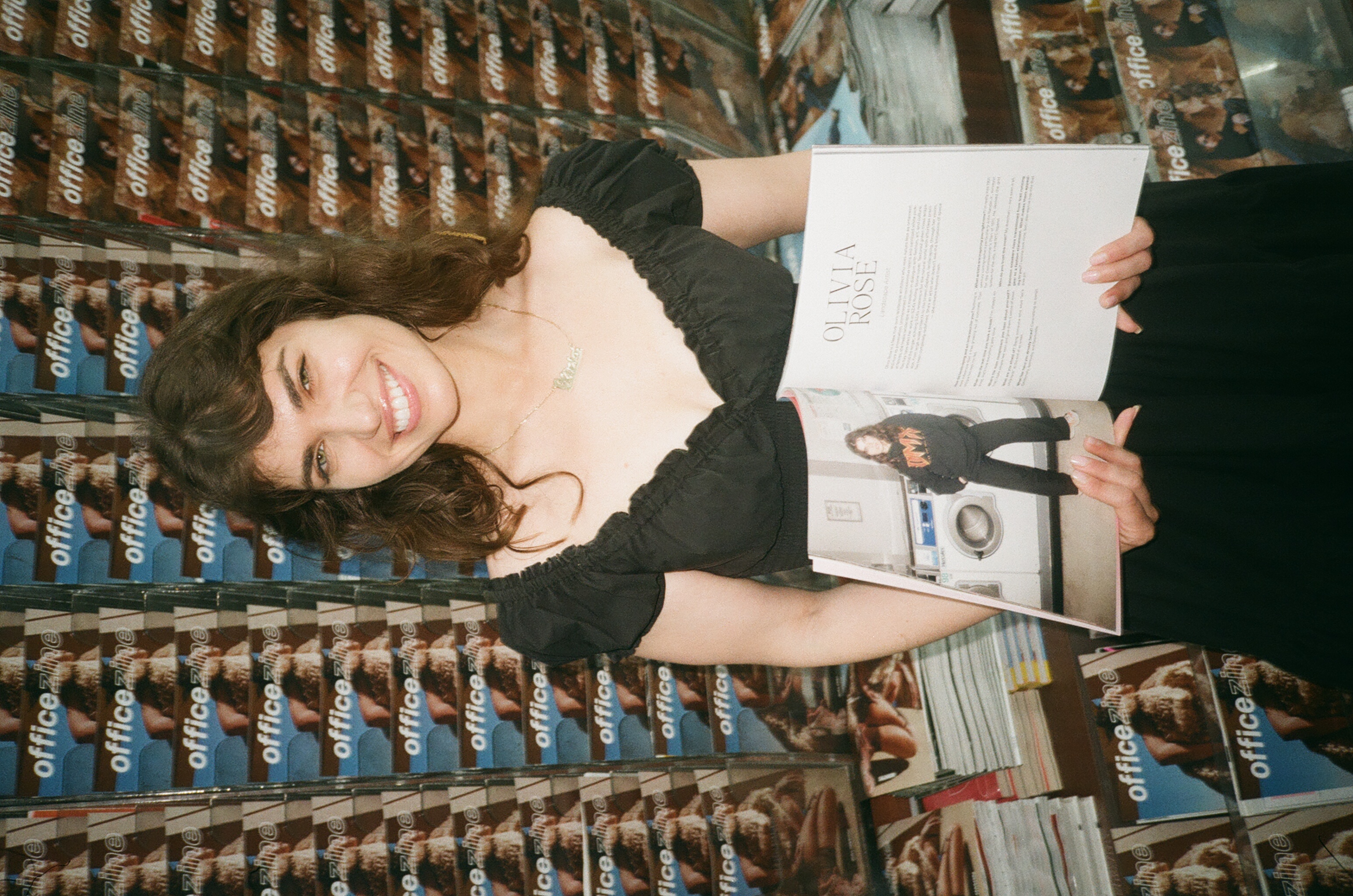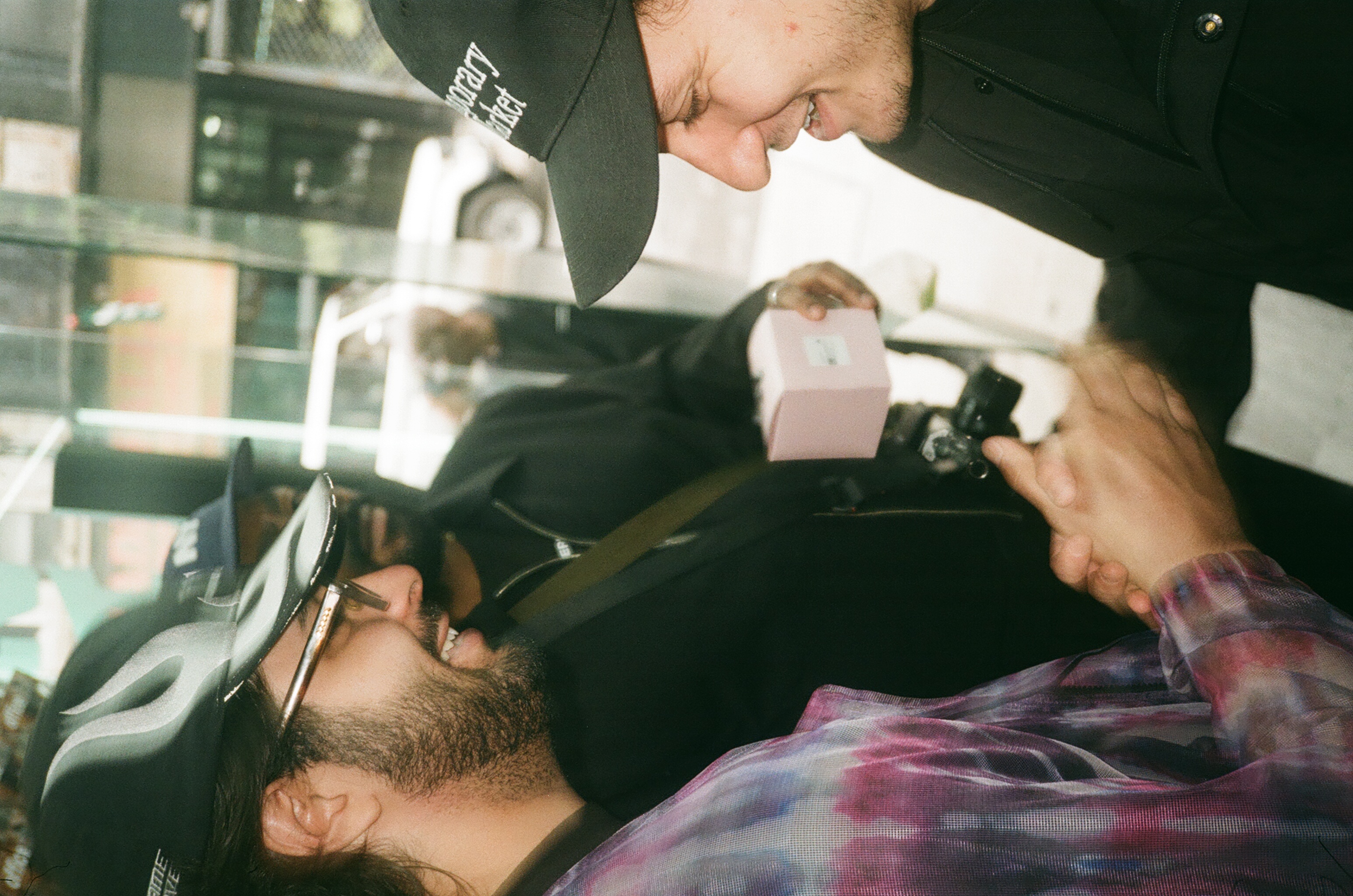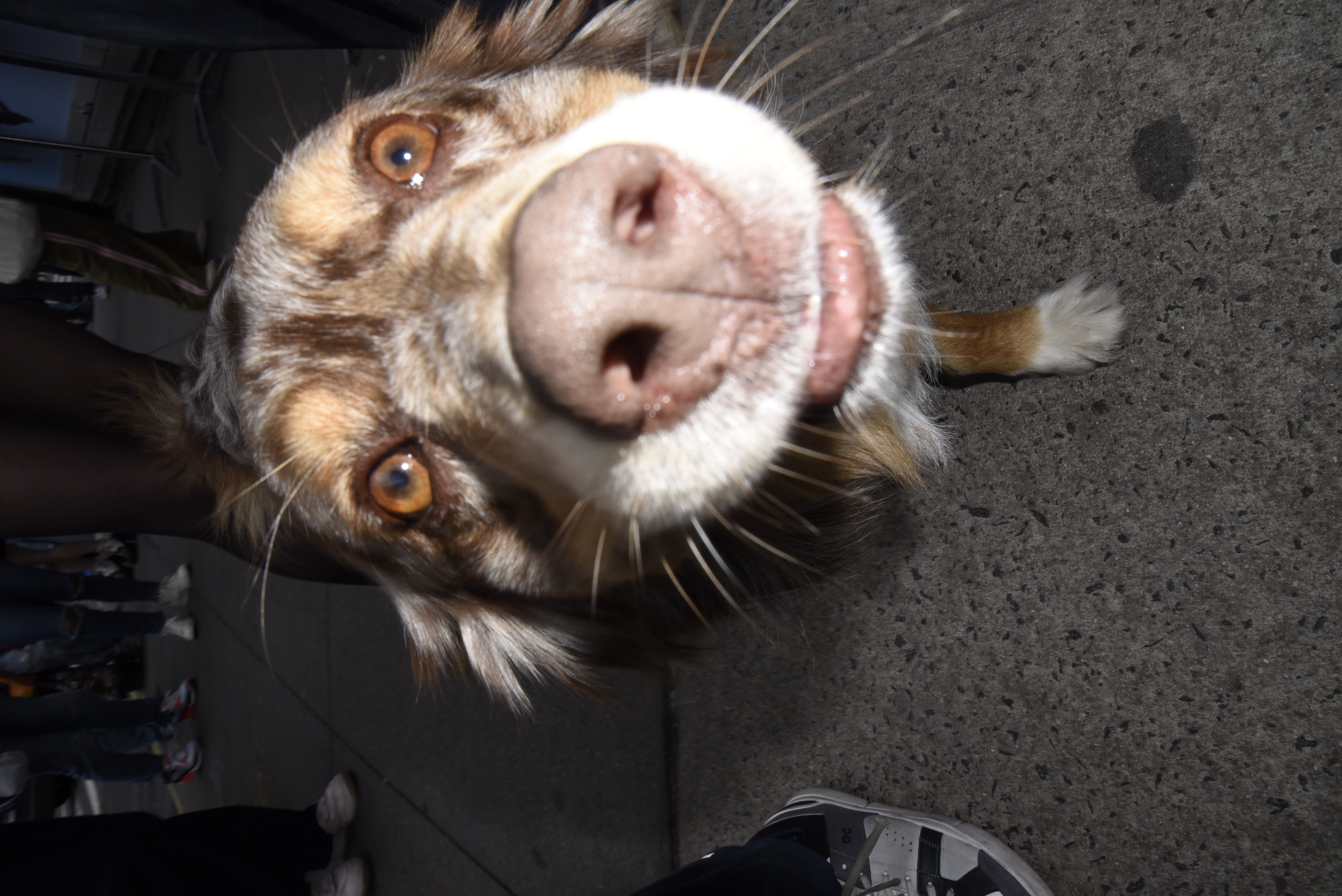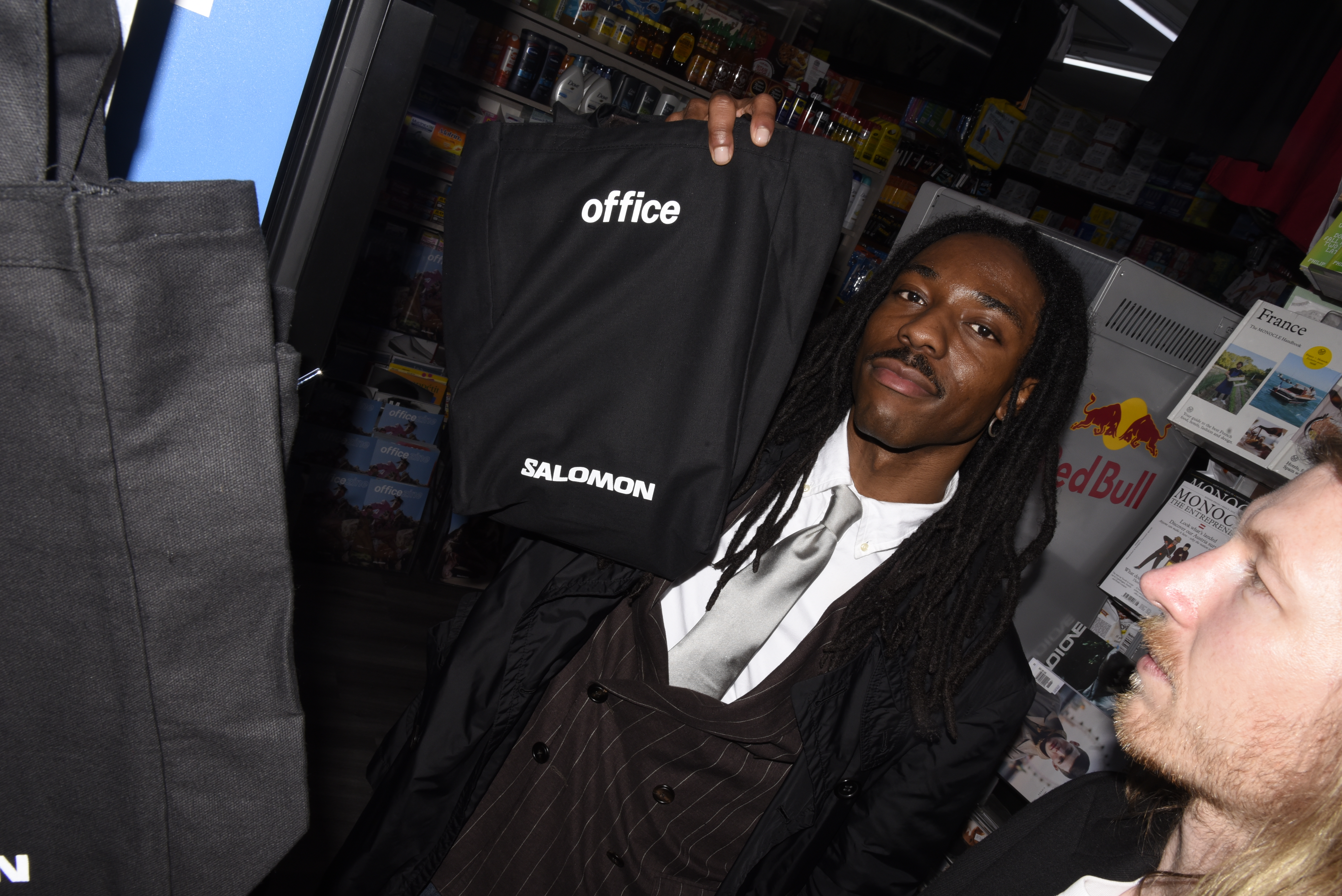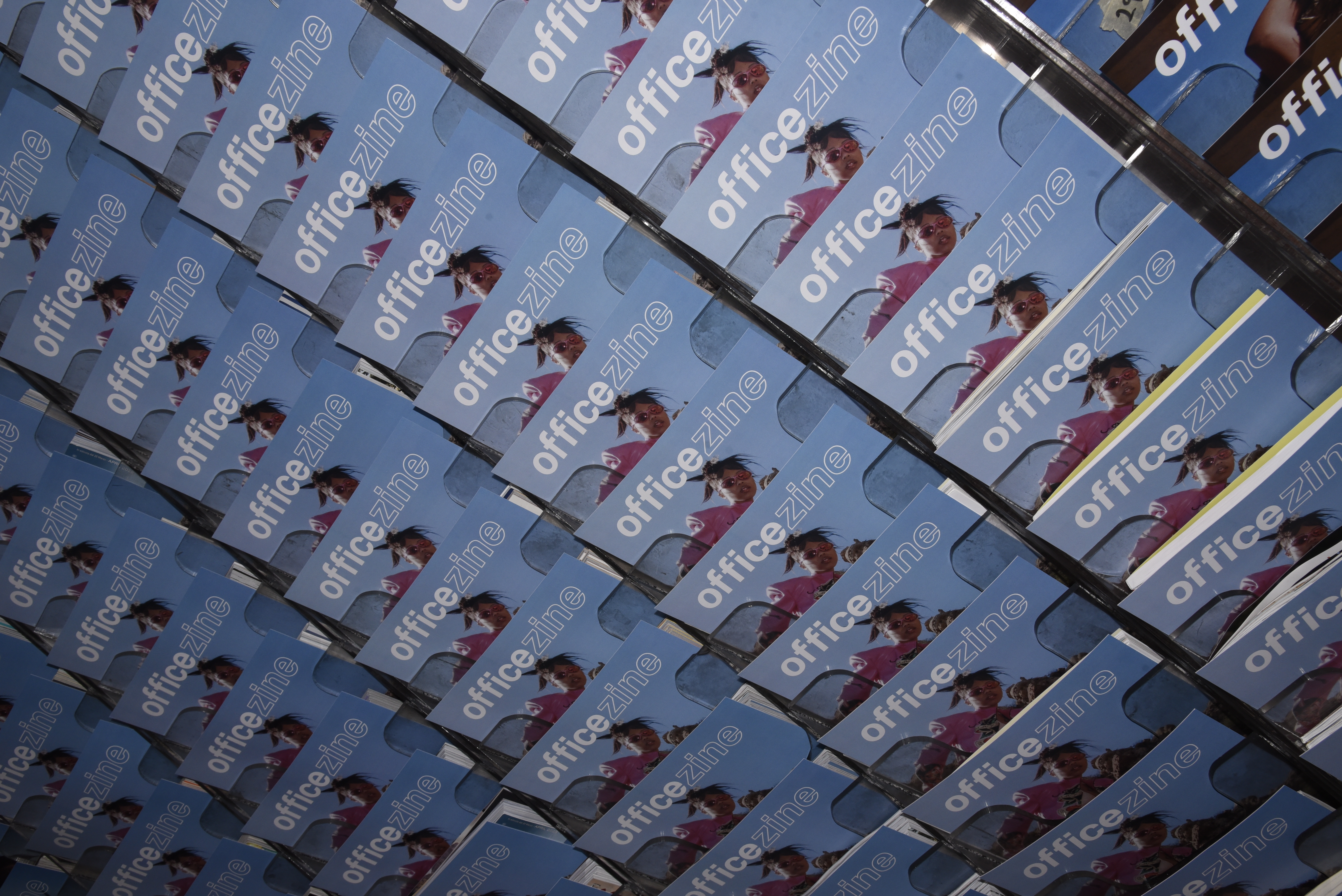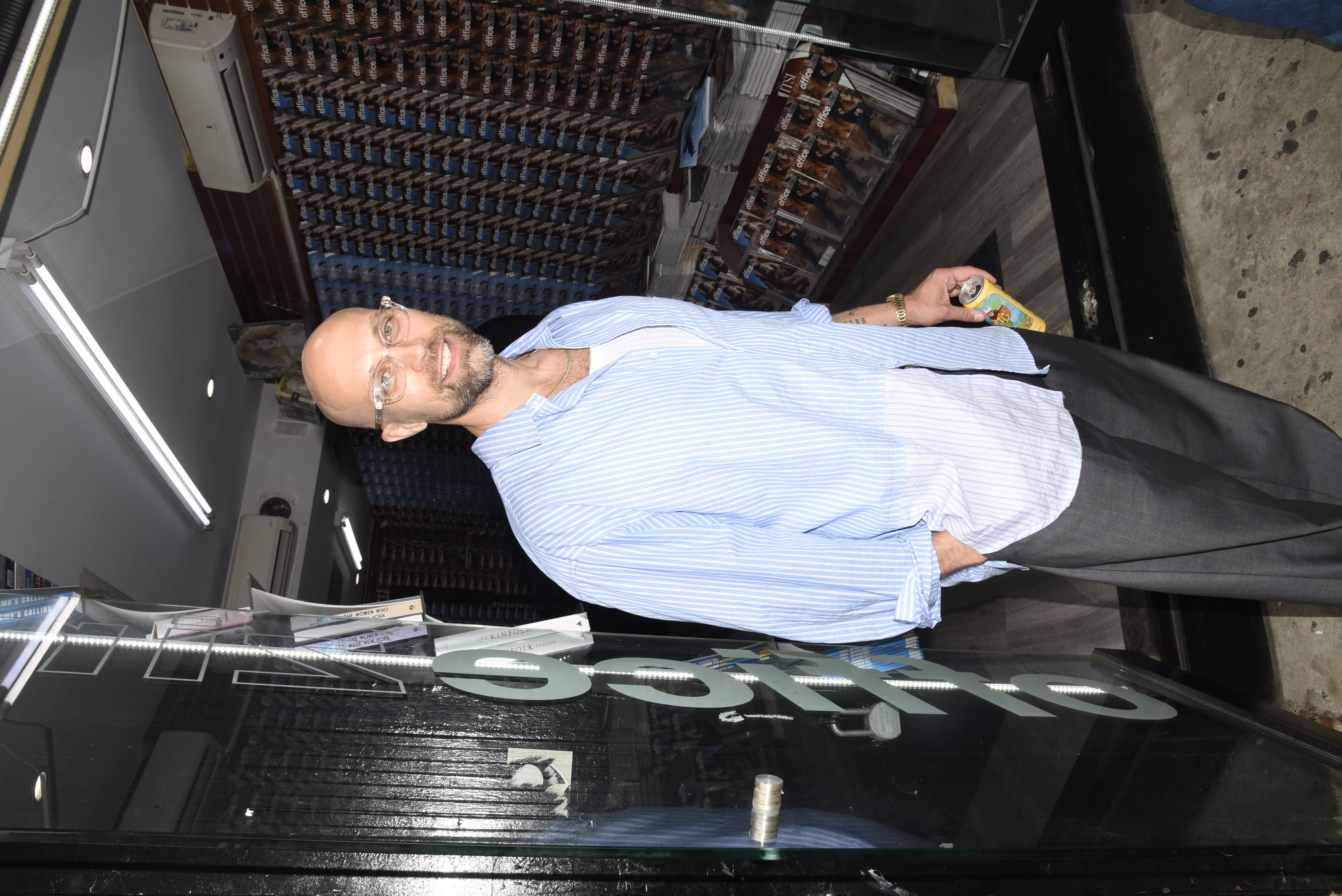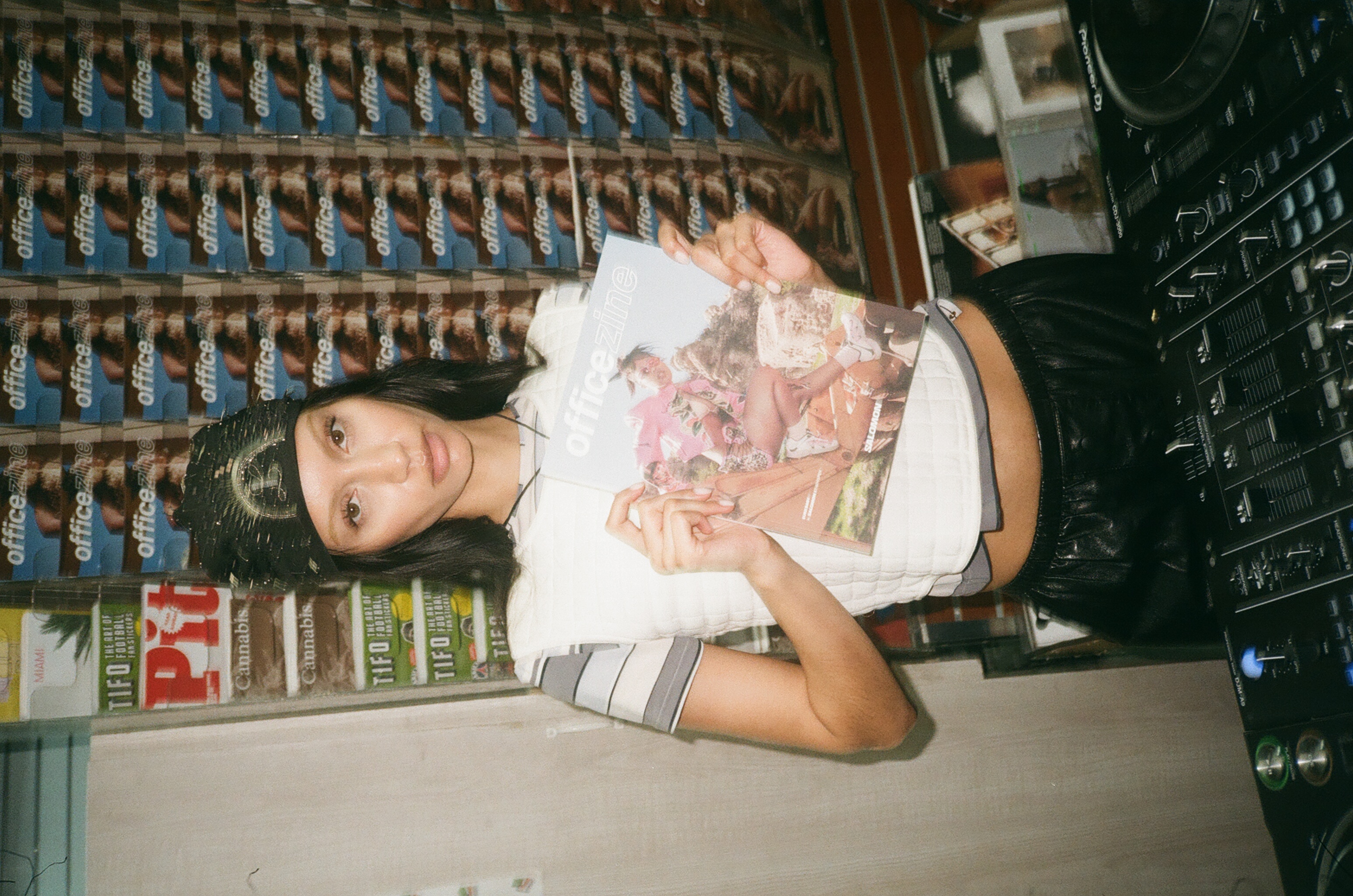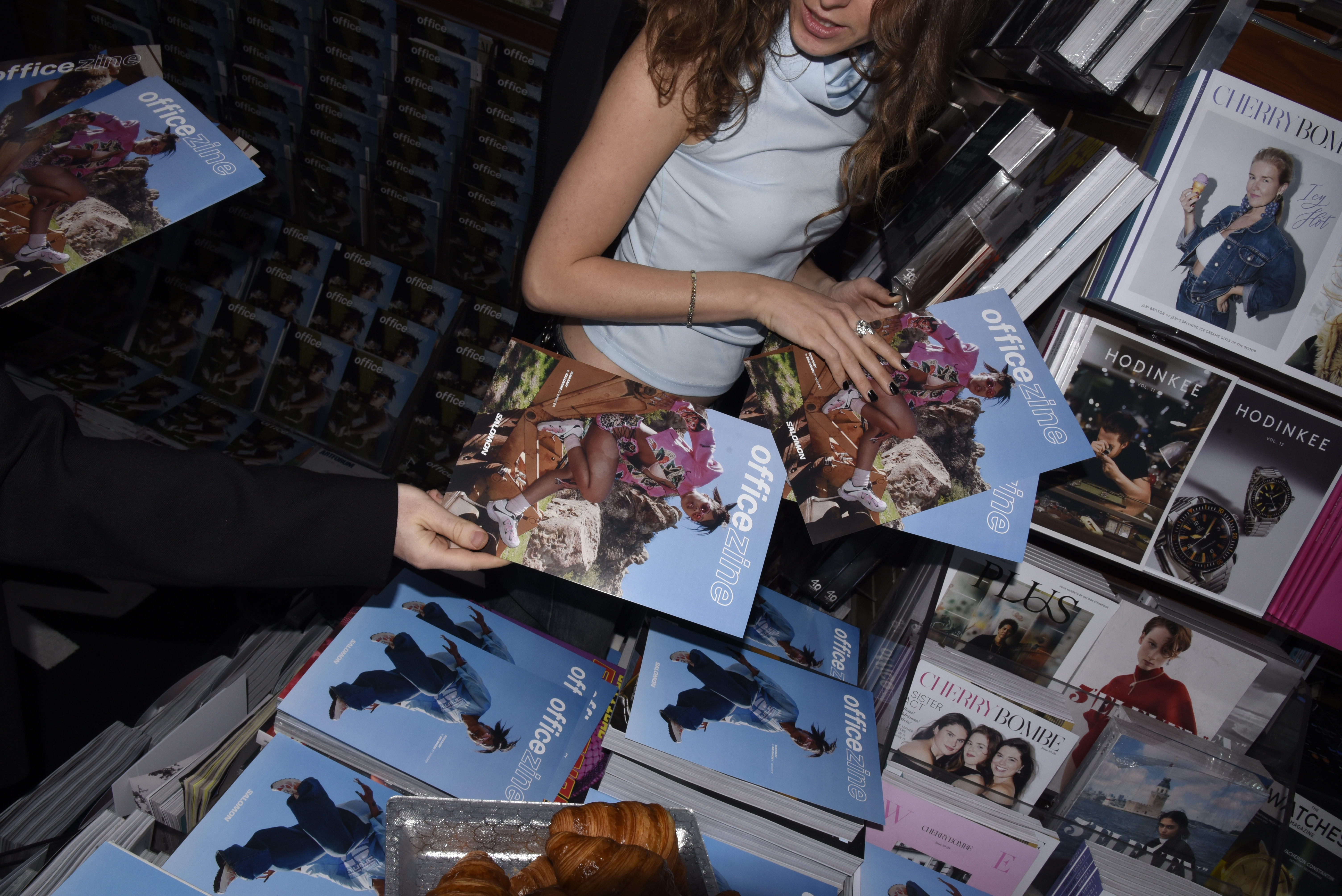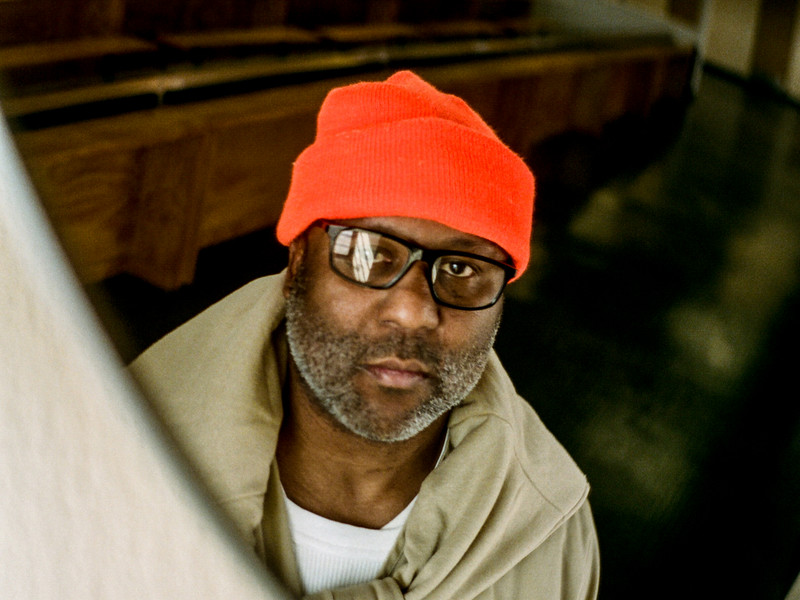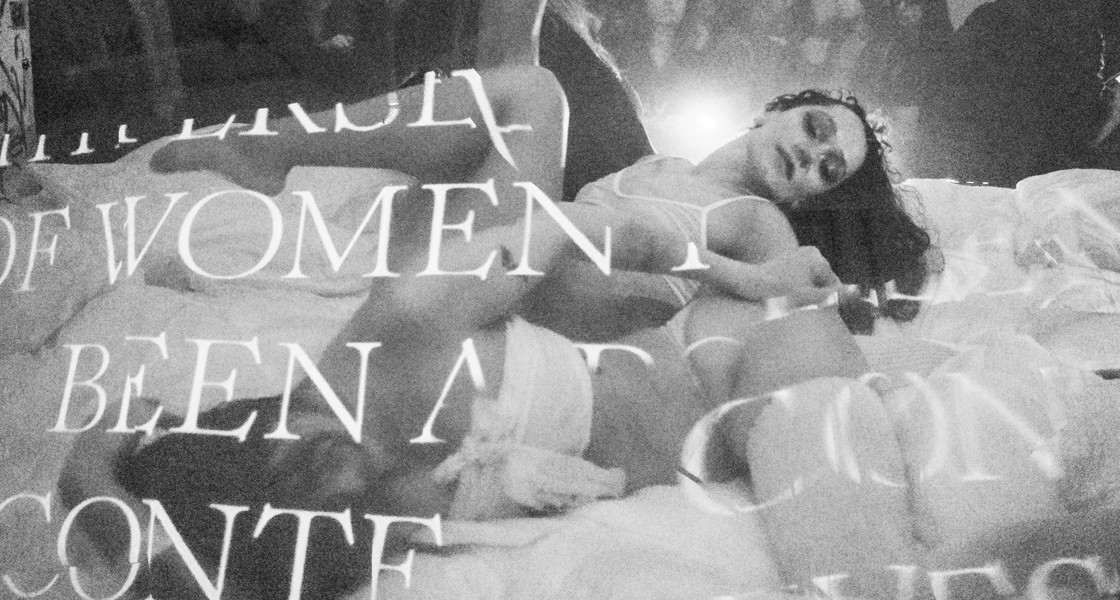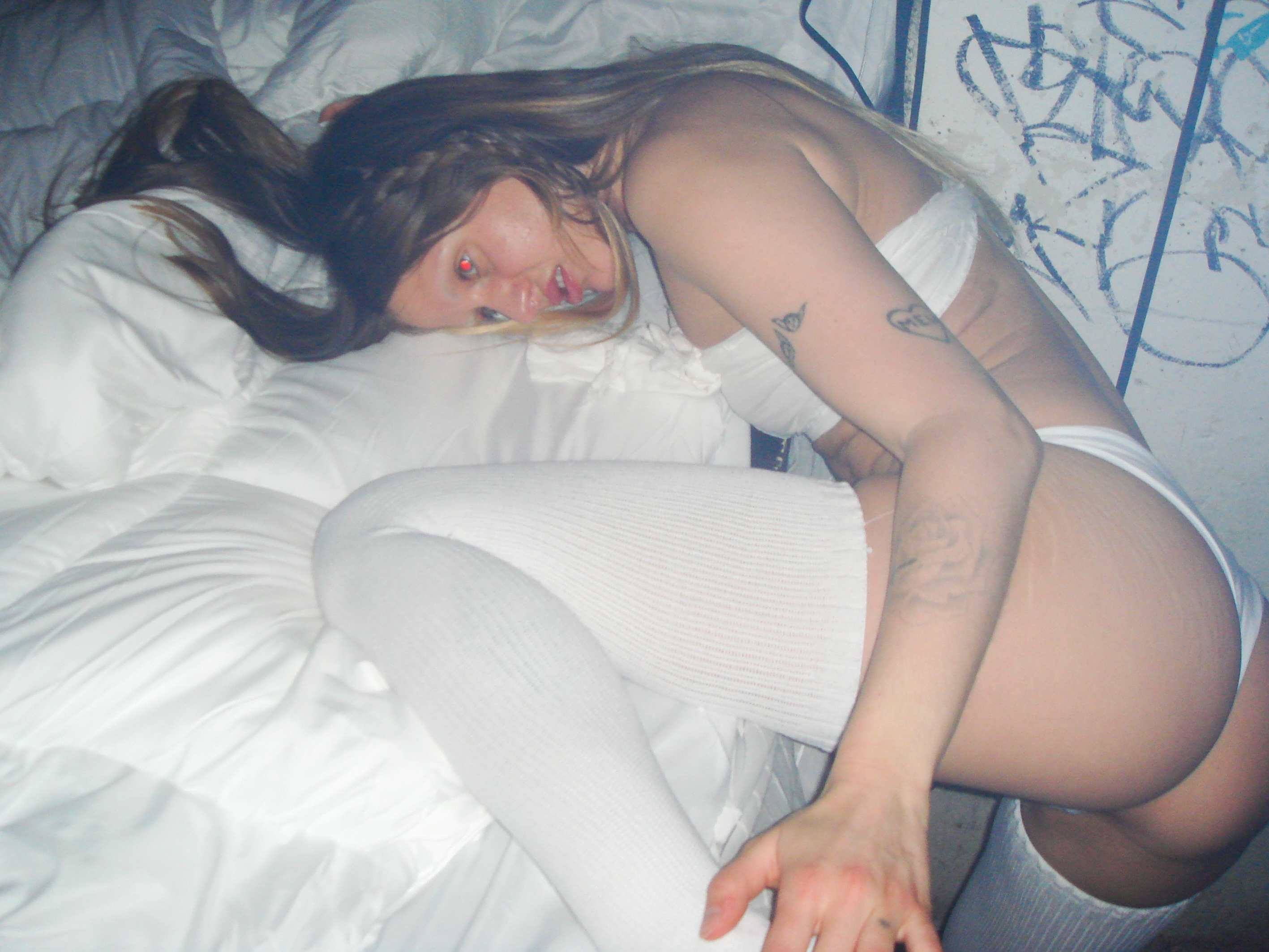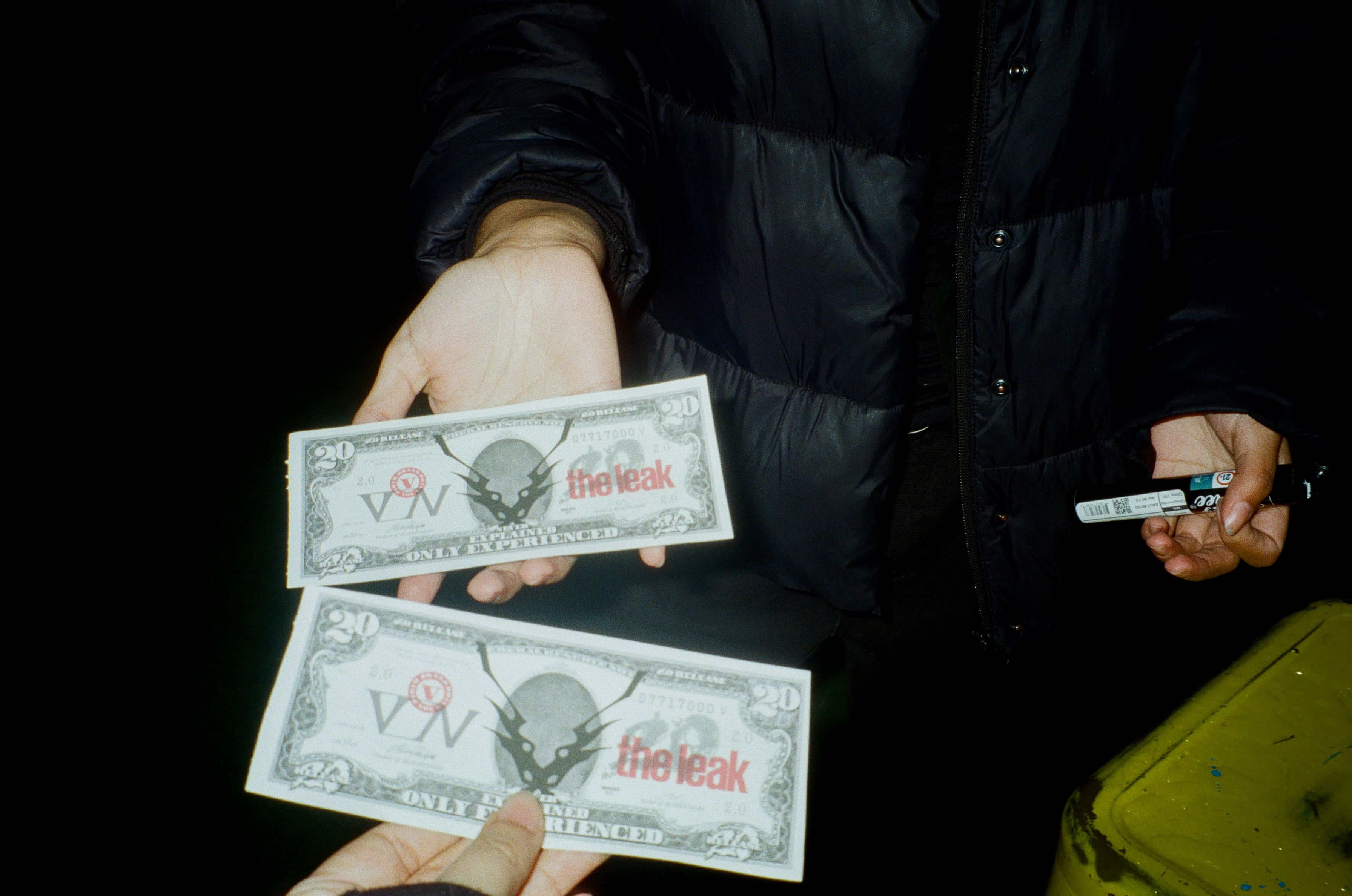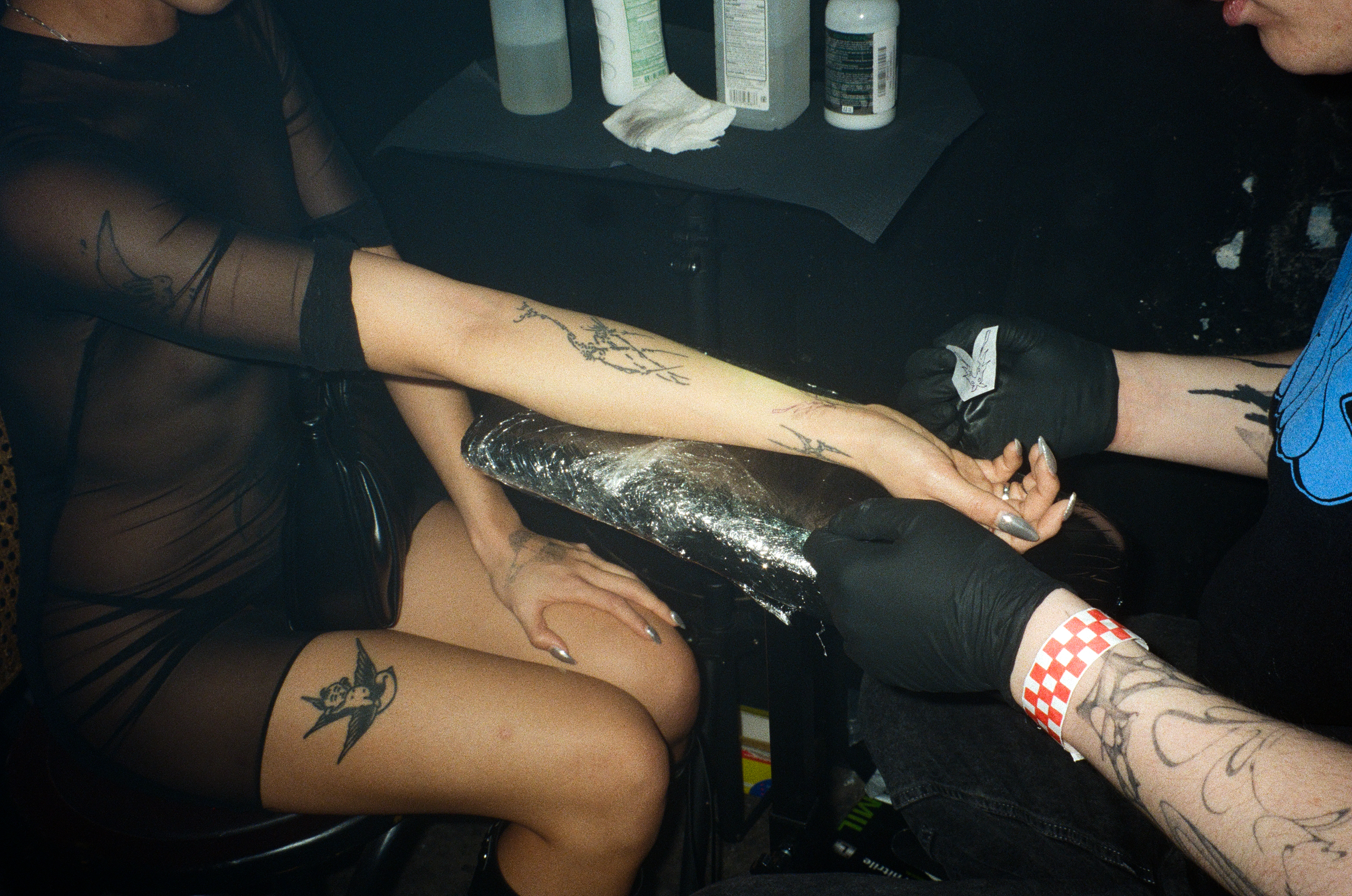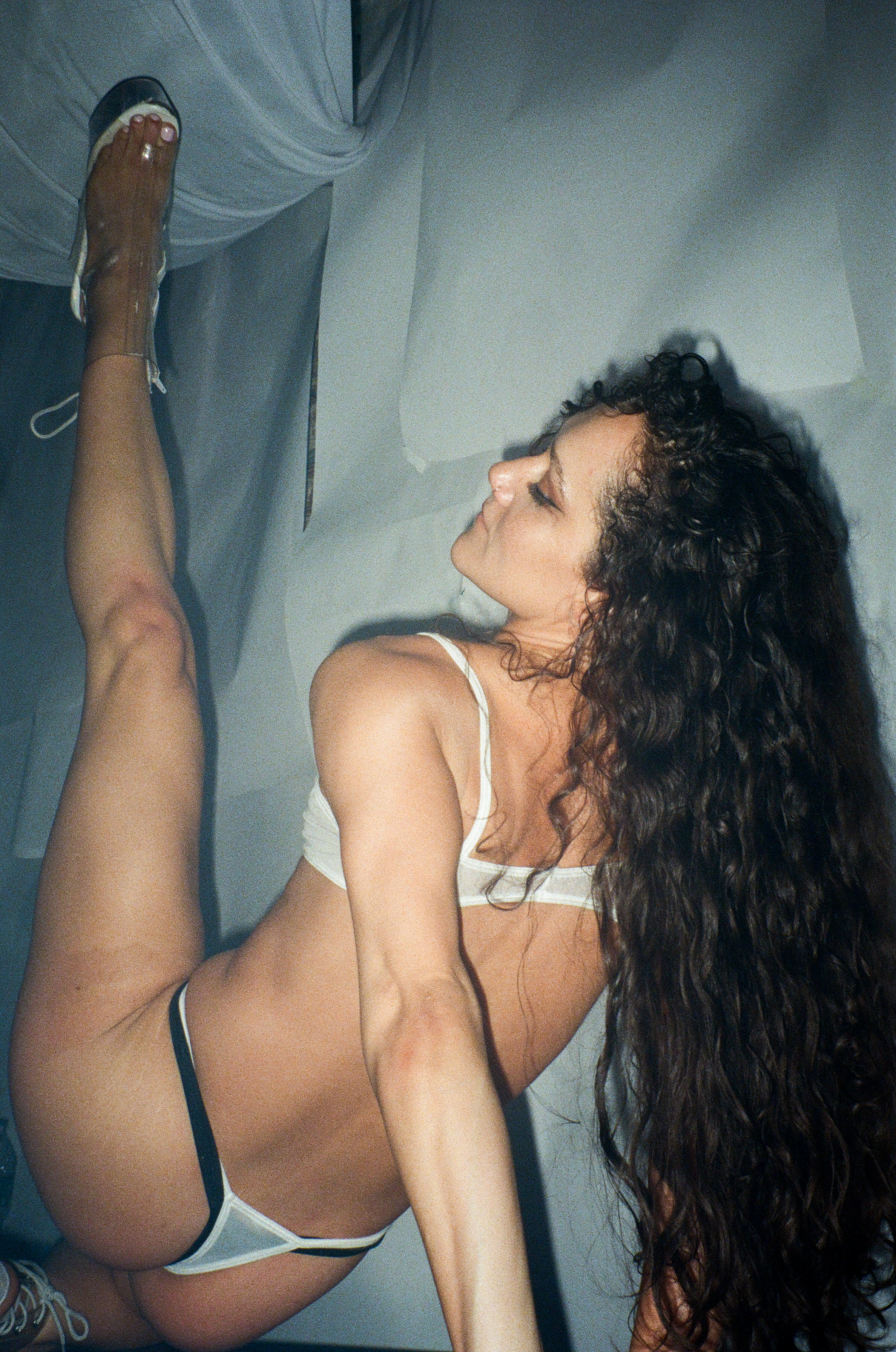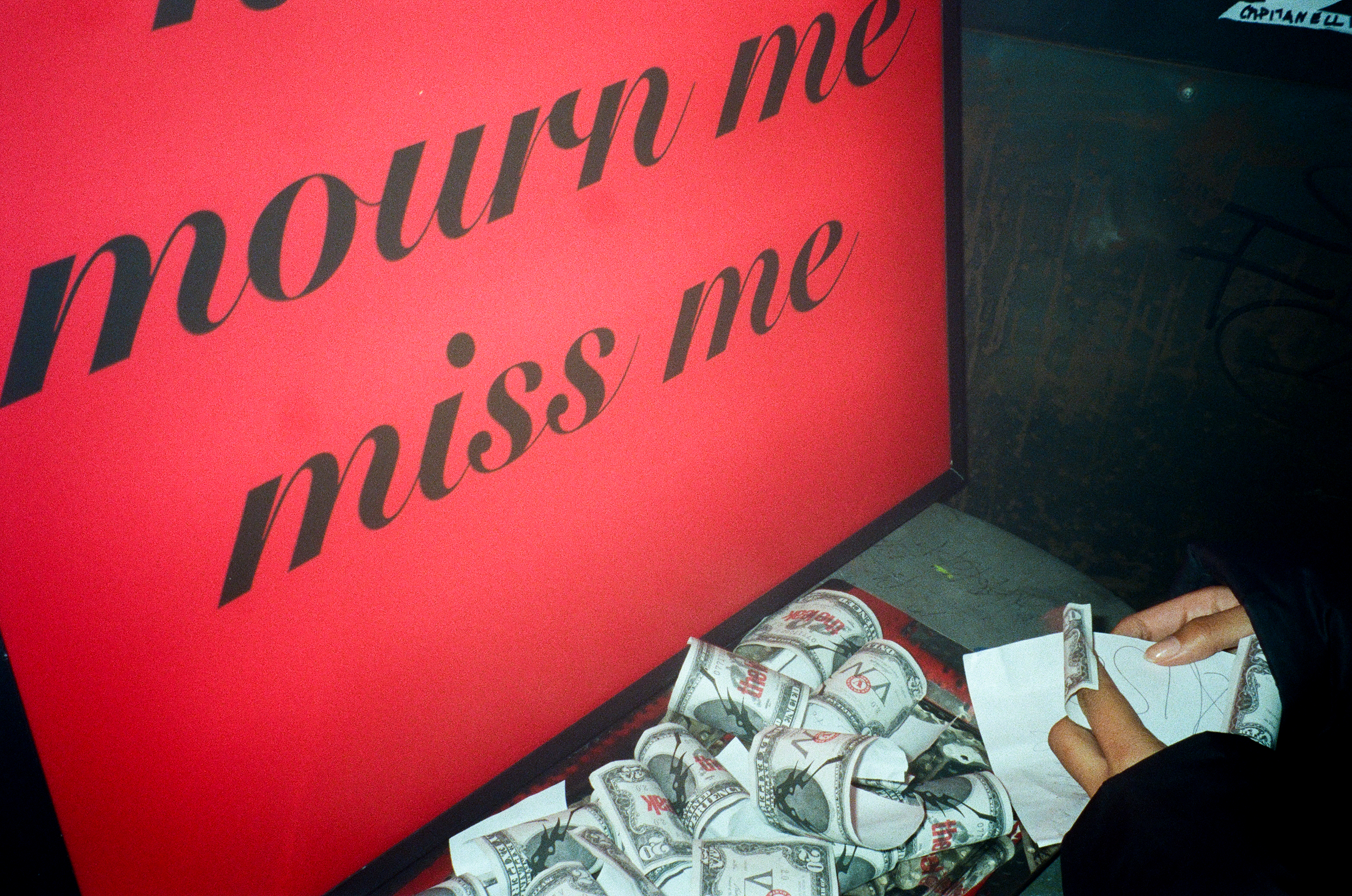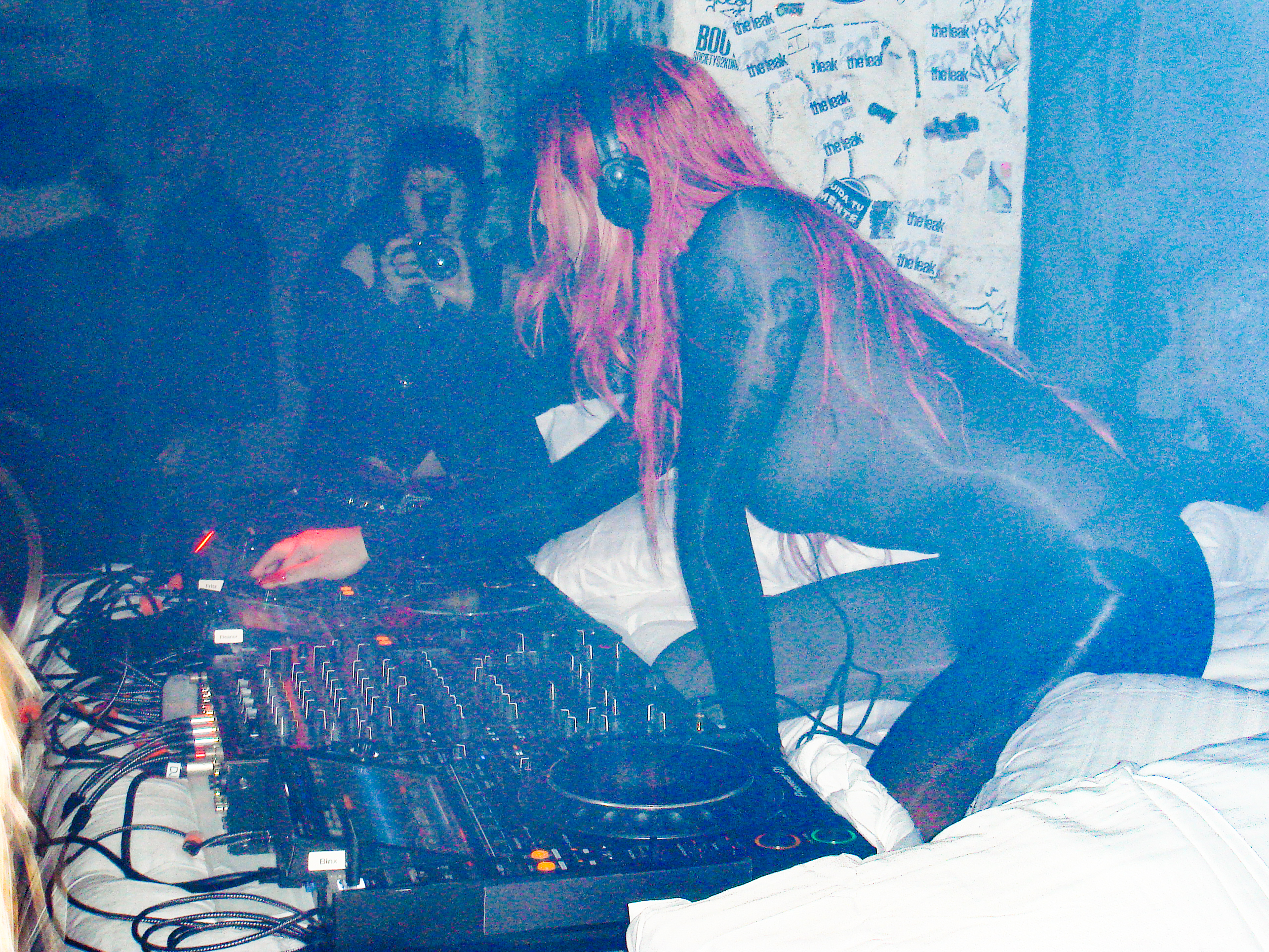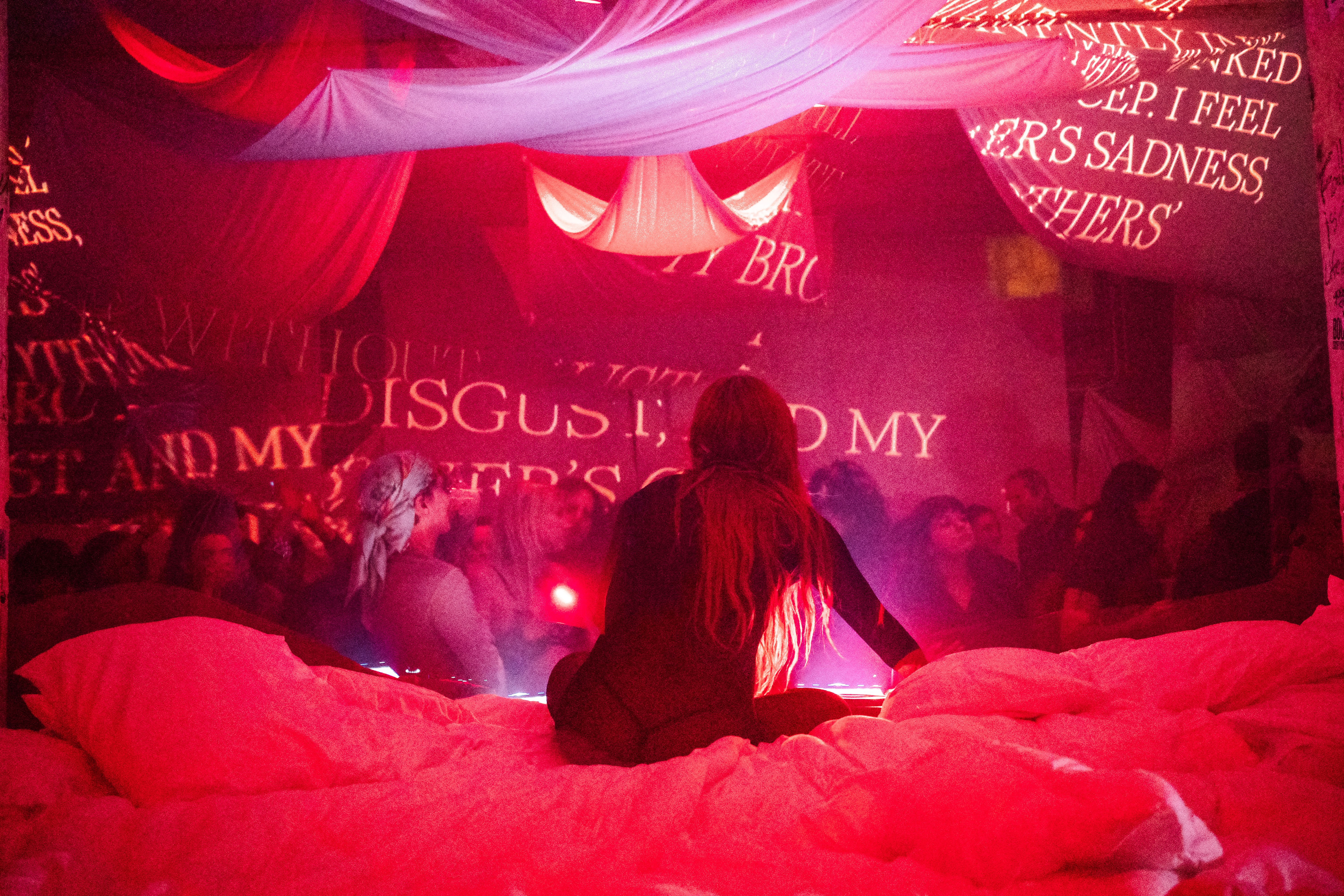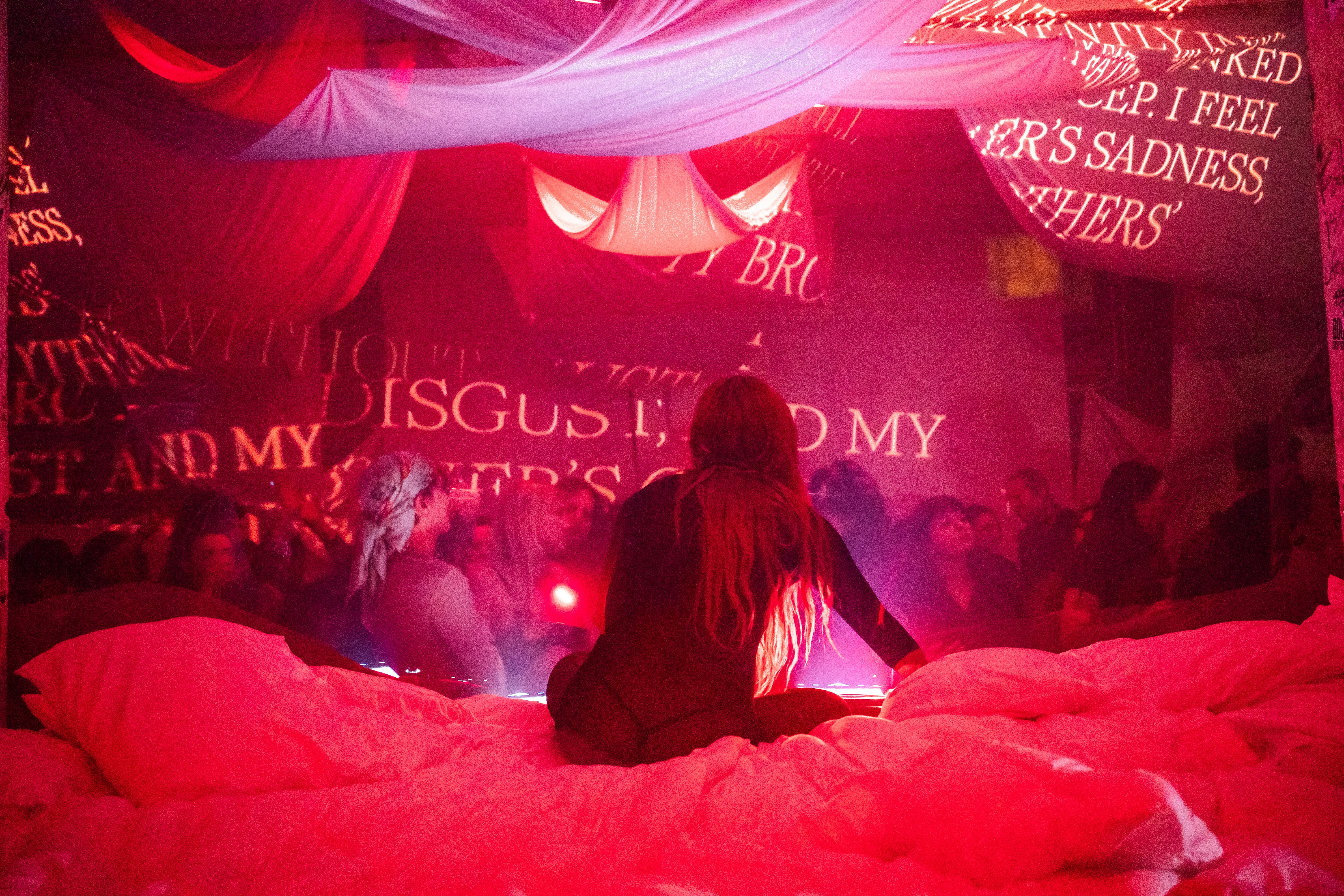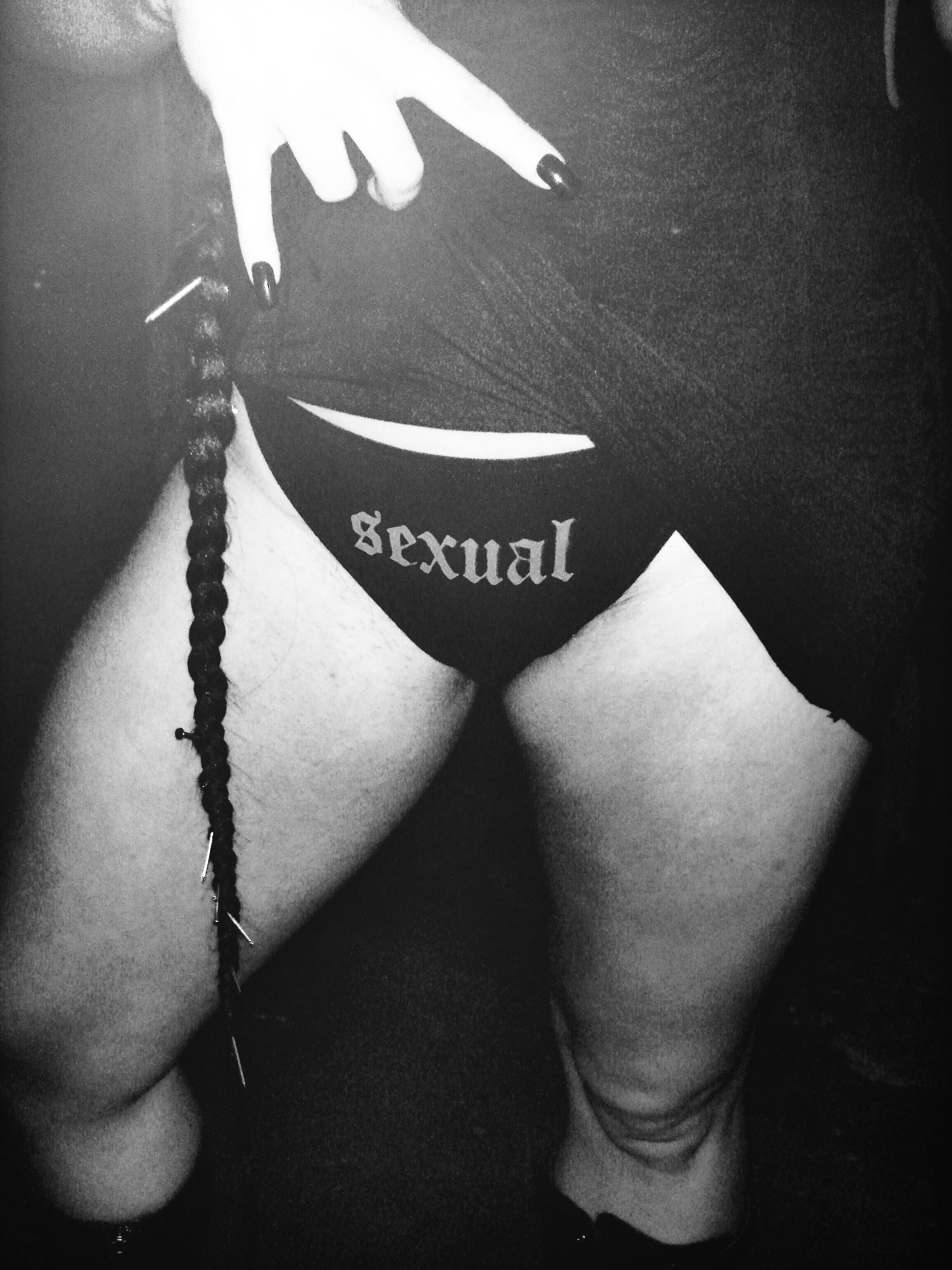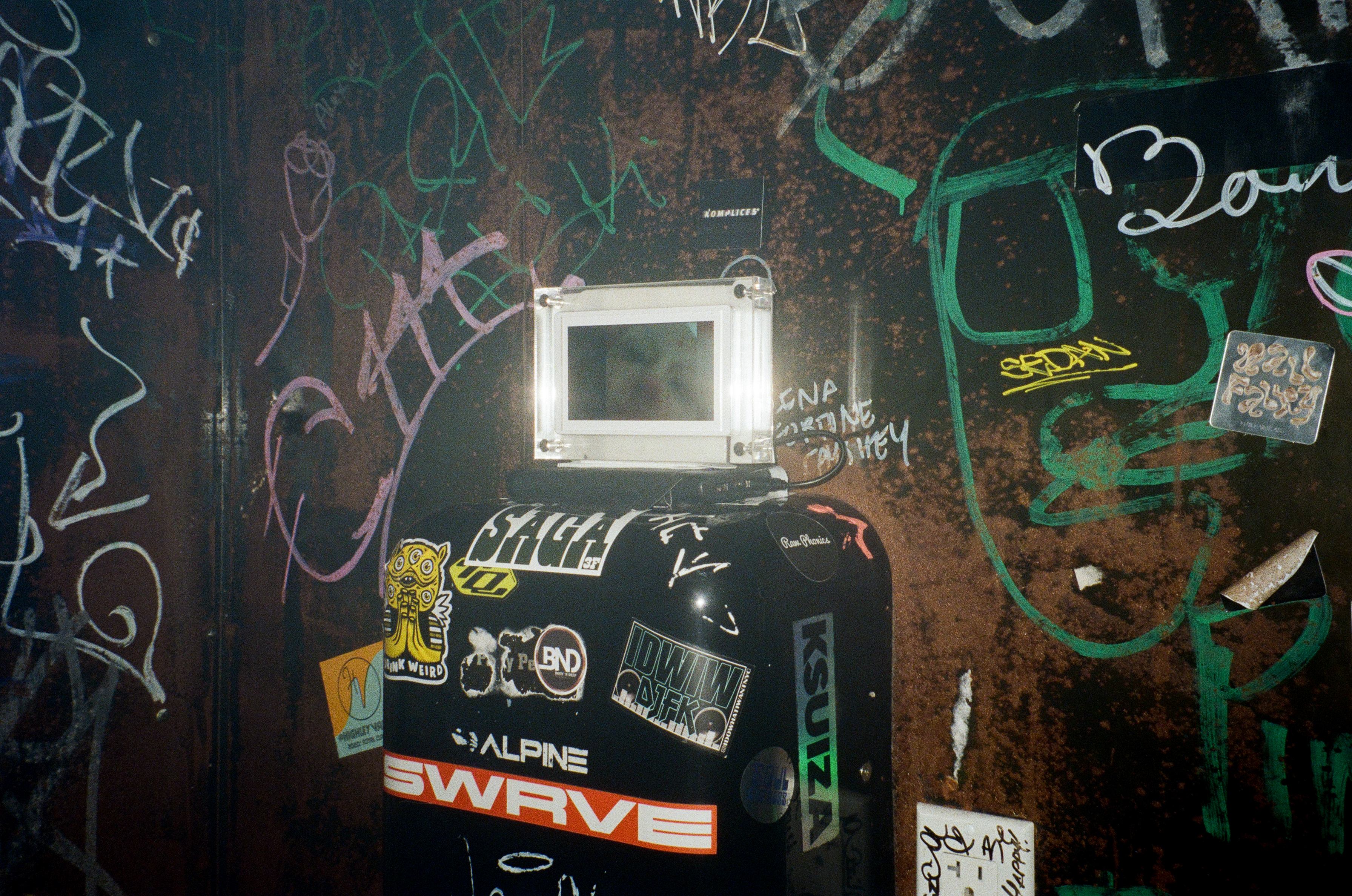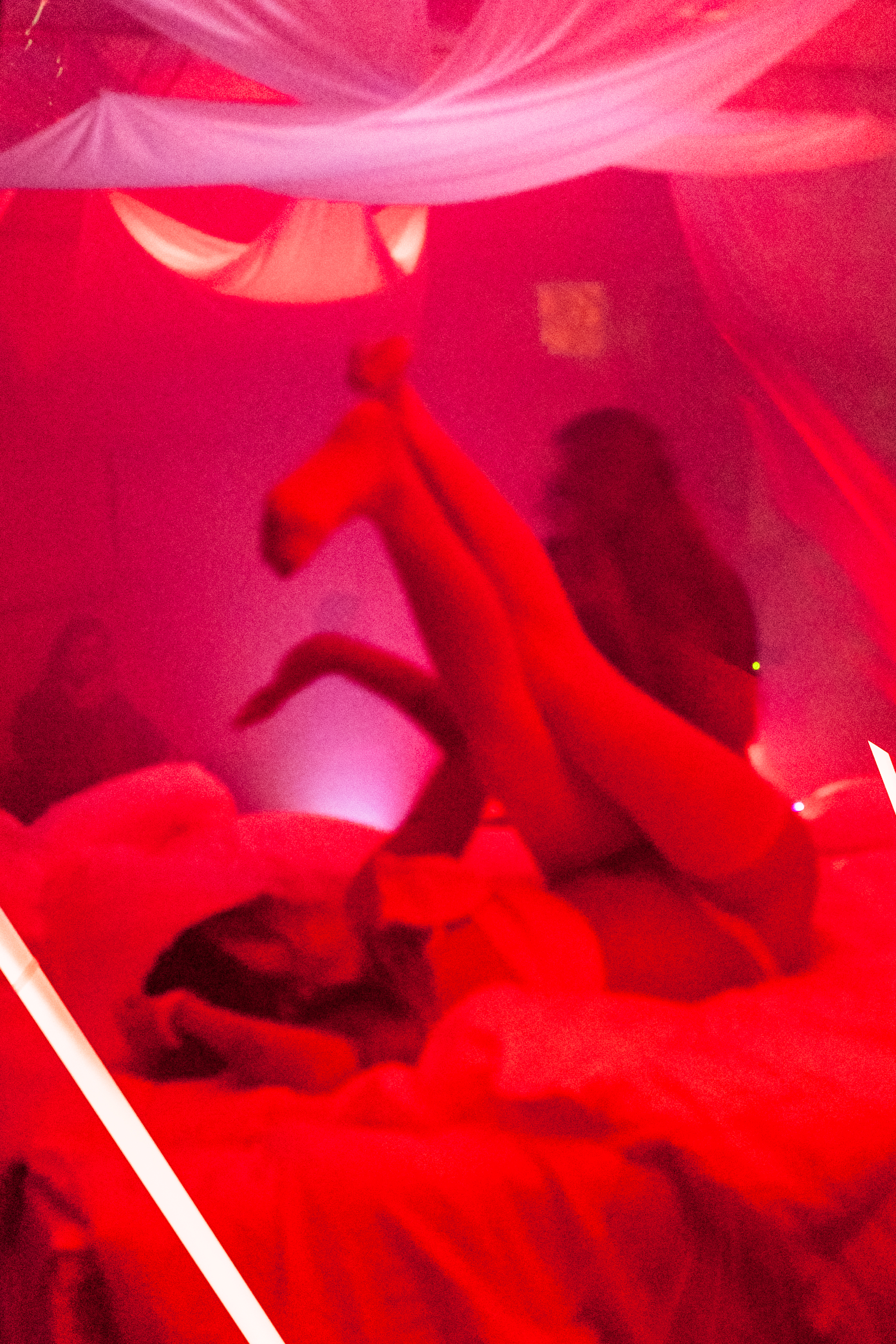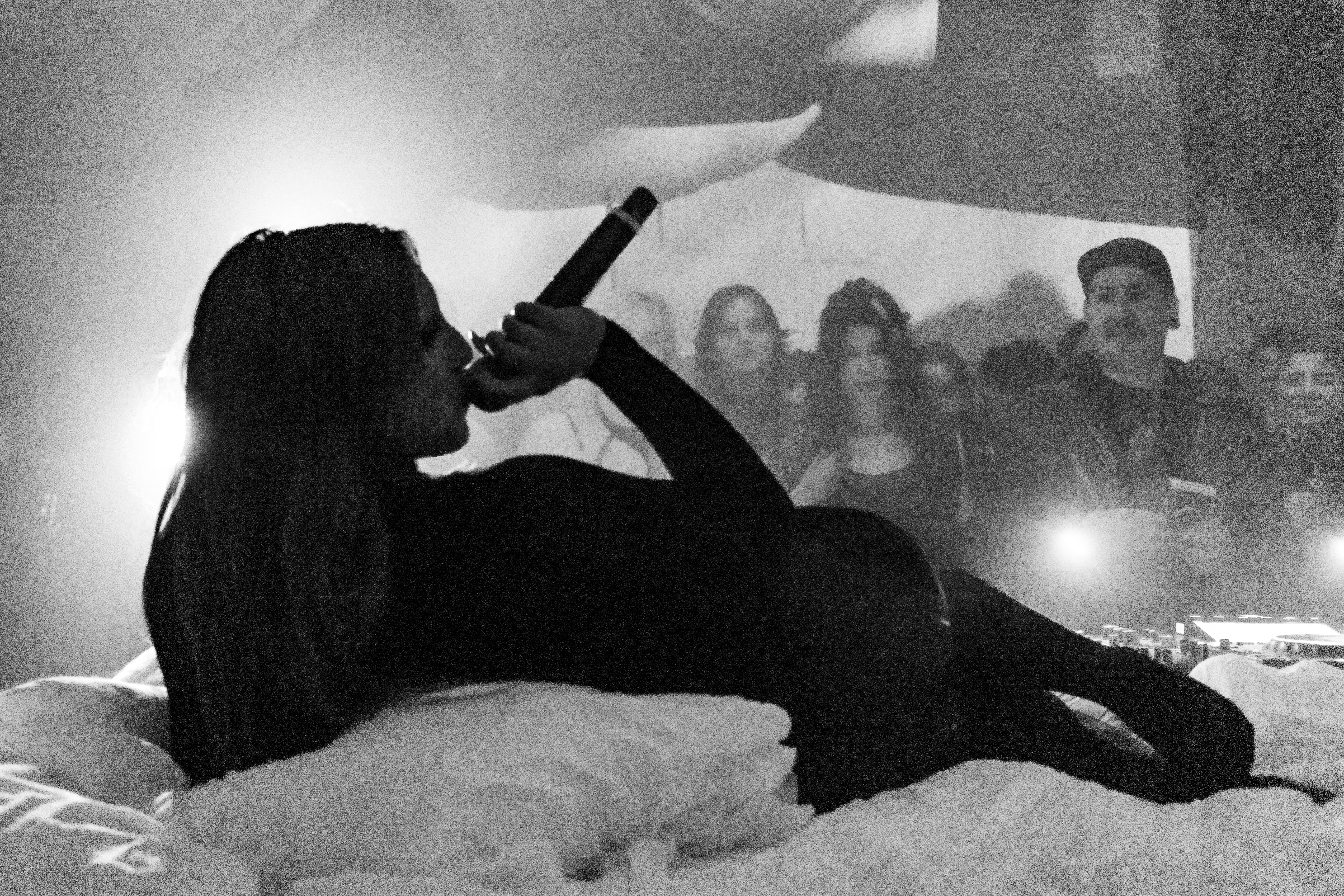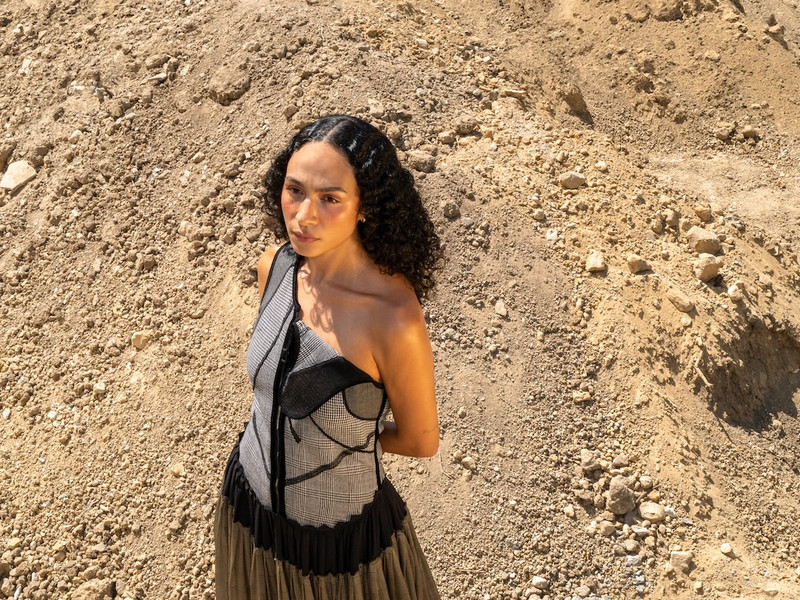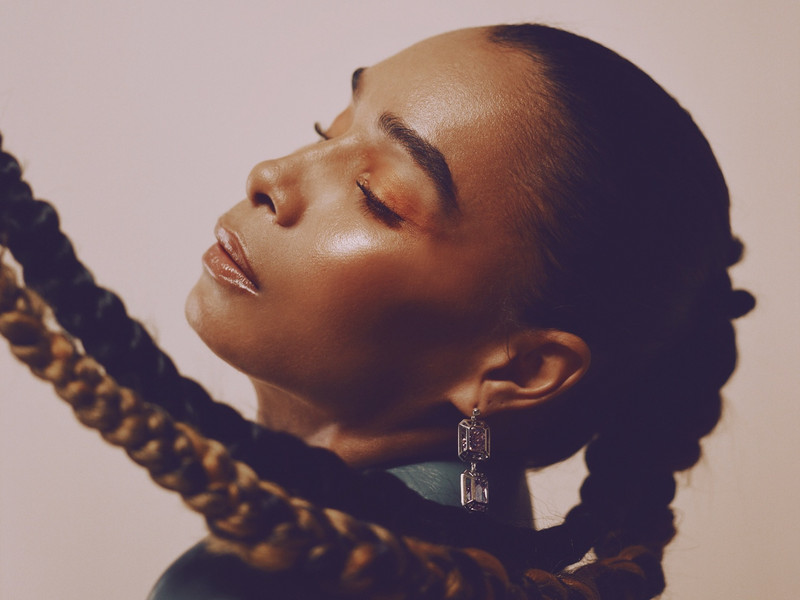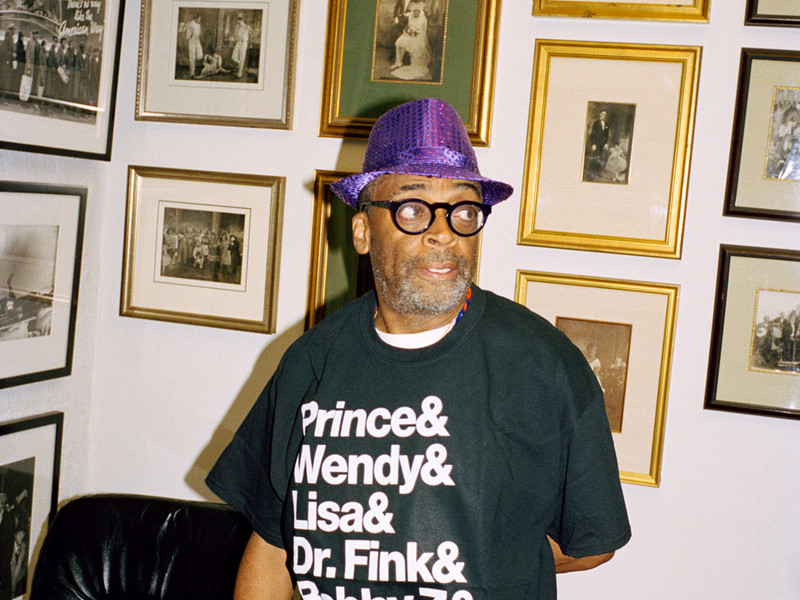Celebrating Juneteenth: The Black Light 19
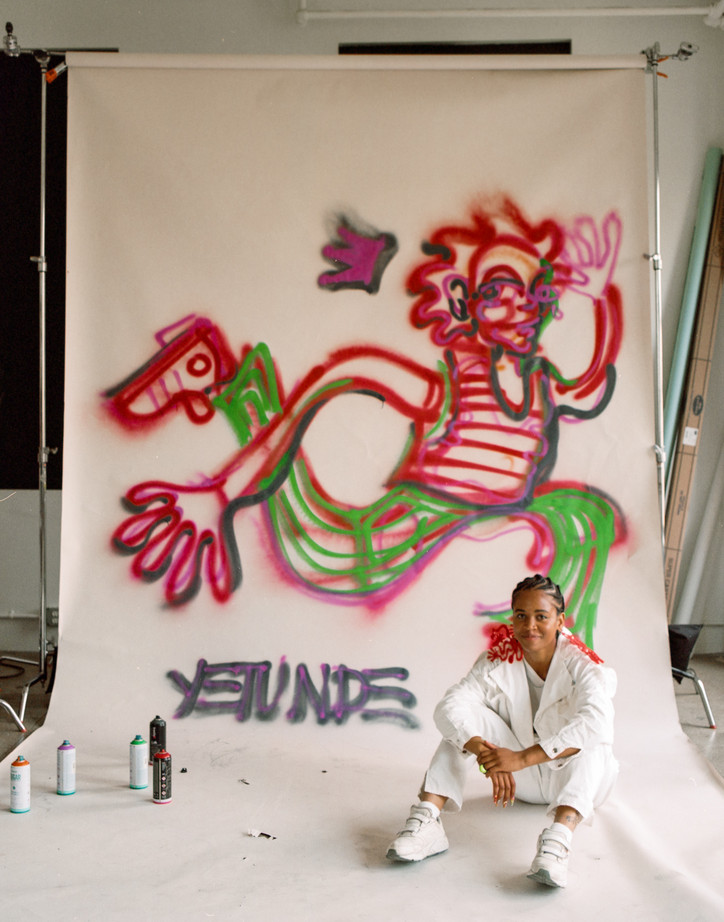
From the medical industry to Entertainment, Fashion, or STEM; this awareness goes beyond legislation — and is emulated by those who are doing the work not only in politics but creating intersectionality within their own field. It creates diversity, rather than ambiguity. We are creating the reflection for the next generation, setting the precedent for the future, and expanding the reach for our predecessors. This needs to be acknowledged. We’re the reflection of the new generation. Juneteenth reminds us to pay homage in remembrance and reverence of our ancestors. It allows us to take a step back to observe the energy, emotion, and passion that has been given in the name of what we can, will, and have been becoming for the last 400 years. Pushing the narrative, our agency, and our truth.
We push people to look past the title activist as the distinguishing factor to participate in the Black liberation movement. Yes, we need them but just as we need nurses who understand the Black body, Black Scientists that study our true nature, Black educators who can not only relate but empathize with the youth they are guiding, and Black Business owners that push black financial equity, or historians that are able to document and retrieve our truth untainted.
When an environment is placed under black light, you can see everything in its totality, the scars but also purity that aren’t obvious under the sun. These individuals are those that thrive in this space. We’re shining a black light on the ones who have stepped up to the plate and are making strides in visibility, equity, agency, and expansion. These 19 passion-fueled individuals have tracked the term activism and assimilated it with their own zeal - entangling the true meaning of the word into their own lifestyle. This list is a PSA and acknowledgment of tangible Black autonomy.
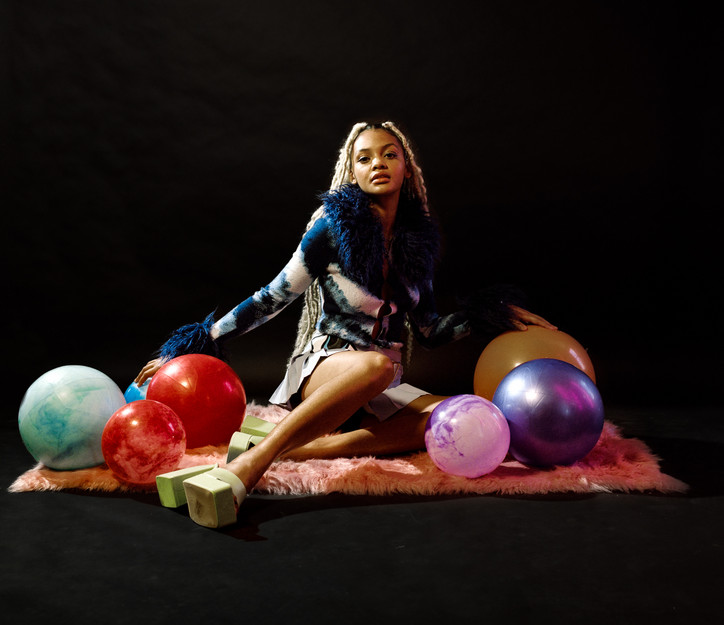
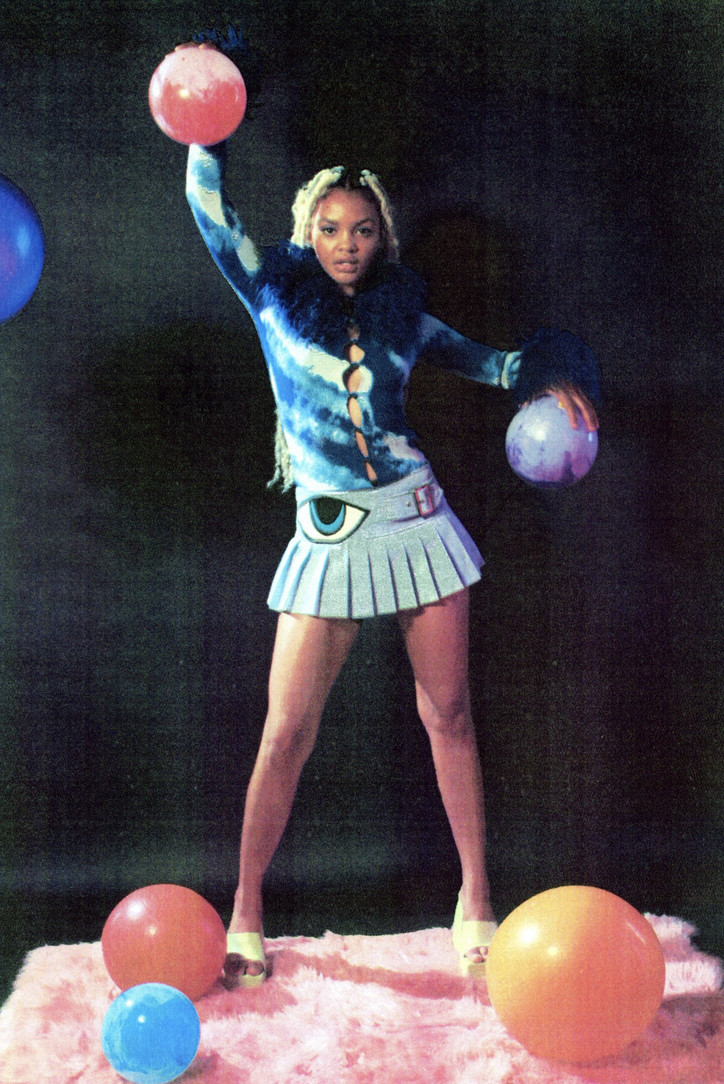
Celeste is a co-founder of their own production company, Pedestal, which strives to push towards true creative agency, diversity, and ownership of ideas that are innovative to the space they are taking. Their idea stemmed from Celeste seeing someone her age on a movie set. After witnessing the fact that you can create your own lane, Celeste and their partner Mecca embarked on a journey to open up the doors necessary to not just empower others to tell Black stories but Black stories that are outside of the social norm and capitalism. “I think it's really important for black people to be in charge there because we should be able to like depict the world that we want to see instead of depicting a world that white people want to see because we've already seen that we've already participated in it for hundreds of years.”
What change do you want to see in your respective industry?
Ultimately, the industry runs off of our creativity in the first place. So we should have agency and control over our own creativity. Yes. And I think that the industry is moving in a way where they're giving a lot of black actors, black models, opportunities and jobs, which is fine. But at the end of the day, these are all still white-owned companies that are using black actors and models as the face of their company, so that they can portray themselves as progressive and forward-thinking. But we're not actually making progress unless that model or actor has full agency over their creativity or is an owner of the project, or a producer on the project. So I want to see more black people owning their own work in the entertainment industry. And producing their own work, because like I said, it's mostly models and actors who are the face of things, because that's what sells, and a company can be like, Wow, look at diversity, look at this, look at that. But at the end of the day, all the people behind the scenes are still white producers and white owners.

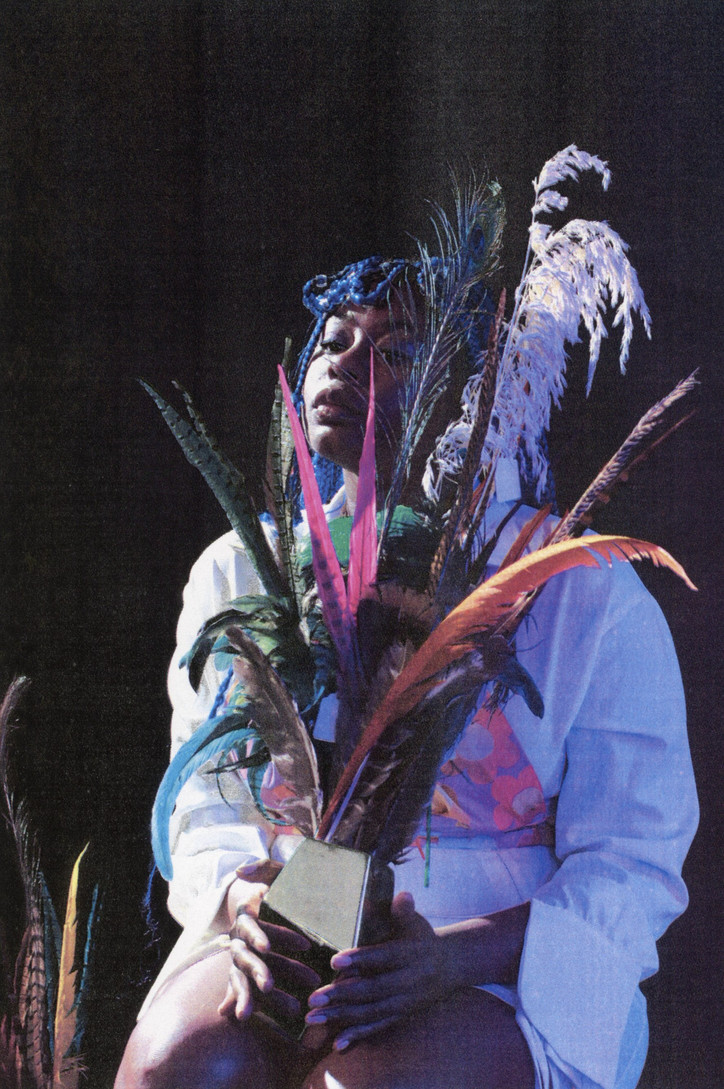
Co-founder of Pedestal and founder of Mona Gems, a biodegradable jewelry brand, Mecca McDonald is standing for an equitable world for everyone. As an environmental enthusiast, the idea to re-shape how people buy and wear things in regards to the environment and its safety, she opened a whole new lane. Running two impactful businesses at the same time might sound like a handful but McDonald is for the people’s betterment. Her definition of activism is “making space for other people, even if you don't understand their perspectives because, at the end of the day, we all are on the same team, and we're just fighting against capitalism.”
What is your individual purpose?
I think my individual purpose is just to be honest, and to make meaningful art. Or at least that's what I want my individual purpose to be. I'm pulling back the curtain at all times-- I like to do that in my relationships with people all the time. I just bring things to light to be honest. And then one of my goals is to make art that expands people's imaginations, and changes how we see the world, like how Celeste is creating this bioplastic. Another goal is to amplify that.
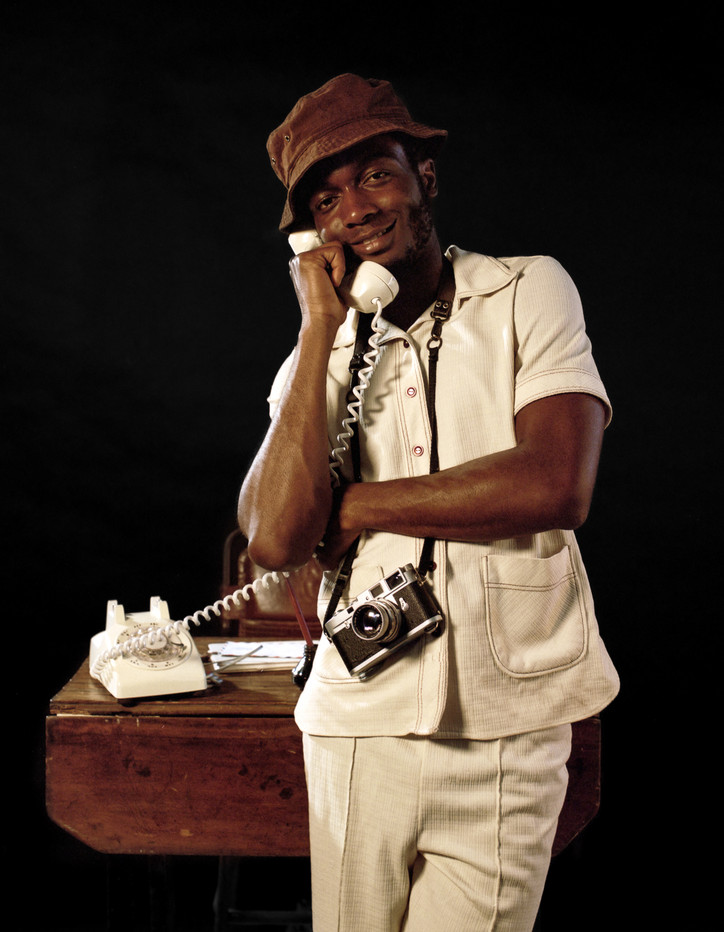
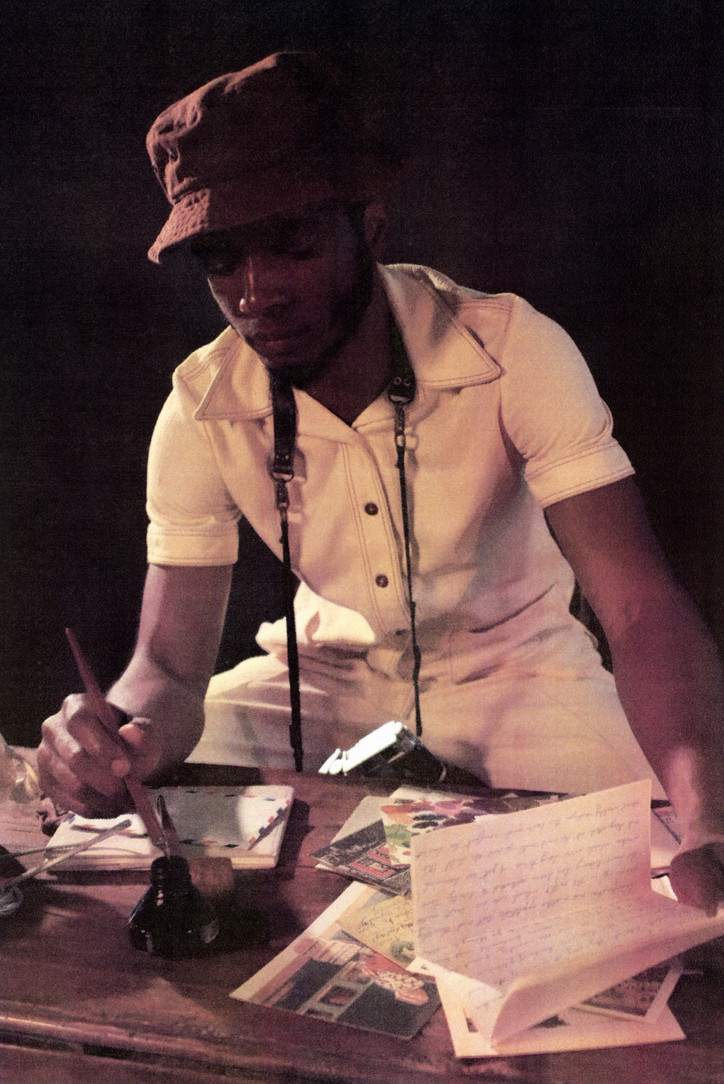
History is a subject that tends to be many people’s favorite, but how often do you hear of a young historian in his 20s in today’s times? Sola Olosunde, the independent historian has been documenting New York’s Black population for quite some time. It’s important to know about your past, and document your present — “My father, when I was younger, would ride us around the city. And he would just talk about his life when he first came here, and how bad New York was, and, it intrigued me a lot. And I started doing my own research.” The realization that there was a lack of records in school, he picked up a camera and started to record all the ways Brooklyn has changed. It’s a no-brainer that his connection to the past runs deep and his current movement through the present is an indicator.
How does your identity influence how you create in these spaces?
I think being black is a very big part of what influences what I do, because when I was in school for history it’d be a lot of times where you wouldn't really see a lot of records of things. There's no real archive of Black parties or nightlife even though those things were happening. So I just started going around taking pictures at parties and events and things like that.
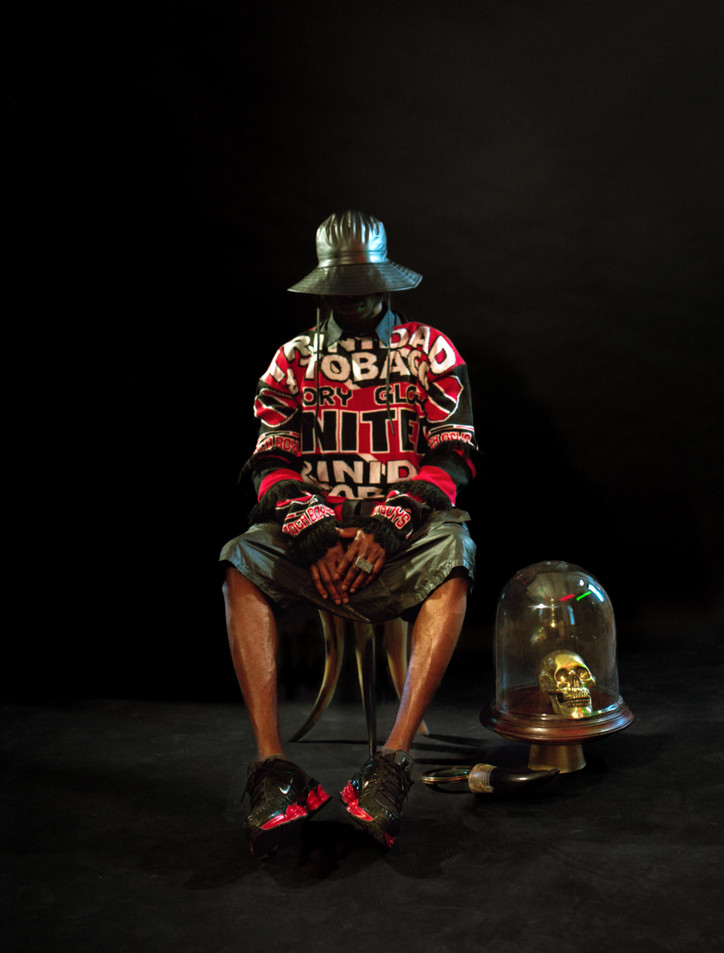
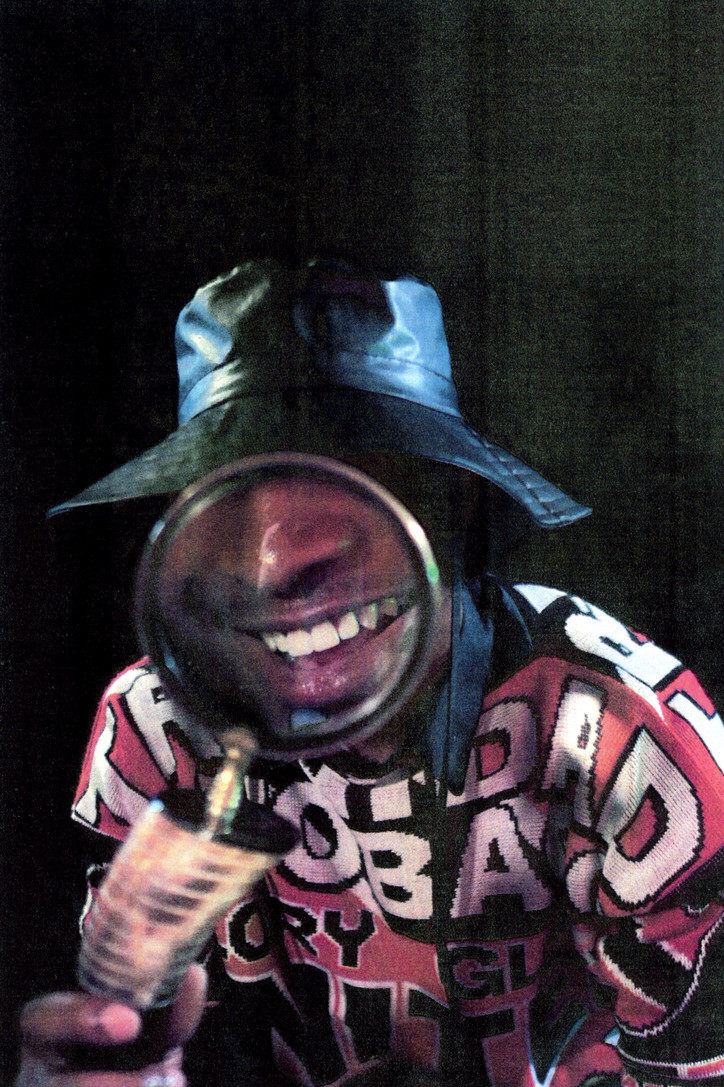
Nurse, designer, creative director, stylist, and model — you can never have too many titles. The Against Medical Advice creator has been breaking barriers for quite some time. “I feel like my purpose is to give back and serve the community in some way. Being a registered nurse, I feel like, on my day-to-day, that's what I did. And it fulfilled me, it made me feel really good. I liked helping people. And that's kind of why I just love the job so much.” Wole has extended his heart to those who want to design as well, he’s set up classes showing his students his exact process from how to connect in the garment industry to finding factories, and so much more. Wole’s a true multi-hyphenate and he wants to see everyone at the table.
What does intersectionality mean to you?
To me, it means the cross of many roads, it means many different things coming together at one junction. It can be you being multi-hyphenated, it could be you being good at more than just one thing, or just like, some people are good at football, track, and tennis, you know. So, it can be all of these worlds combined into one. And I feel like I represent that to a certain extent-- especially being a nurse, then being a designer, then throwing events, and being a photographer, and being a whole bunch of other things and modeling or whatever else it may be. I feel like that's what the world should be in general. I feel like everyone should see the world as their oyster to shuck. Just figure it out.
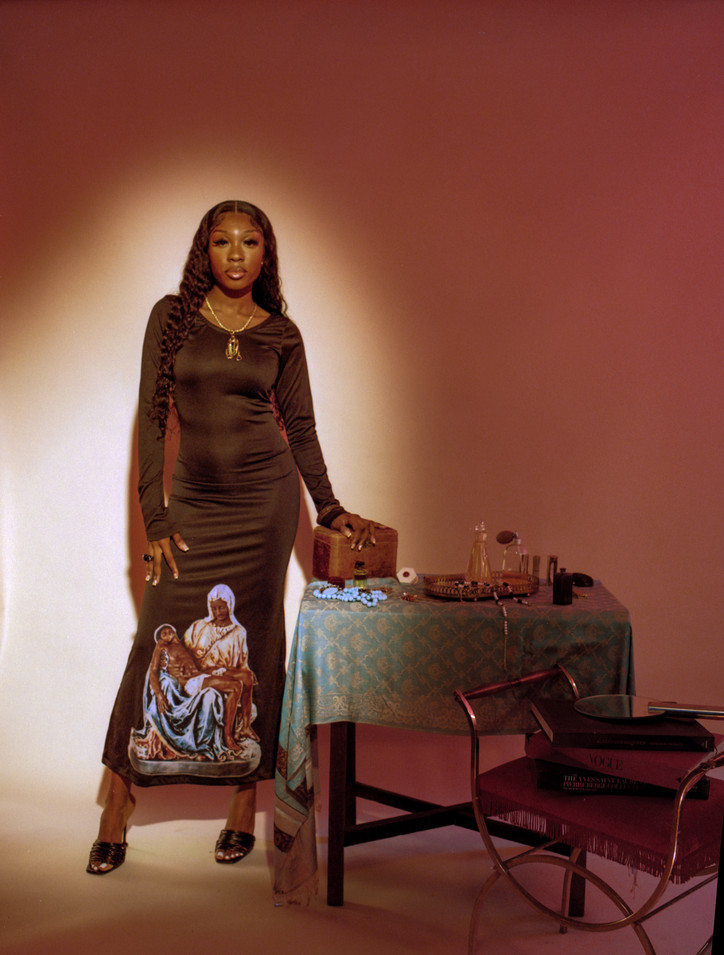
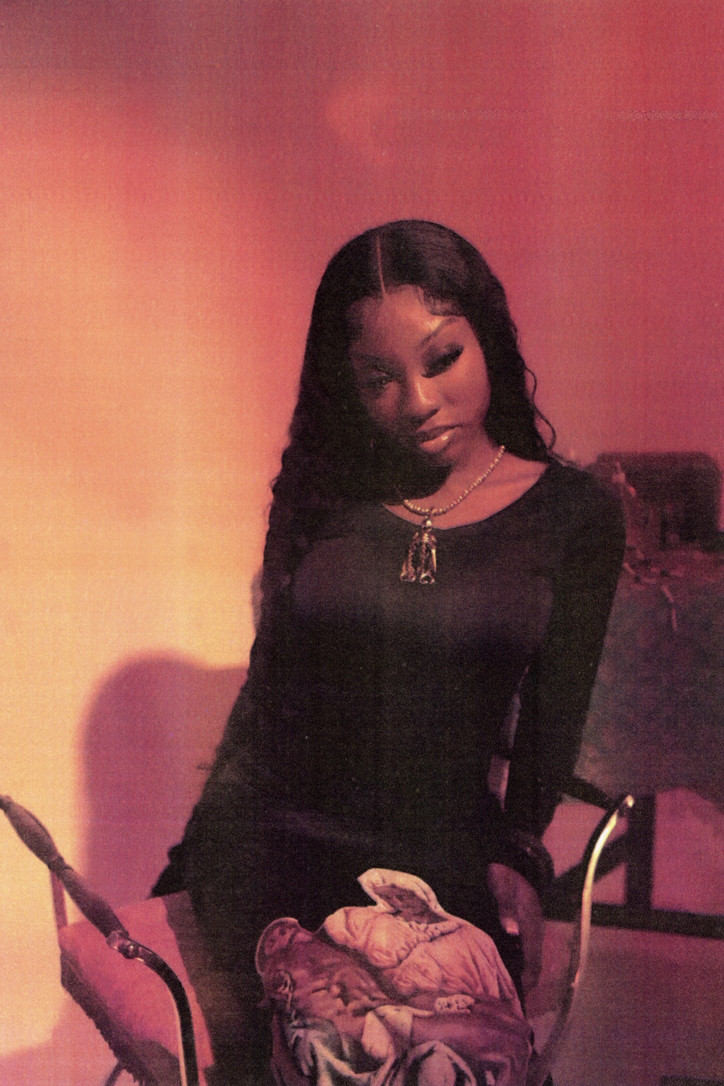
Since college, Tia Adeola has been known to take matters into her own hands. The designer has been touching on issues through her clothing and is not afraid of what may come from it. Her voice is persistent and clear in what she has to say and she’s not backing down any time soon. Tia’s designs and her adamance about having a Black team and presenting Black bodies in mindful and elegant ways.
What do you think about when you hear the term activist?
I feel like you know, being an activist, and activism as a Black person in 2022 It's not something that you have a choice to do. Either don't think it's a title or a label or you know, something to get clout or make a ton of money off. I think it's just like a responsibility because there's still a lot to fight for. So I think it's just something that comes with everyday life, just like fighting, I'm trying. I'm working hard so that the, you know, black people to come, don't have to fight.
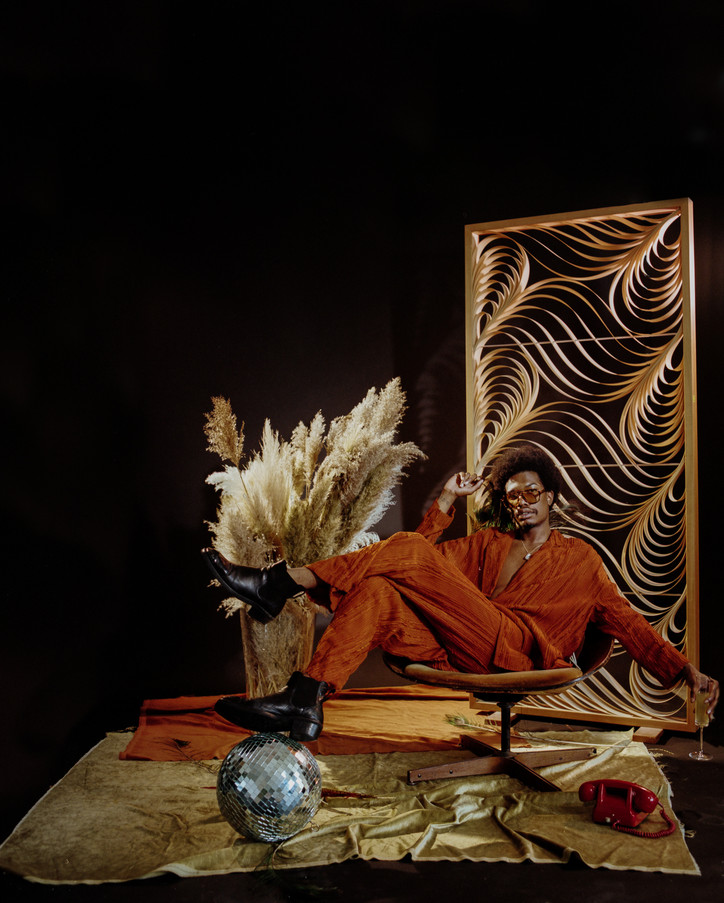
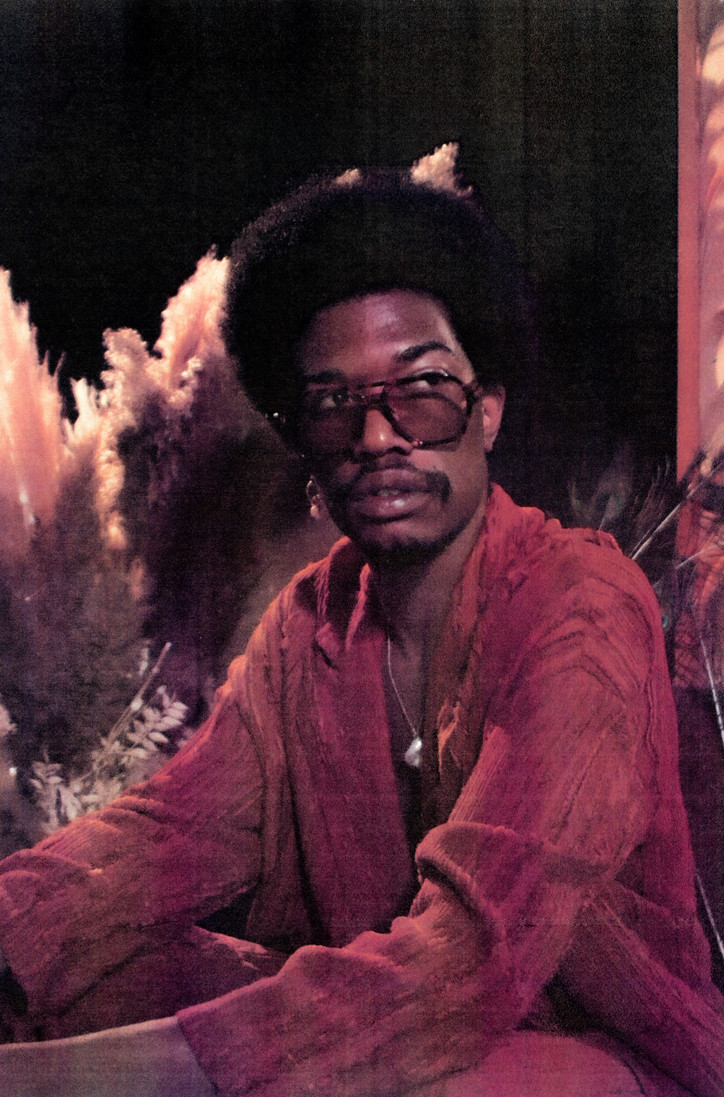
Dez aka “Dez or Die” is a PR maven pushing for events that Black and queer people can feel safe in. He’s always looking to create an ambiance that will be remembered. Formerly at VFILES, Dez took that same creativity and drive and put it into his Public Relations career. The unsung heroes of media are definitely those who work in PR. Usually, they work in the background but Dez is front and center in all his endeavors.
What is your definition of intersectional activism and what does it mean to you?
For me, I think that as a black person, as a black queer per se, as a person-- every day just living my life is my form of activism, you know, that's something that I can't fight because that's the cards I've been dealt with. With dealing with other races that I feel like try to support that fight, I think there needs to also be a level of respect for the fact that you'll never really understand what it is to be me, and what it is, in the same way, that I deal with my activism with supporting my trans community, it’s the fact that I will never know what it is to really wake up and be a trans person but that doesn't mean that I'm not still going to put the same fight within that, you know, and having to know that, and respect that you're not going to understand the journey, but respect that it is still part of your experience to fight for that.
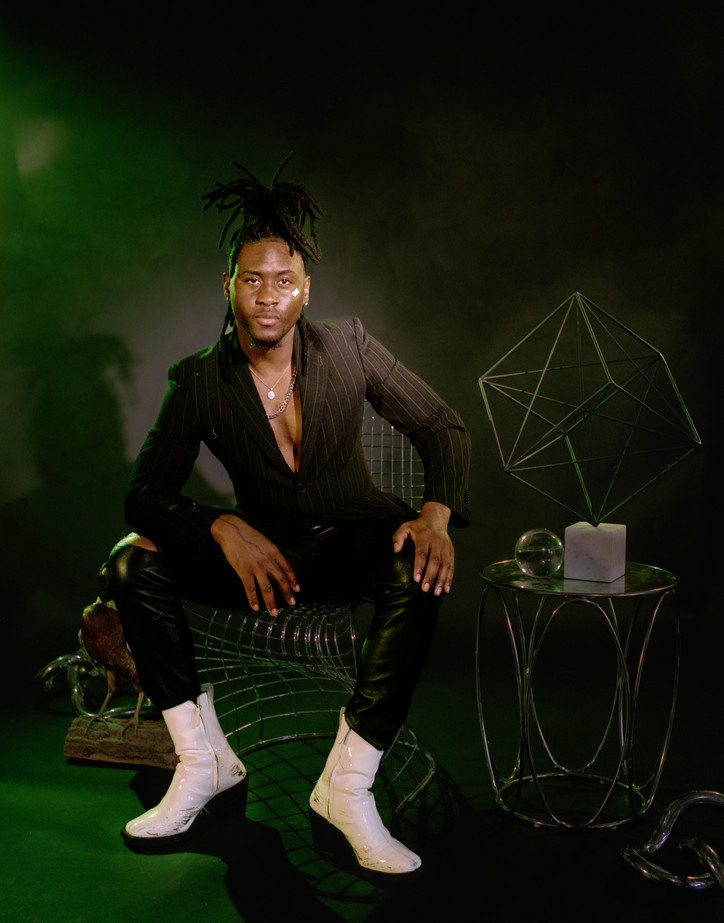
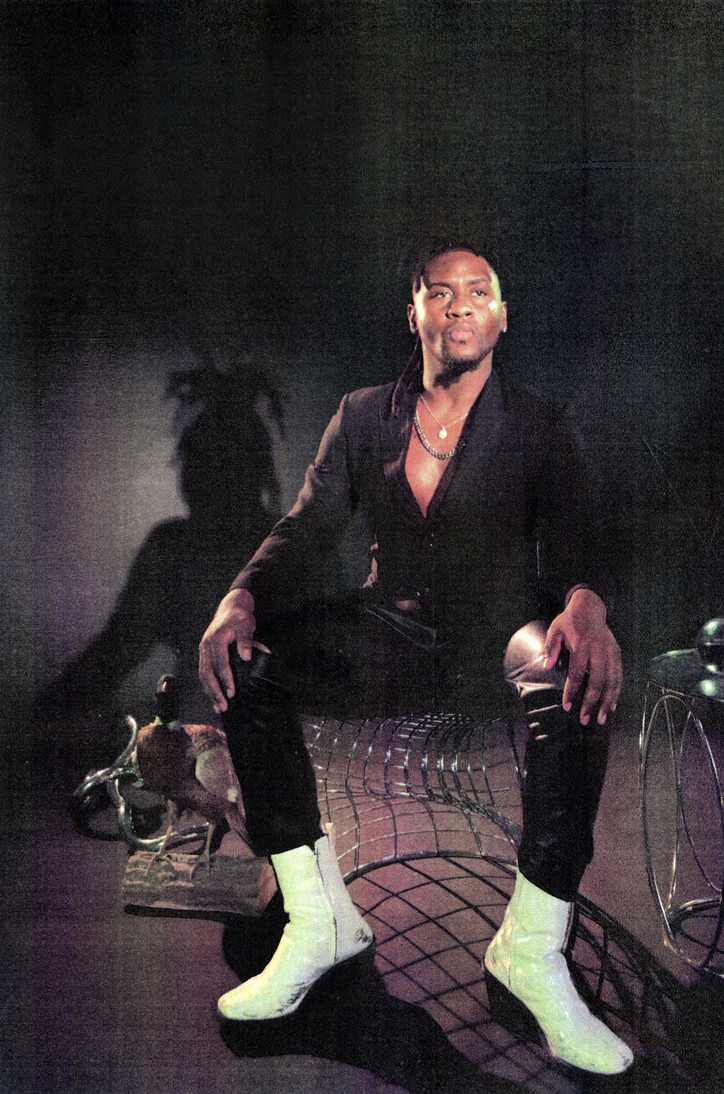
Known for colorful portraits and iconic Halloween shots of singer Chloe Bailey, photographer Edwig Henson steps into the room with passion. He cites himself as his number one push to going through with photography as a career. Taking the leap into this world was no easy feat but Edwig continues to champion Black bodies in his photos while taking inspiration from Dave LaChapelle. Remembering Juneteenth to Edwig is an everyday thing, “This is not Valentine’s Day, this is a day for our people. It's our day. So it has to be important always.”
What do you think about when you hear the term activist?
A leader, an activist is a leader. Someone who's you know, they portray themselves as, like I said, a leader but it's a way that some people don't have the courage to do an activist has a lot of courage. So an activist is a very, and they're very confident in themselves and what they're doing and what they stand for. So just someone who is a leader, a confident leader, if I could say, yeah, basically beautiful.
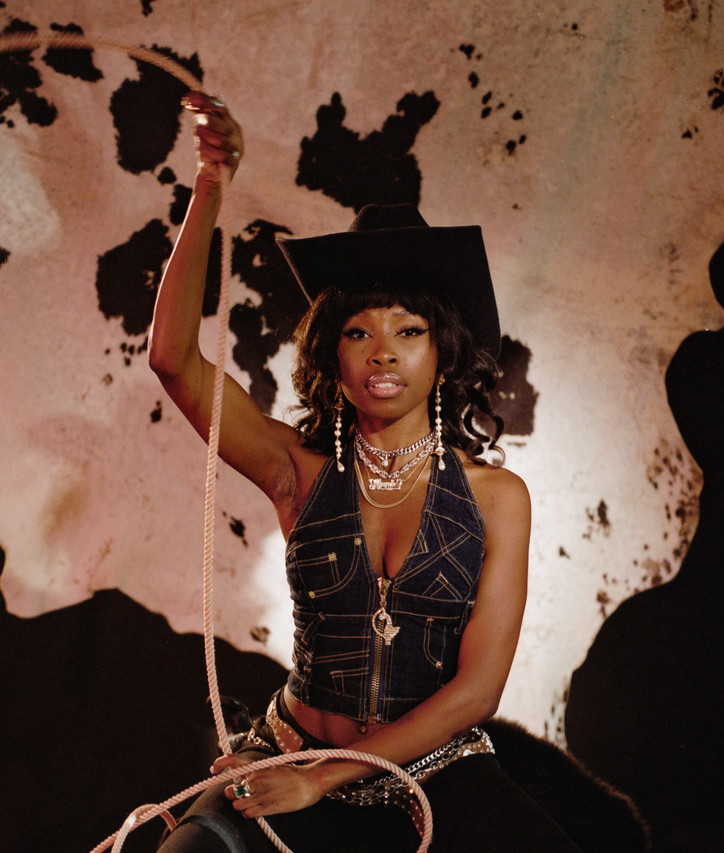
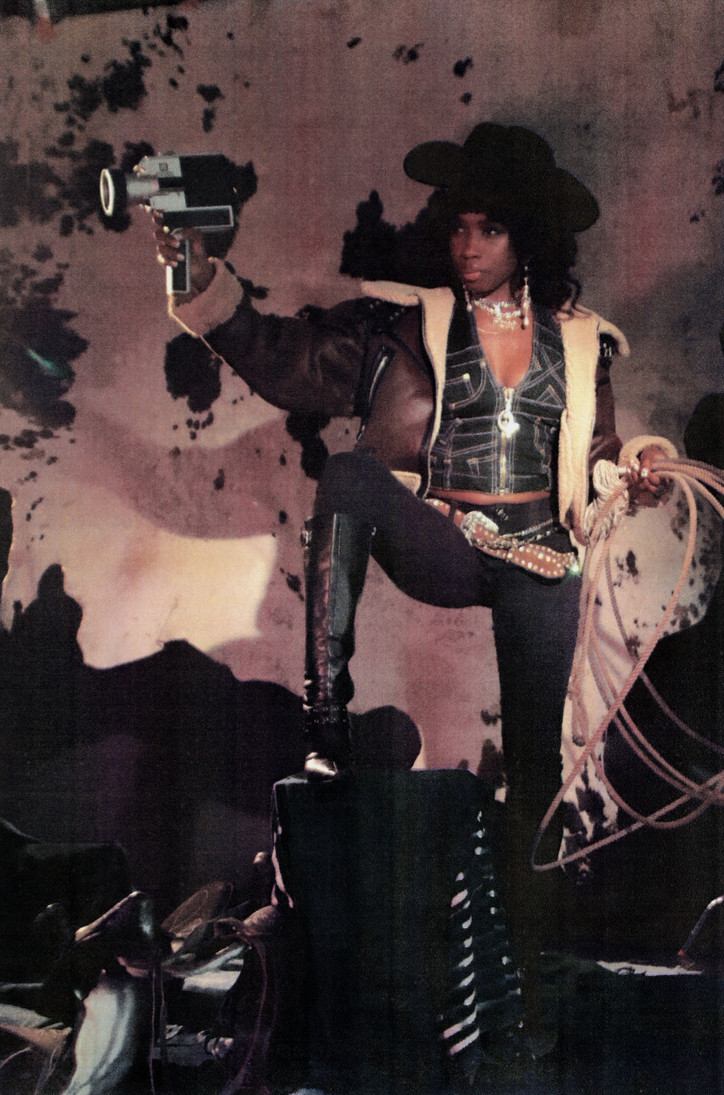
This film director, photographer, and video editor extraordinaire is constantly looking to fulfill her bliss. A proud Gemini and true multi-hyphenate, Annie Bercy is telling stories through her lens — literally and figuratively. Telling Black stories in fantastical ways is what comes naturally to her. She’s been an advocate for more Black women in the room and taking control of their own narratives. Not every Black story has to be the same and Annie shows that through her various works in this industry from working with SZA to commercial work showcasing women of color, dismantling European beauty standards.
How does your identity influence how you create in these spaces?
The last thing that I did for myself was 2019/2020. I wrote and directed a short film entitled “Riley” which premiered on Hulu under a show called Your Attention Please, and a directed/photographed a portrait series on de-stigmatizing black men in durags entitled “Waves. Since then, I've solely worked on client work.
Due to that, I felt like I was starting to burn out. I’ve taken some time off from work and have chosen to slow down with what jobs I take on, but as I am starting to get back into work now, I’ve learned how important it is to continue to create for yourself despite the outside work & opportunities that comes your way.
Working to see your own ideas come to life and for the pure enjoyment of it is what I believe keeps a creative alive and passionate about their craft. I don’t believe a true creative can spend their whole life solely executing other people’s ideas. To have creative agency over your own work while still working within the industry will keep you on your toes, help you better understand who you are as an artist, and motivate you to keep going. Balance is everything.
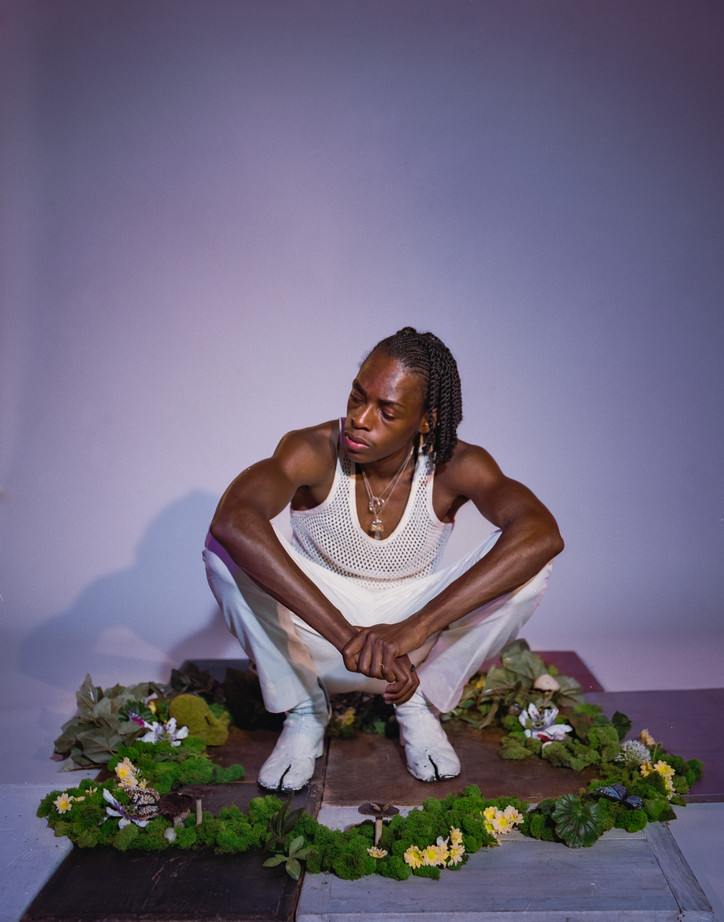
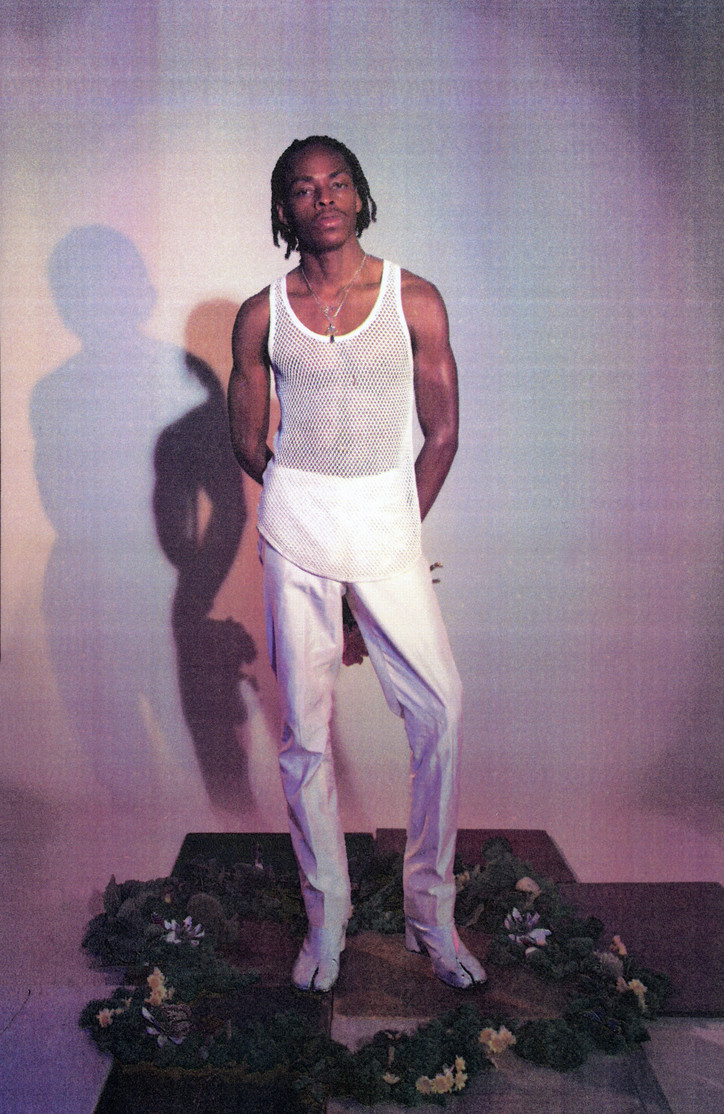
The genesis of Homageyear may have been out of grief but beloved writer Bell Hooks speaks of love still living after death. That is what Antoine Manning is doing, bringing love into his creations, you can tell he loves what he does and isn’t going to stop anytime soon. Rising from this new era of the Black Renaissance, Manning references life as his biggest teacher. And isn’t life beautiful from his view. Starting out by selling streetwear and t-shirts, he evolved his ideas to start his brand with persistence and tenacity like no other.
How does your identity influence how you create in these spaces?
I try to tell stories, but more so from a personal lens of my experiences and the experinces of the people that have been in my life. I try to just capture my experience or the experiences of those who are around me in a way that is very relatable to the viewer. So someone who sees can be like, "Although this isn't my situation, although this isn't something that I can truly understand, it resonates within me, and it feels very familiar to me." So, I would say telling a story of things that are actually recognizeable and understandable in vicarious manner, but not truly fathomable to those who haven't really experienced it but nonetheless, that creates a certain type of empathy to understand and to see although this isn't my reality, is it really is a real thing.
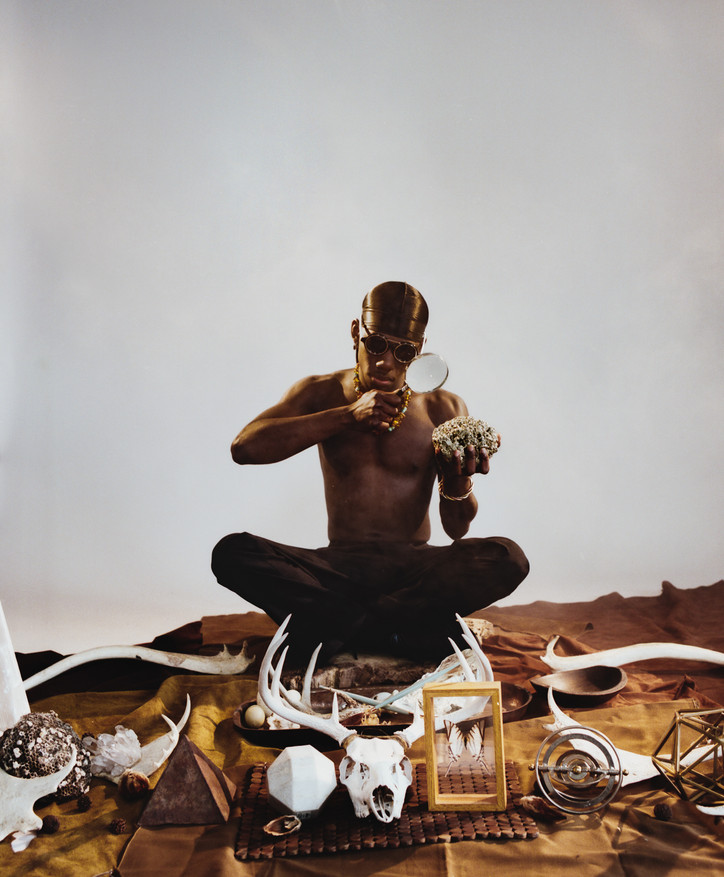
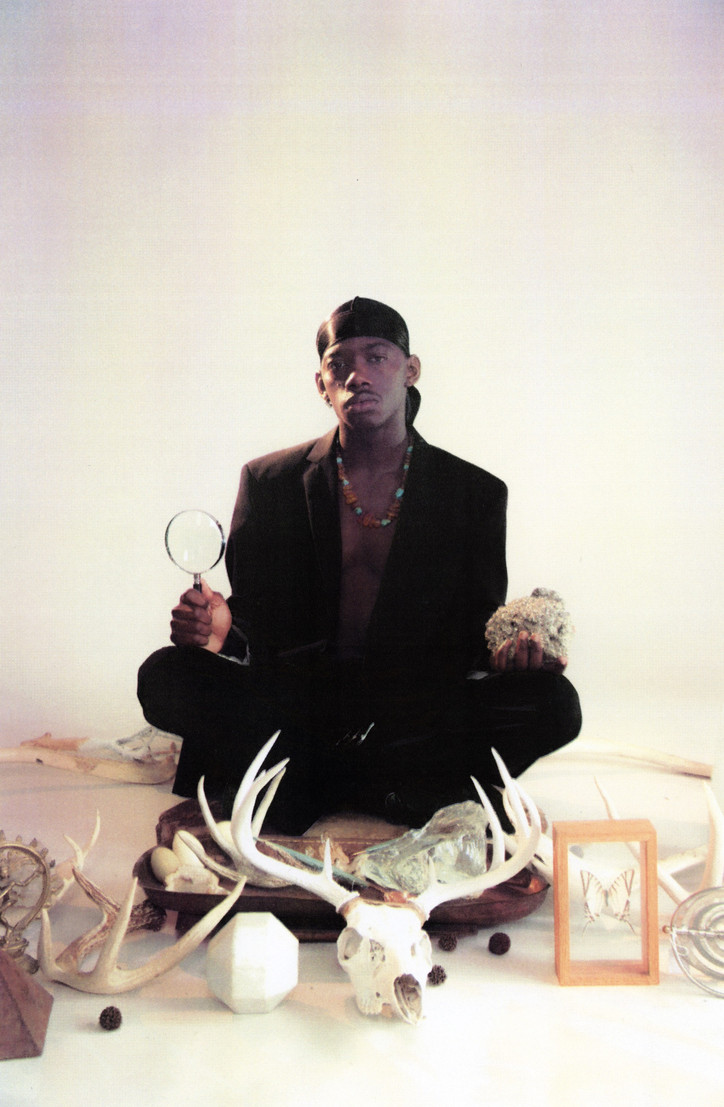
Poet and artist, Keion Kopper is looking to bring nature and technology in harmony with one another. Constantly learning new things, he takes those experiences and crafts them into works of art and poetry. He is from a lineage of poets, he says his mother, father, and grandmother were all poets so it was only natural to continue on that path. Always expanding creatively, Kopper says, “I think the most creative thing a person can ever do is see himself as someone and lay down the bricks and foundation to put in that last stone to become that person.”
What do you think about when you hear the term activist?
Someone fighting for a cause and really just activating other people's spirit within that cause. So someone can be like, “Hey, we should stop eating meat or we need to take care of Earth more.” Some people are born to be activists to activate other people's thought patterns and brainwaves.

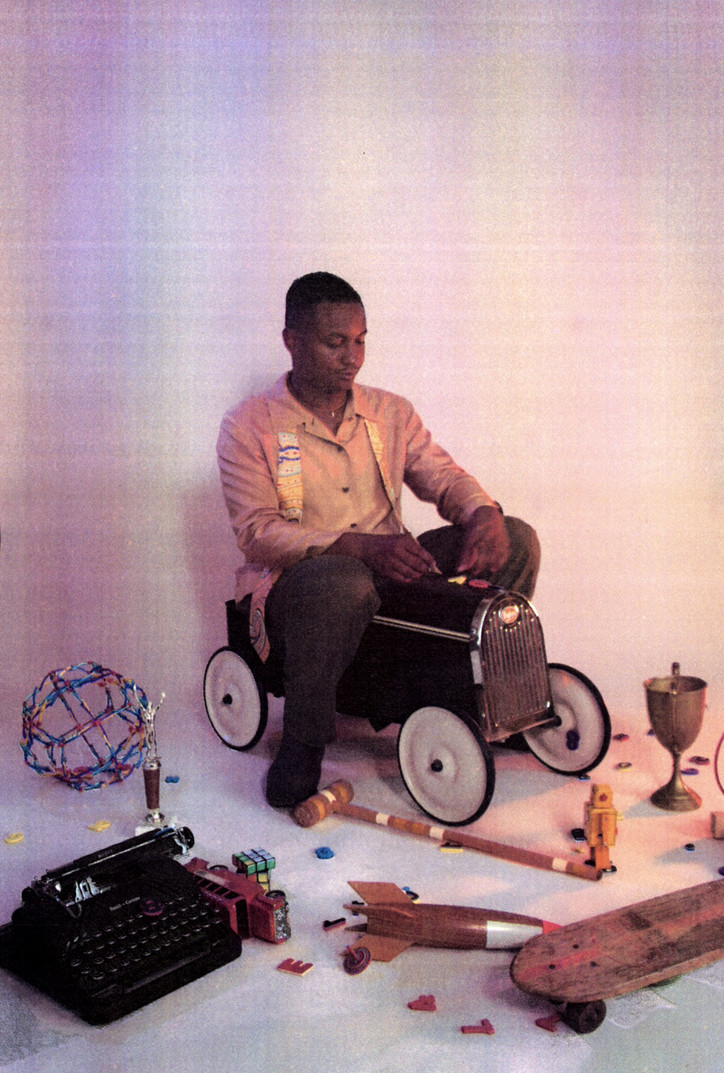
New York City council member Chi Osse is all about community. He specifically works in the 36th district, which is in the neighborhoods of Bed-Stuy and the Northern parts of Crown Heights. At just 24, he’s accomplished so much being Gen Z and actively working in politics on a local level for the betterment of his community as the youngest member in council. His love for Brooklyn is always being shared through his constant presence in community affairs. Affordable housing was one of Osse’s main issues to tackle when he first started his campaign in 2021, working on a local level has been one of the most important paths to impact to Osse.
What advice do you have for someone trying to succeed in your industry with politics?
I think the two biggest pieces of advice I give all the time -- and this isn't necessarily in just politics, but in everything that you do: One is making mistakes. I think we're always or many people are fearful of fucking up or making mistakes, but it's a part of your journey to get to where you need to be. And I have found that the largest lessons and most influential lessons that I've learned in life have come through mistakes. I never want to be a perfect person. I don't think anyone should be striving for perfection. I think we should always just be tweaking and working and learning on how to be the best us that we can be. And that happens through making mistakes. And the second piece of advice I would give is, don't take things or don't take your life too seriously. Don't take things too seriously but do your work seriously. Have fun, you know, I think it’s the best way to maneuver through struggles and obstacles. And anything that comes through your way is through an essence, and not being so rigid and thinking. You have to be willing to think outside the box, I think you're only able to do that when you don't take it for or take things for their face value.
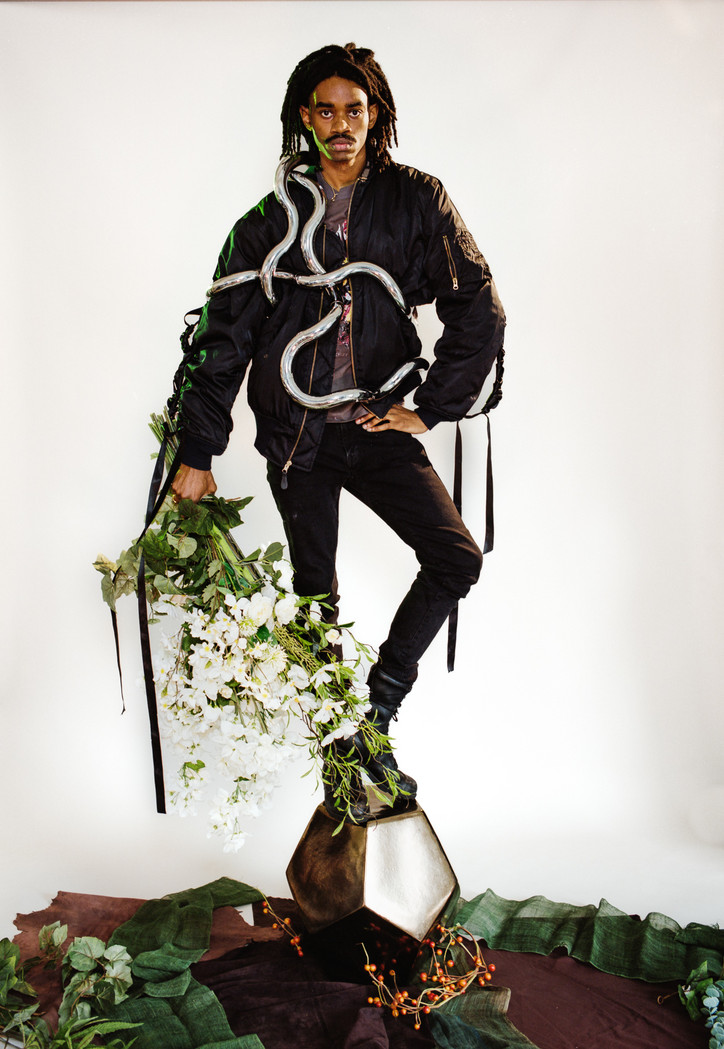
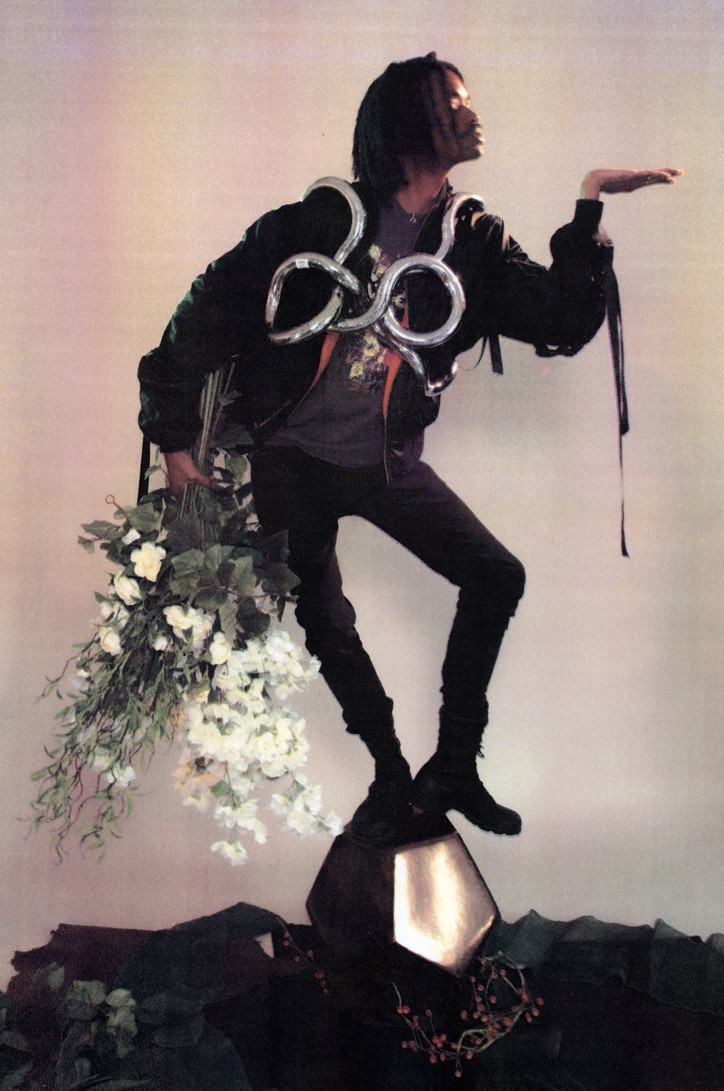
Artist Jameel Mohammed and Penn State graduate built his Afro-futuristic jewelry brand out of wanting to communicate a Black experience and history in the most beautiful way. Out of his dorm room, he was persistently sending his work to Vogue and stylists. Over the one lens of the colonial dismissal and definition of luxury, KHIRY was born. Mohammed cites history, politics, and fashion history as his biggest creative influences for his art. His identity is never disentangled with what he does and neither is his creativity with the need to survive. Creating an experience for Black people that is less characterized as oppressive is the goal for him and his brand.
What is your individual purpose?
In its best pro-social standing, is to leverage the privilege that I've been given. You know, to express the perspective that only my life can give me that will never be repeated. And I feel like it's I have a specific vantage point on the world that is like the sum of all of my experiences, some of which have been advantaging, some of which have been disadvantaging, and so it's my goal to use all of the power that had been given to act on the society and reflect those experiences in a broader world.
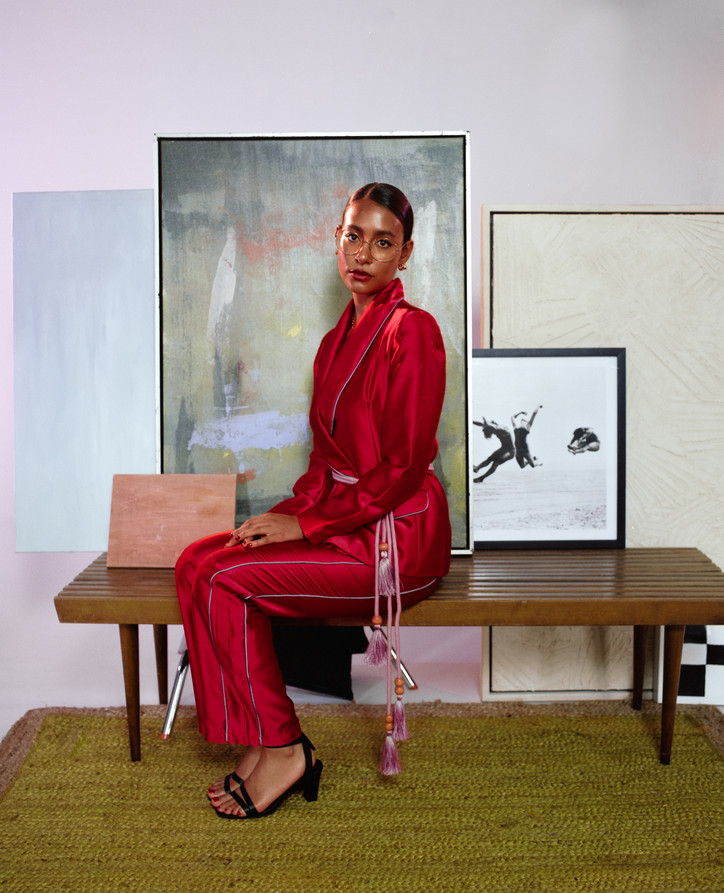
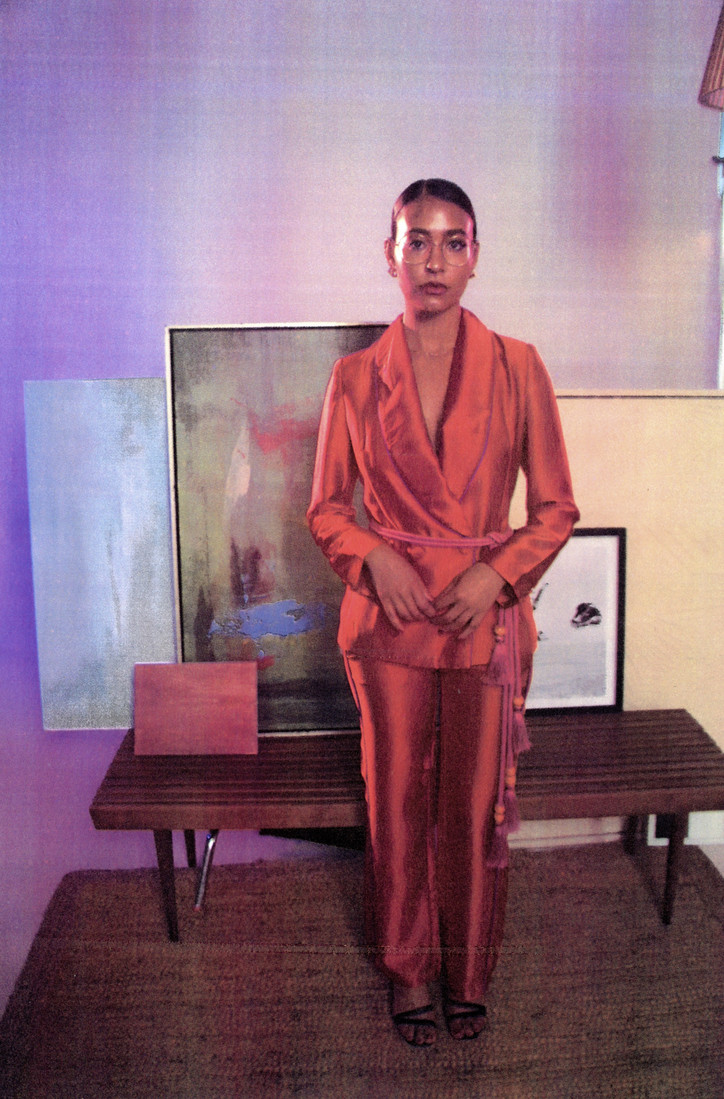
Young and brilliant, Hannah Traore is here to fill a space that was missing in the fine art world. Mostly inaccessible, Traore created a space for Black and POC artists to dream bigger and be represented how they actually want to be represented. Often placed in a box, Black artists’ narratives are misconstrued but Traore is combatting that with her namesake gallery on the Lower East Side. She has one of the most impressive backgrounds having none other than Isolde Brielmaier as her mentor and working at the New Museum as deputy director and curator-at-large at the International Center of Photography. Creating your own lane by doing what you can with the resources you have is the advice that Traore would give to another young person who wants to make an impact in the art world too. “ That can be opening a gallery in your apartment, that can be like doing a pop-up, that can be writing. If we carve out spaces for ourselves, instead of trying to exist within this super white art world that doesn't care about us anyway, then that art world will change.
What do you think about when you hear the term activist?
It's so funny, as you said that I thought of a black woman. Literally, a black woman came into my mind, a specific one, actually, this amazing Trans activist, Qween Jean who is actually a model and quite in a few of the images in my gallery right now. But she is just incredible. She really came up as an organizer during the pandemic. But she stands for sex workers for the trans community, she's really this beacon of hope. Anyways, I thought of her. But it also is interesting, because I think that Black women generally, since the beginning of time, have been at the forefront of activism and put themselves in harm's way to do so. And so it makes sense that I thought of a Black woman.
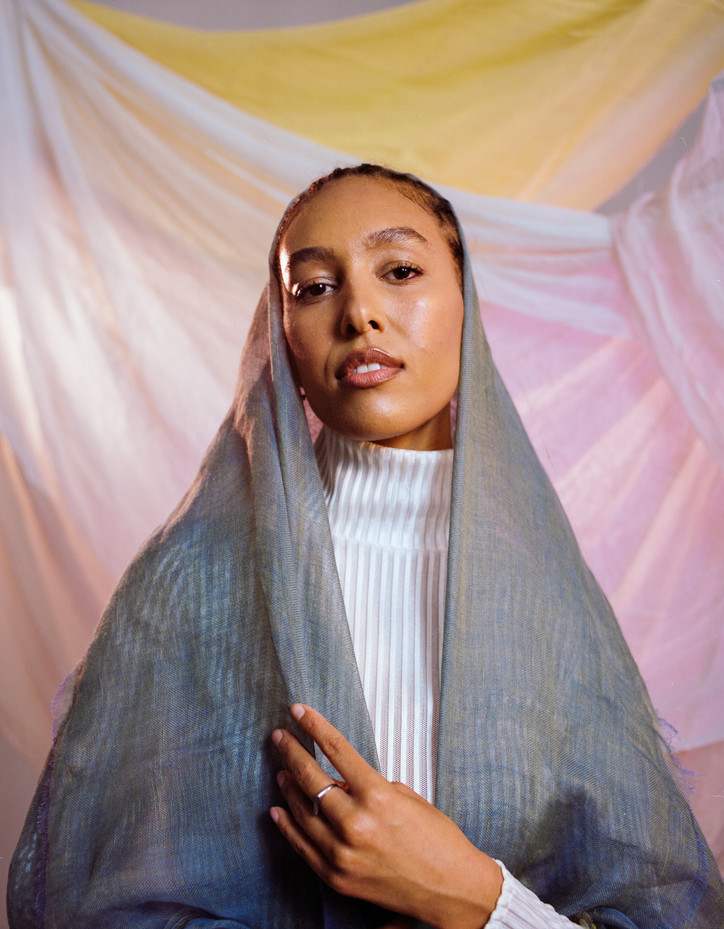
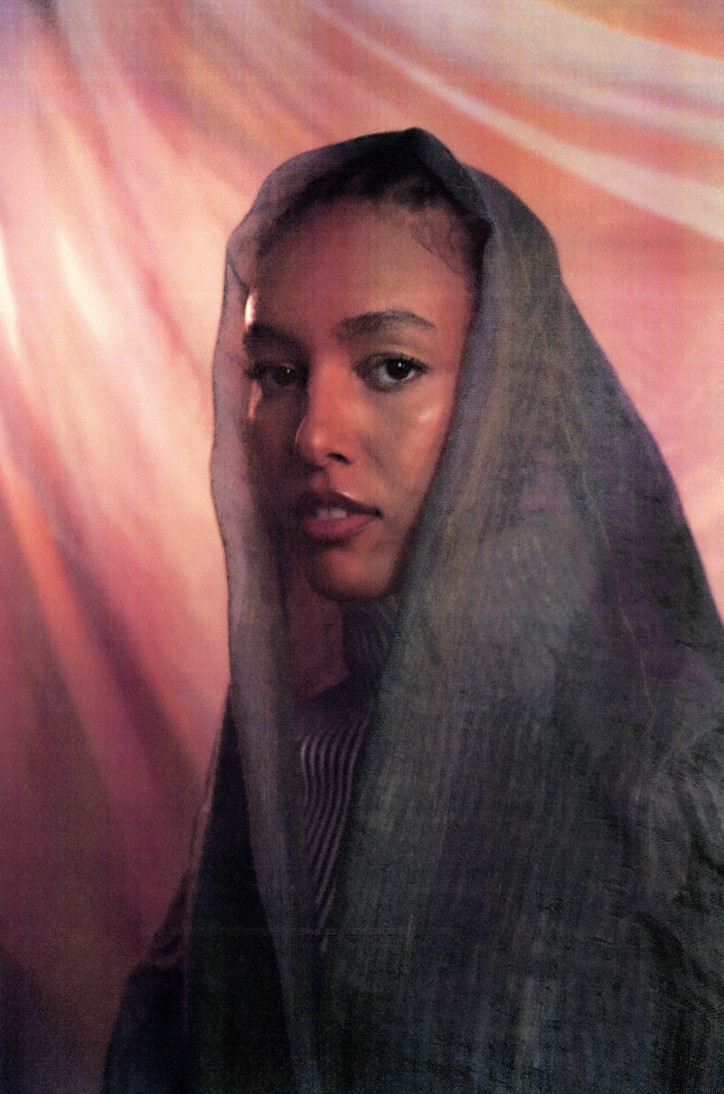
Amplifying voices that haven’t been heard is the business that Akili King is in. Through her series Texture Diaries, a safe space for Black women to tell their journey with their hair, King is redefining what is beautiful. European beauty standards have lived on for far too long creating deeply set insecurities in Black women that aren’t necessary. Through this series, she’s opening up the floor for Black women to finally authentically express themselves. The Vogue alumni, is as mother nature to earth, a nurturer. For so long, Black women lacked nurturing in their lives often the caretakers, King exposes the softness and vulnerability that Black women so badly want to feel and show.
What is your definition of intersectional activism and what does that mean to you?
I think it's the ability to see activism as not in the non-traditional sense because I think a lot of people only see it as marching or protesting, or being in the streets as they call it. But I think that it's about being open to other forms of how you can push the envelope in the different spaces or the different gifts you've been given. For some reason, Misty Copeland came to mind. She is one of the first principal dancers who is a black woman and who has a different body type than most ballerinas. But she created space for so many to come after her. And now we see more and more popping up. And of course, there were people before her like Alvin Ailey, and whatnot, but for some reason, she came to mind, because that's a non-traditional form of activism. You think of a ballet dancer, you don't think of them as like, fighting for our rights, but you can do that within the space. You know, given what your gift is, and you can fight and lift your voice, use your talent to push the envelope to make a case for, you know, it's not just this body type, it's not just this type of beauty or this type of whatever, whatever it is, and show that it can be done in several ways and that there's space for everybody to thrive. Yeah. And I think that that's what activism is, right? Even the civil rights movement was about that, like saying, we deserve rights too. And I think that can be applied to so many different mediums. So I think one layer of it is about being open to activism, being nontraditional, but then also recognizing that you're not only fighting for yourself, but you're fighting for other people that might be marginalized.
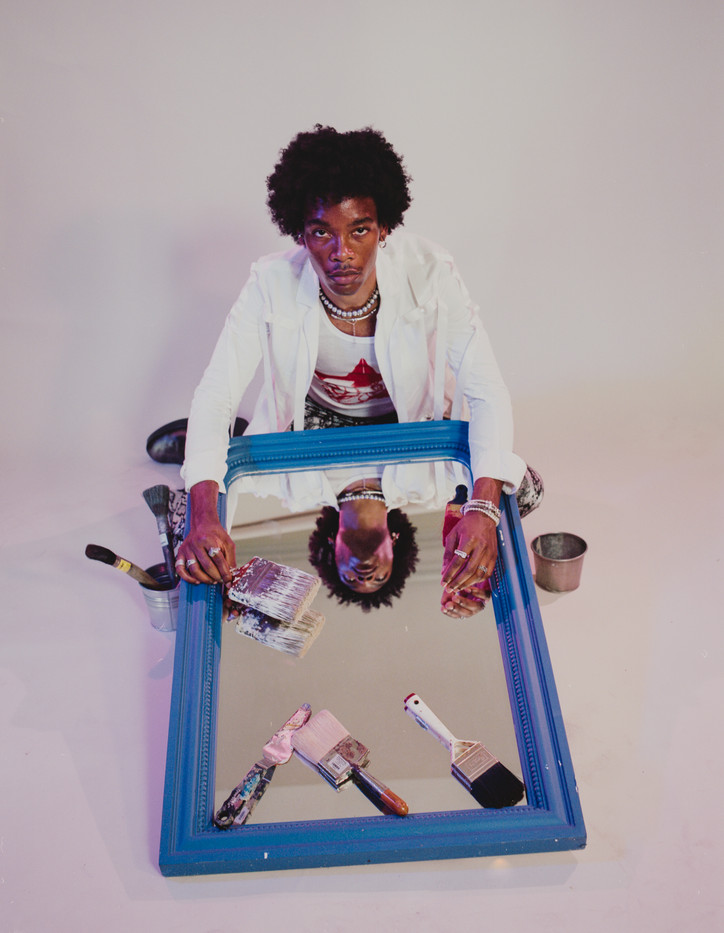
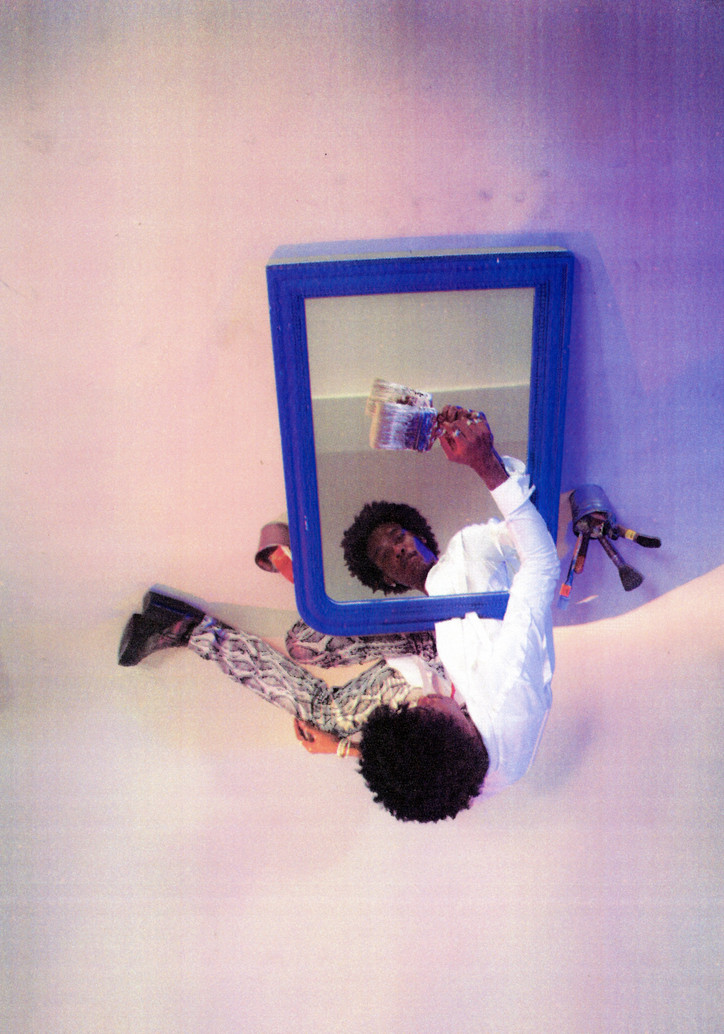
Artist Rahm has been creating drawings since he was a child. Their identity as a Black queer person is evident in their work but not to the extent that you’d think. “So my identity is very layered, so I like to implement those ideas like little easter eggs, if you will, so that people can see little things that may spark some further dialogue. So, it's not always me just focusing on being queer. I'm always gonna be black, I can't change that. But sometimes I like to throw in other things, because I'm so much more interested in the combination of them all together and how they kind of create a bigger narrative.” Creating their works is a process of detail and very real reflections of their life and their surroundings.
What do you want to see change in your respective industry?
I want to see more black people, of course, definitely more black people and in all roles. I'm excited because I see it happening but, I'm really excited to see it more on a global scale and in more numbers, and in places you wouldn't expect. I feel like right now there's a renaissance happening and there's like so many black creatives coming together and we're doing our own thing, or like we're starting new things, but I feel like there's that “Oh, coin” that “Oh, money” that needs to be there-- that needs more black people in those spaces as well. Just so that it's an even distribution. And also just not one type of black person either. There needs to be representation of everyone so that you walk into a space you can feel comfortable. You just feel a part of a larger community and there's not just like one black person advocating for the whole community because that just doesn't make any sense.
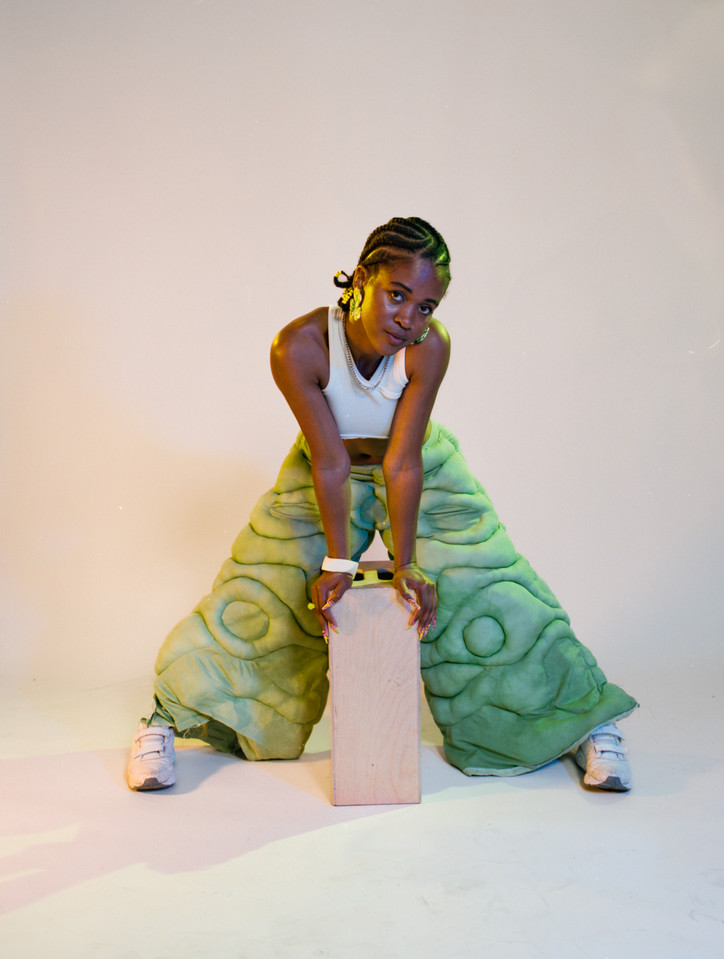
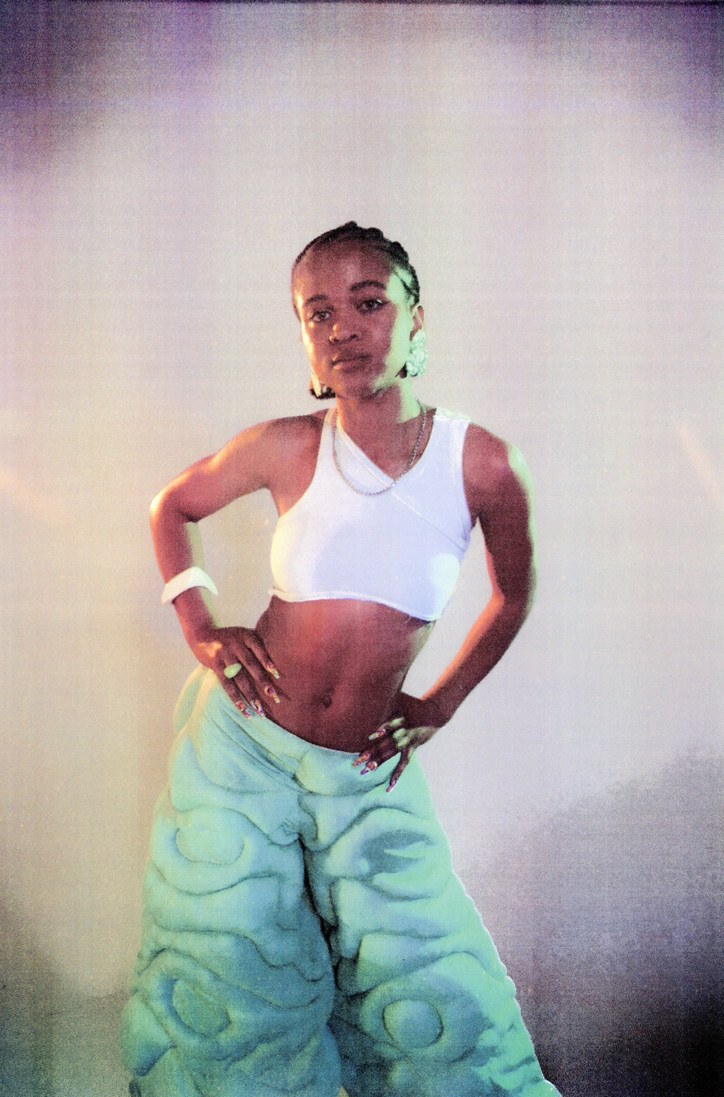
Gucci changemaker, multi-disciplinary artist, and now a permanent Smithsonian contributor, Yetunde Sapp is one to continue watching. As someone who is well aware of the experiences of Black women, Sapp created murals of those experiences and left them all around the D.C. area in 2020 during the Black Lives Matter protests and now one is in the Smithsonian. She’s constantly pushing the narratives of Black voices in the most authentic ways to her. These pieces that she creates are looked at with familiarity and warmth when seen. There’s truly only one direction for Sapp to go and that is up.
How do you push toward the concept of creative agency?
I'm passionate about creating spaces. I think often I've been in spaces that were not built with me in mind in the first place- and it is not in my interest to waste my energy trying to prove that I belong somewhere- I would rather spend that time and energy thinking of creative solutions where my thoughts and ideas would be considered. I think this year I began this journey pushing toward creative agency by making the decision to begin SLACHOUZ. During the pandemic, I started an art collective house (SLACHOUZ) comprised fully of women of color. In doing so we have done workshops, and community events, and collaborated- creating art- it has allowed me to consider what my creative skills are and how I can use them to support myself and those around me, giving me the freedom to lean on my art to dream bigger. I think leaving room for things to happen has proven to allow beautiful things to flourish.
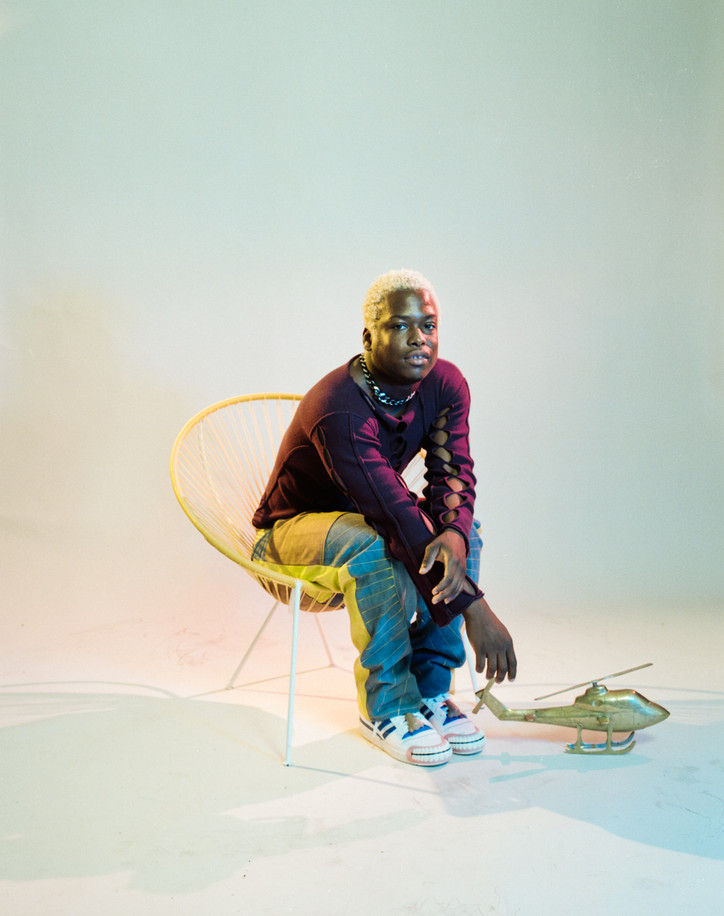
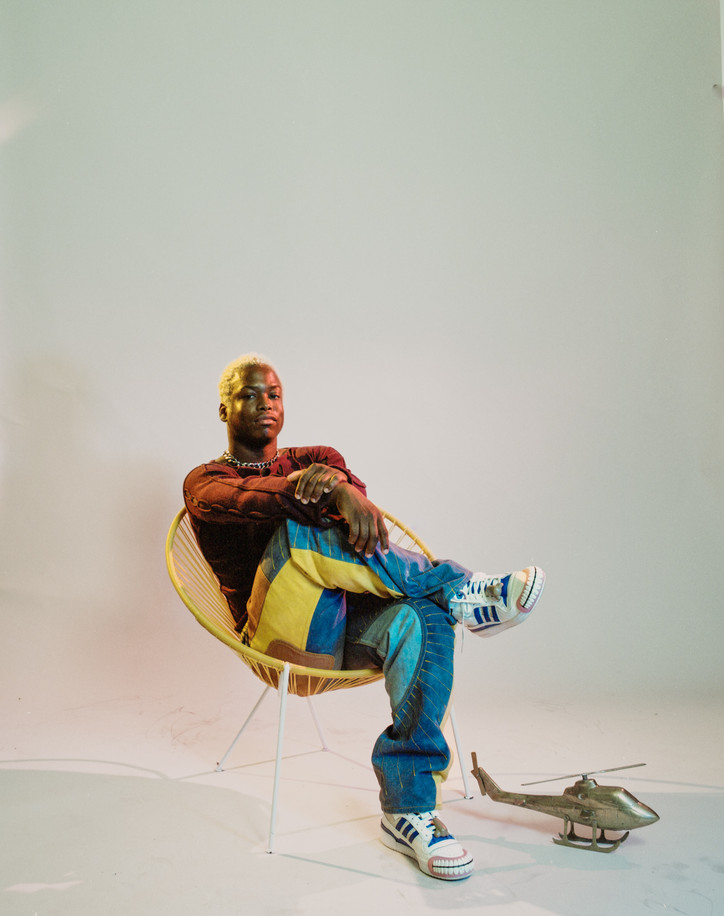
Haitian multidisciplinary artist, Daveed Baptiste uses the Caribbean diaspora as his muse. AQs an immigrant it’s so interesting to see America from his different perspectives through his art. From fashion design to photography his identity is placed front and center in his work. Intersectionality to Daveed is “being everything all at once, and everything in between all at once.” Not only an immigrant to this country but also a Black queer person, Daveed meets at many intersections and is consistently vocal in standing for those who do too.
How do you push toward the concept of creative agency?
I think in many ways, it starts with yourself to have that kind of agency. Agency is having the power to really take space and advocate for yourself. And it's hard to do that when you don't know where you're coming from as a creative. Oftentimes artists feel like they're a work in progress, we feel like we're constantly an unfinished piece. And that work keeps adding on. But I think the more certain and defined you are, it's easier to have that agency, it's easier to come into a room and be a boss. Meaning like, here's my vision and this is it, like, we could work around it, we could add on to it, but you, you're certain about what you're giving. And so I think that's how to push towards it by really, really understanding what you're trying to do and coming with a strict point of view. And I could say that from working corporate and working creatively outside of corporate, and my own work. It comes back down to the individual and what are you trying to say, because that can't really be challenged. It can, but when you know it, you know it so it belongs to you, it's yours.
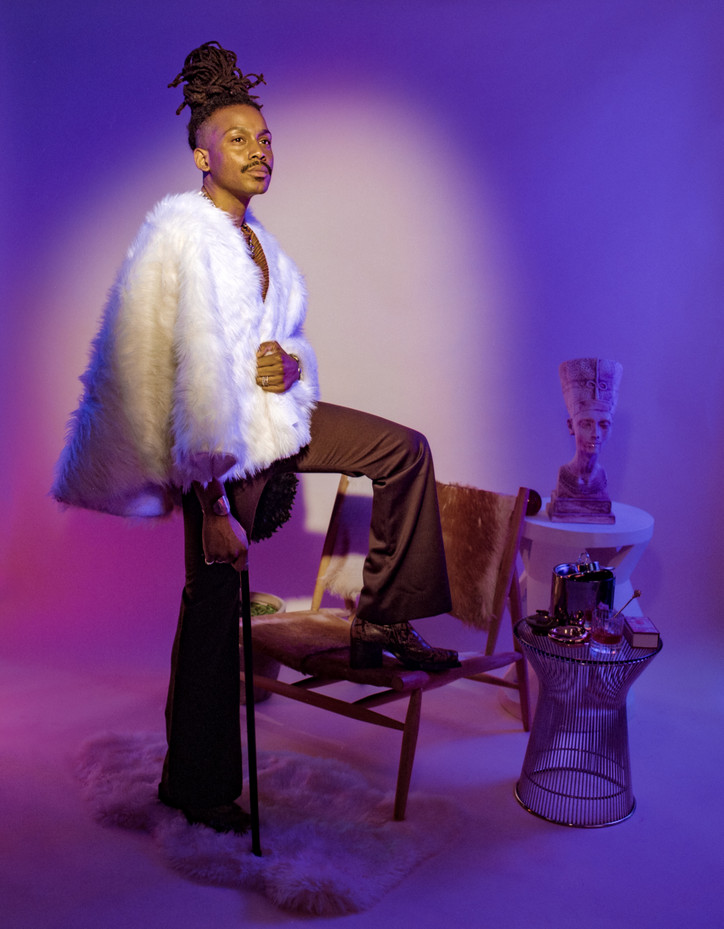
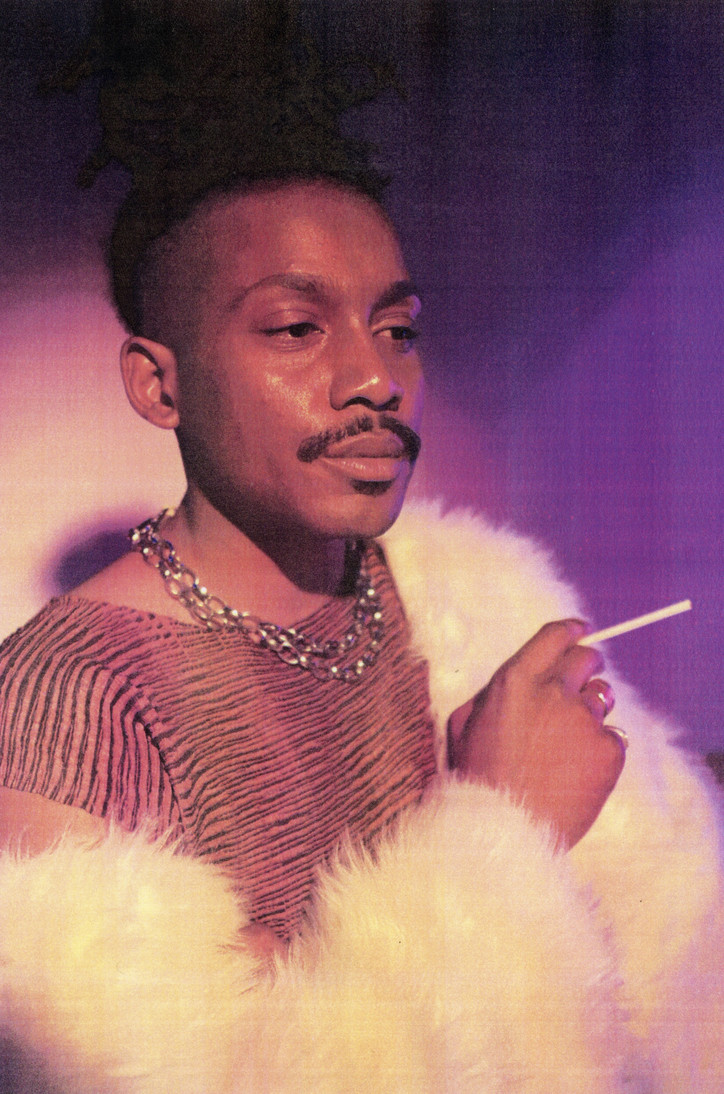
New-York based artist, curator, and district leader, Jonathan Gardenhire is here to say that Black people and women are the future of the art world — he isn’t wrong. In 2020, Gardenhire wrote a manifesto of the future he saw for Black people. He writes, “Perhaps there is not a future in the way the future has existed in the past.” His works are true reflections of a Black future and untainted Black experiences. He’s dedicated years in the fine arts world studying Black woman artists and uplifting them as a true visionary and innovator with the intention to serve and amplify Black voices.
What is your definition of intersectional activism and what does it mean to you?
Intersectional activism is the understanding of one’s— and other’s— true self. It’s acknowledging that someone’s race, gender, class, sexual orientation, and any other box they may or may not check off creates an individual view of the world. Activism exists in so many ways and I truly believe that it starts with how we show up and stand up every day to adversity in the world.
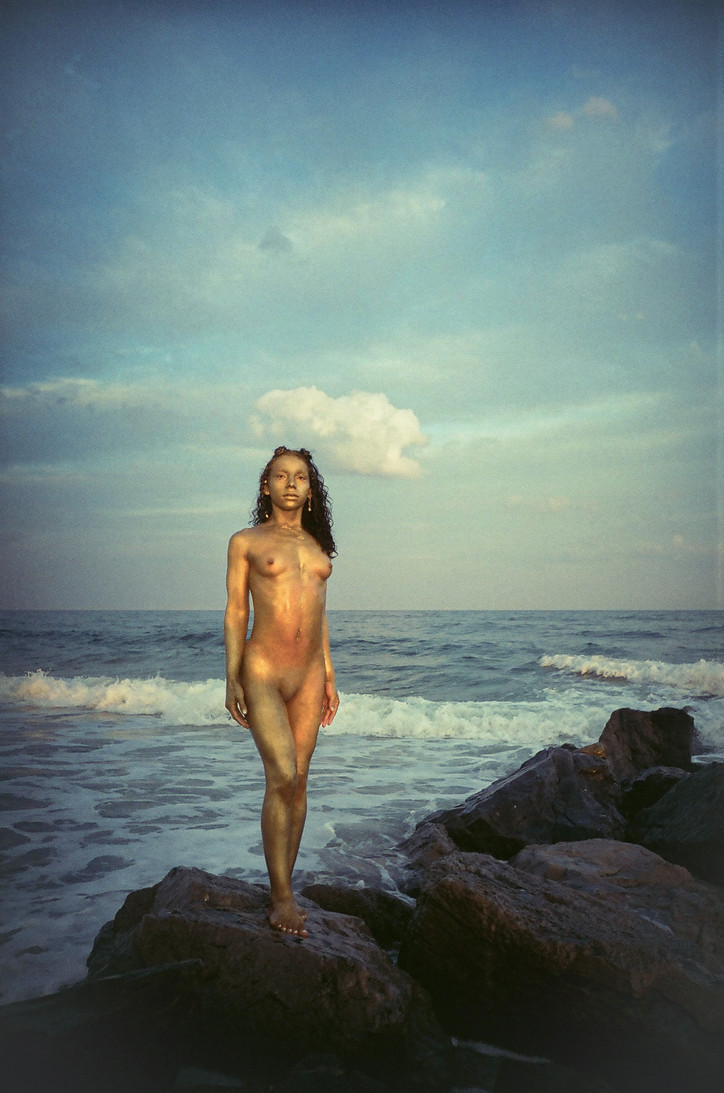
Actress and art filmmaker Yasha is here to open up lanes for all Black trans femmes. Growing up in the theatre and appreciating the brief moments that performance gave her inspired her to keep going. She moved on to on-screen acting to immortalize those brief and at times exhilarating moments —- “It’s the only way a girl like me lives forever.” One piece of advice the actress has for those like her who want to perform is to focus less on trying to succeed and focus more on expressing yourself.
What is your definition of intersectional activism and What does it mean to you?
There’s an inherent boundlessness to my existence. I carry the depth of blackness in my bones and have spent my life dancing around the binary toward the divine feminine. Intersectional means a point at which many things meet. I am at that point. My work is a reflection of that. You can call it activism, but for me, it’s just telling my story.
